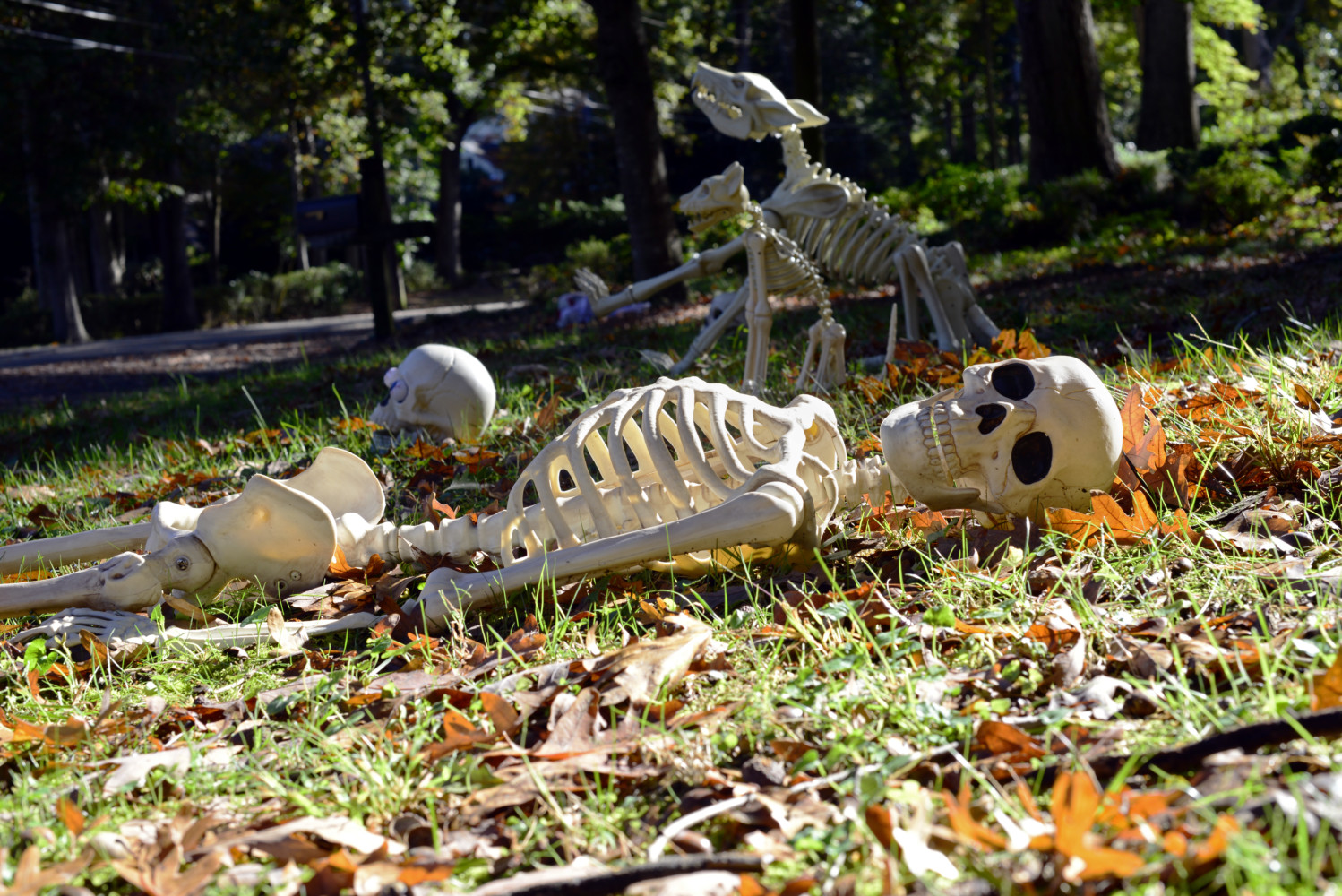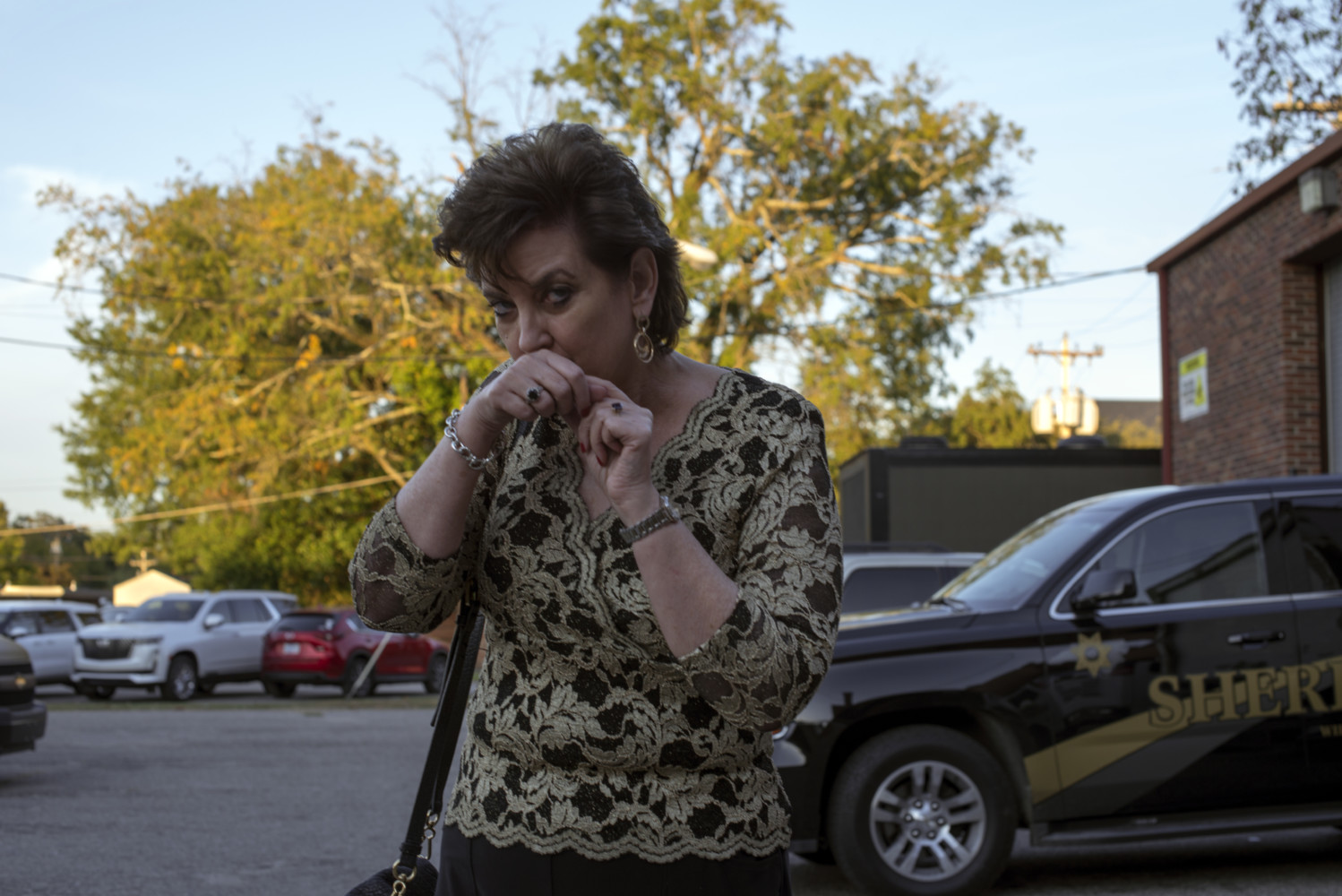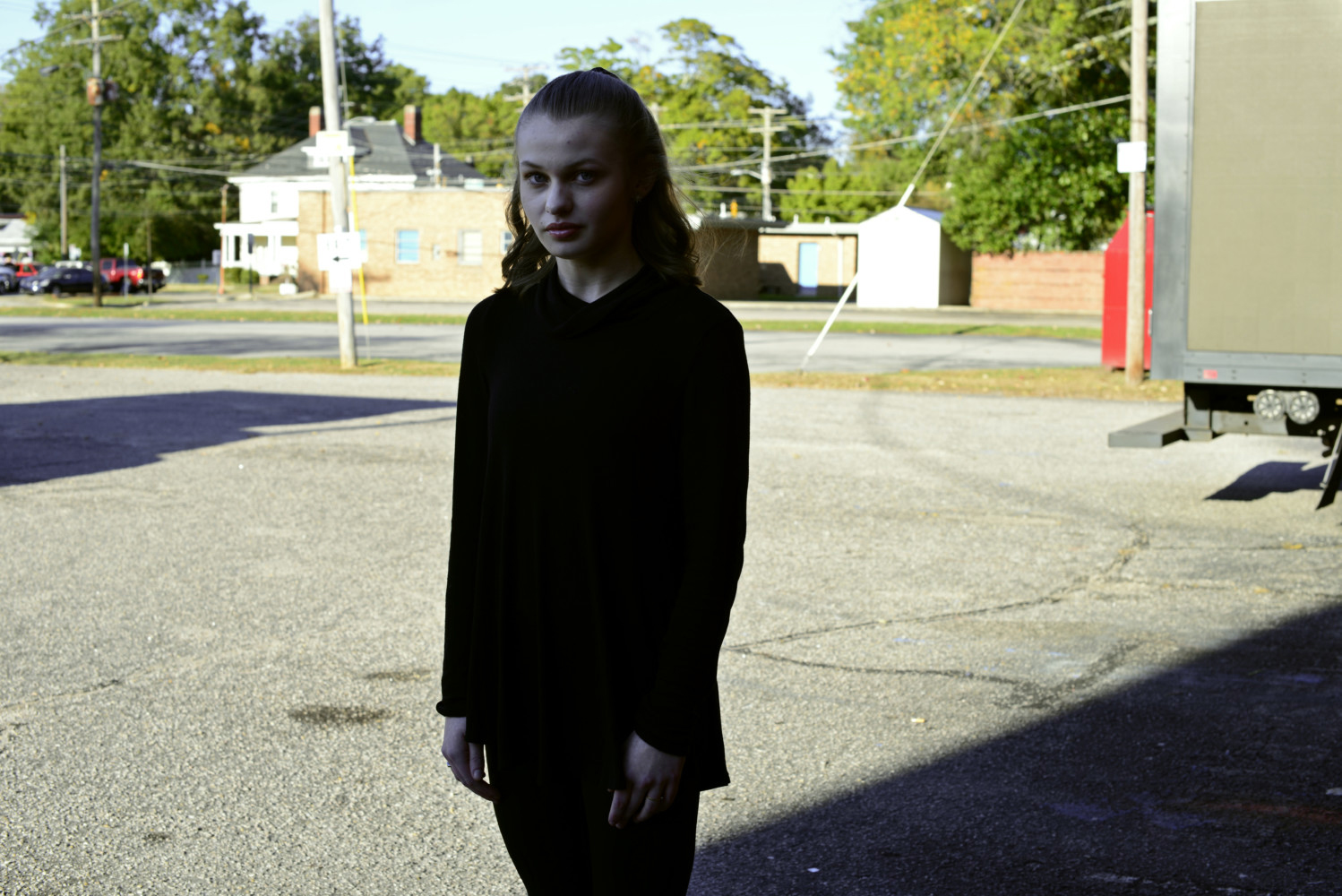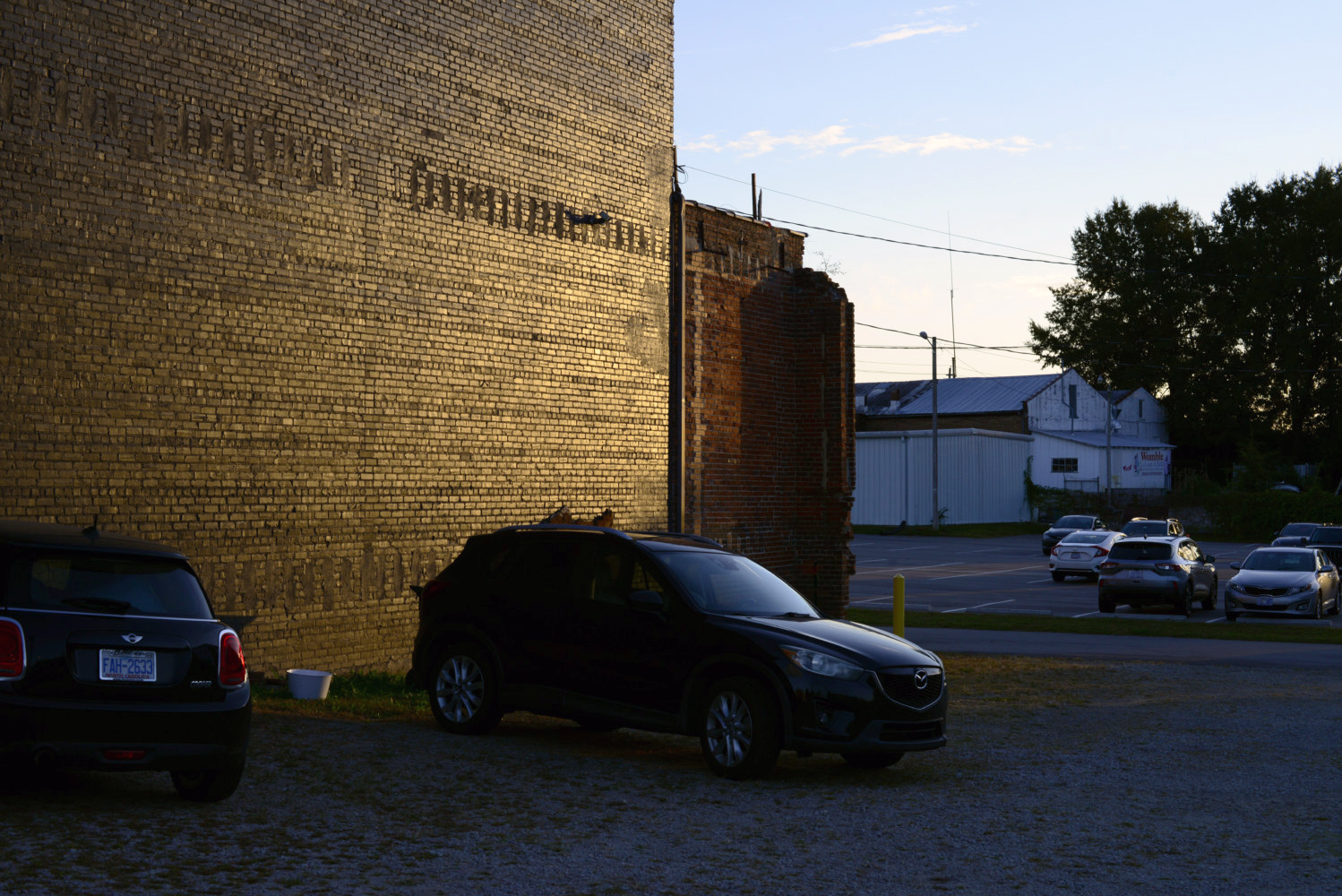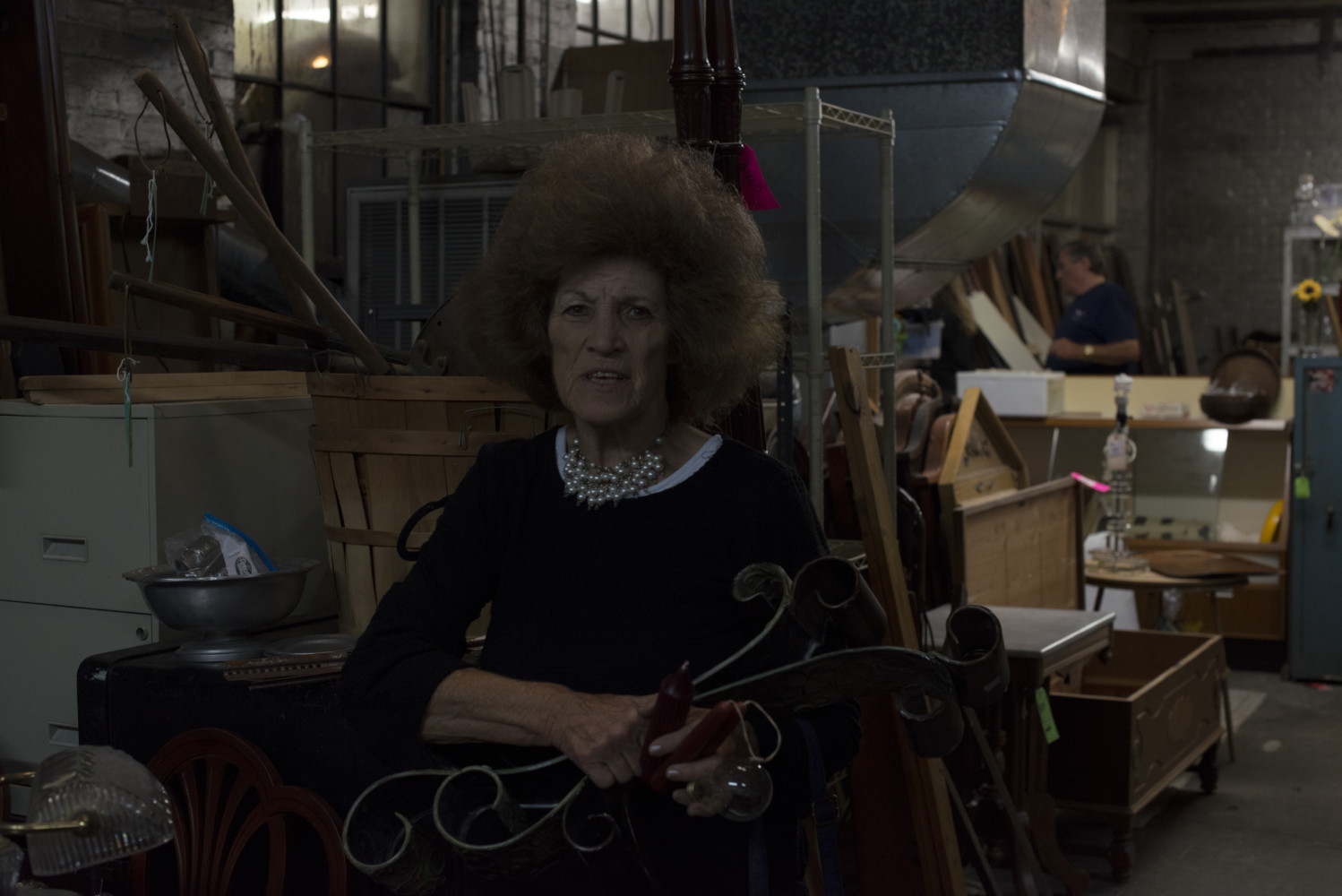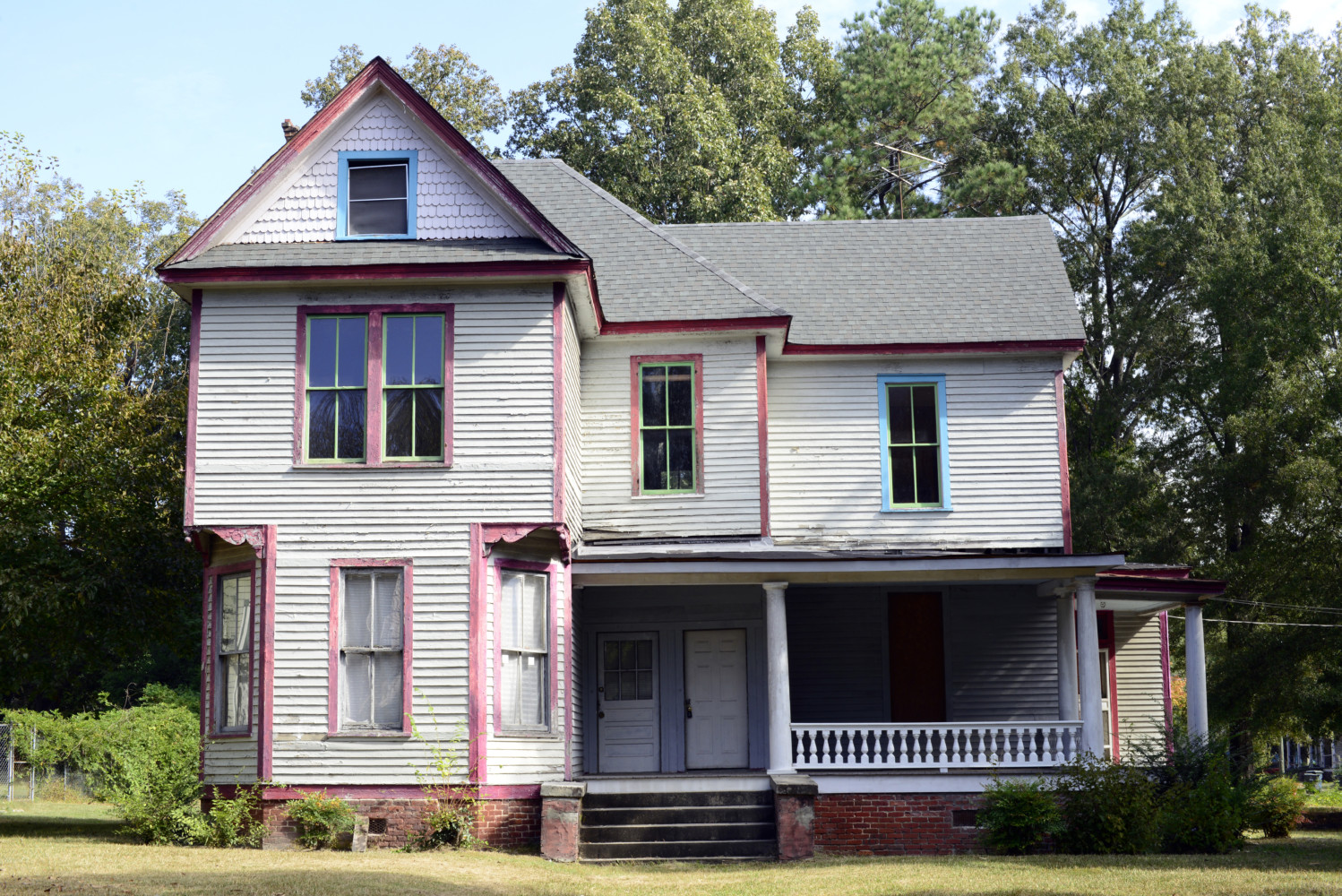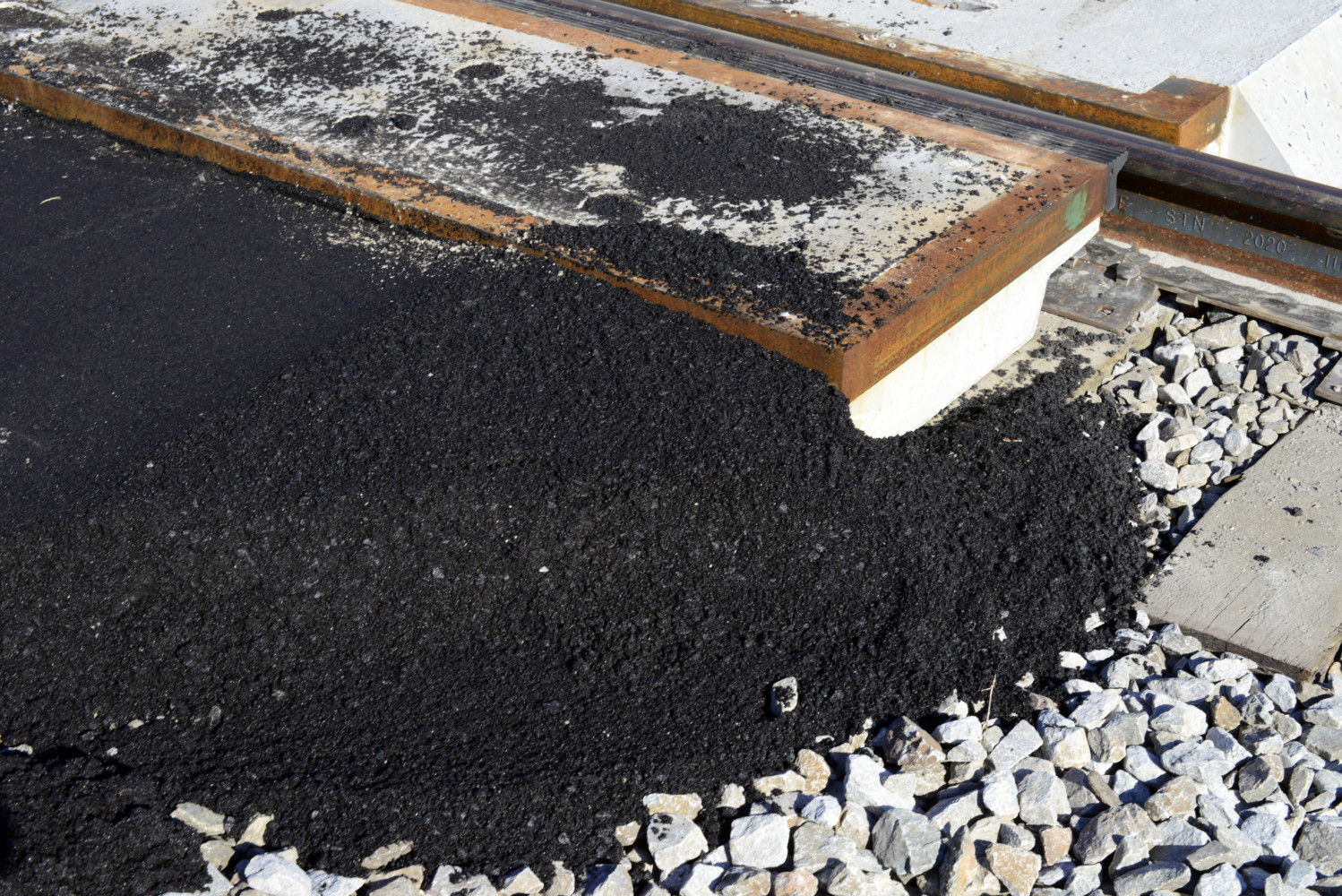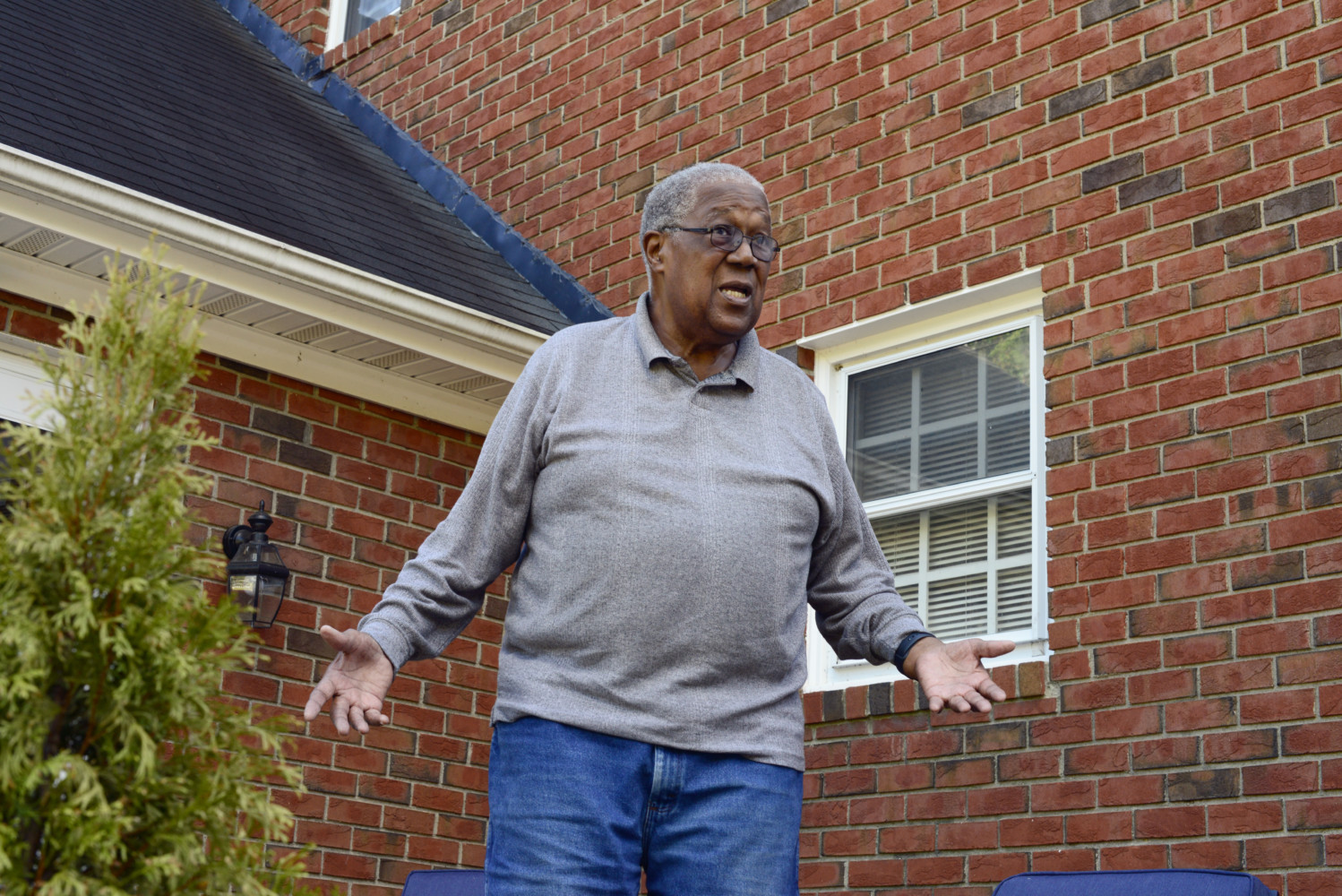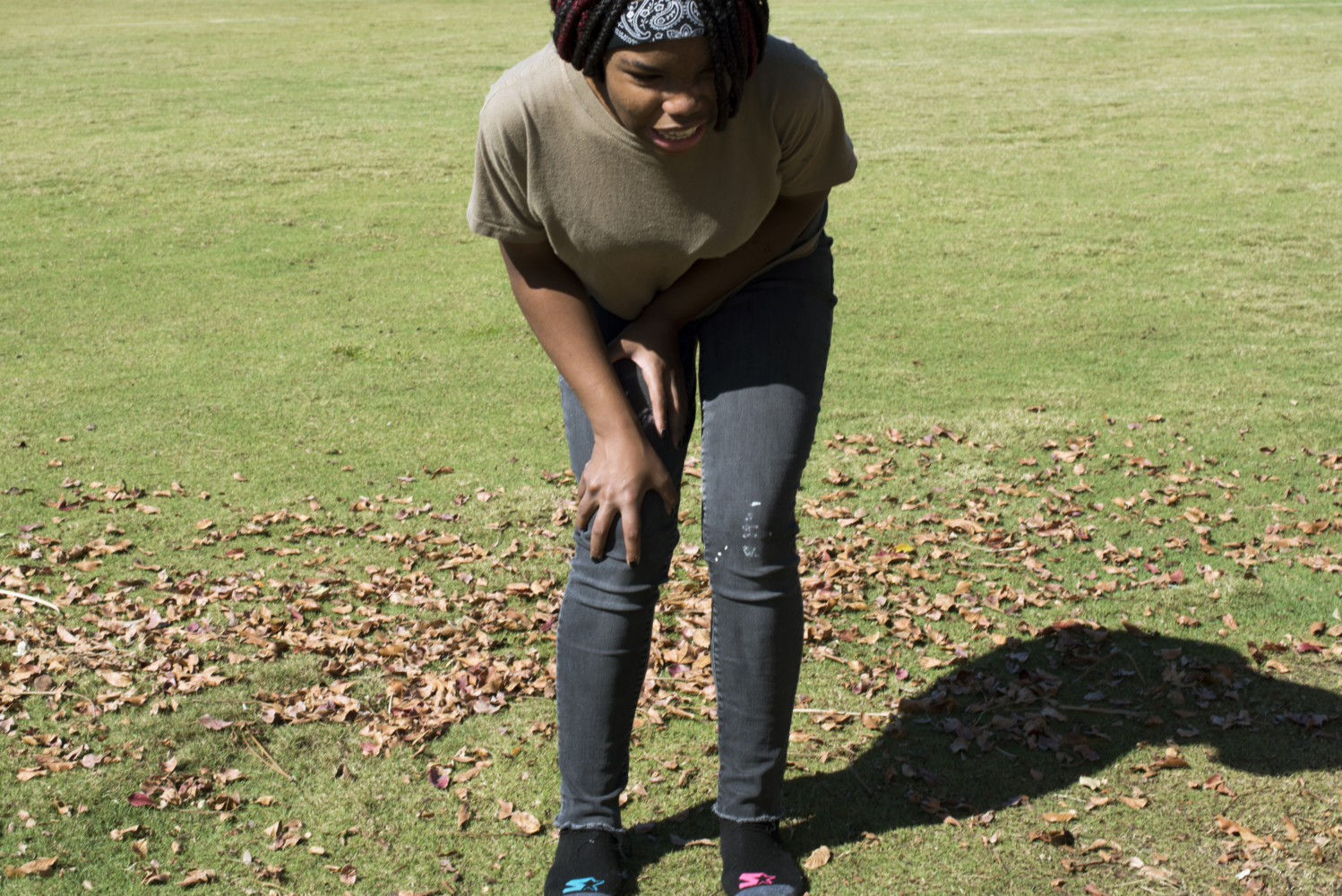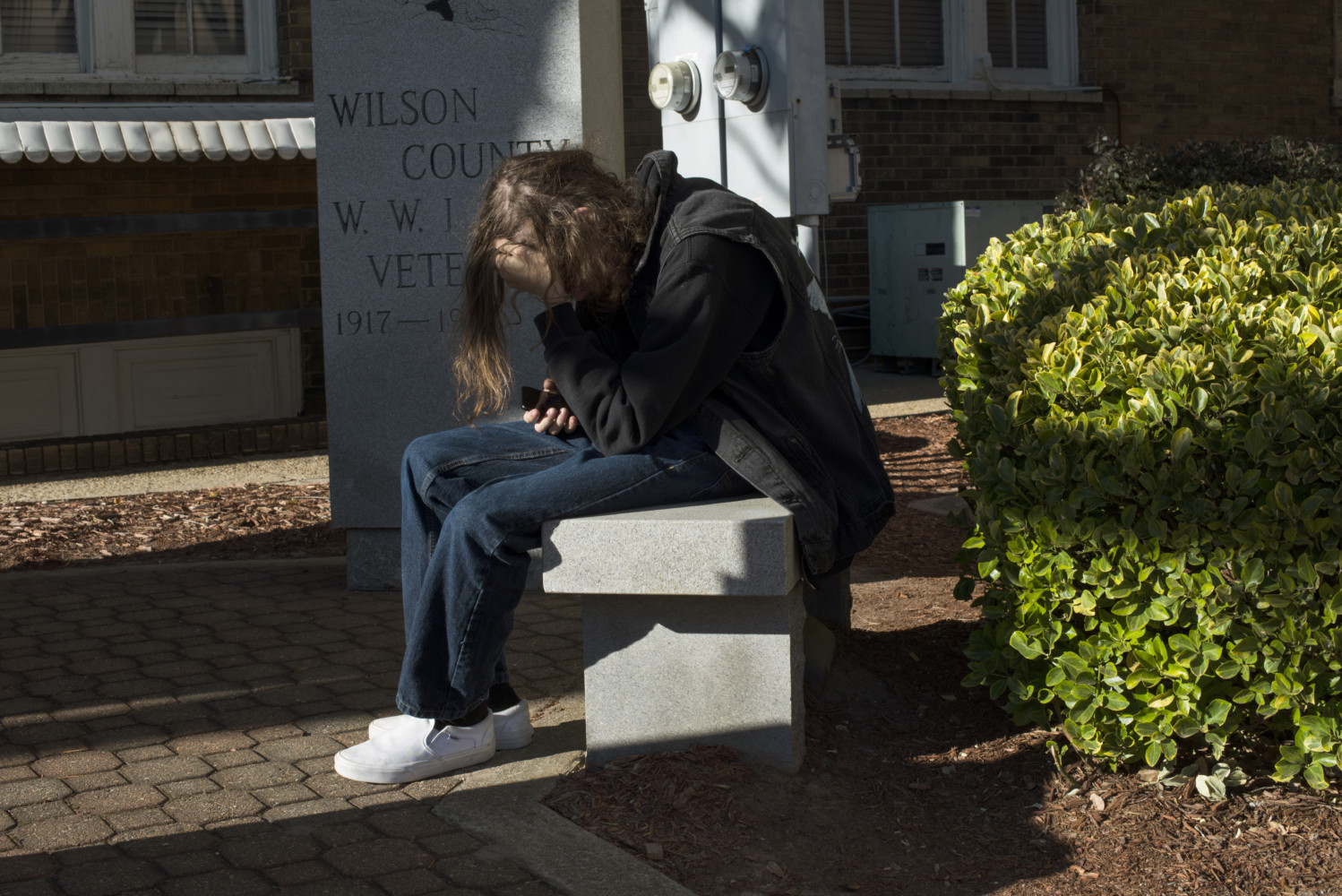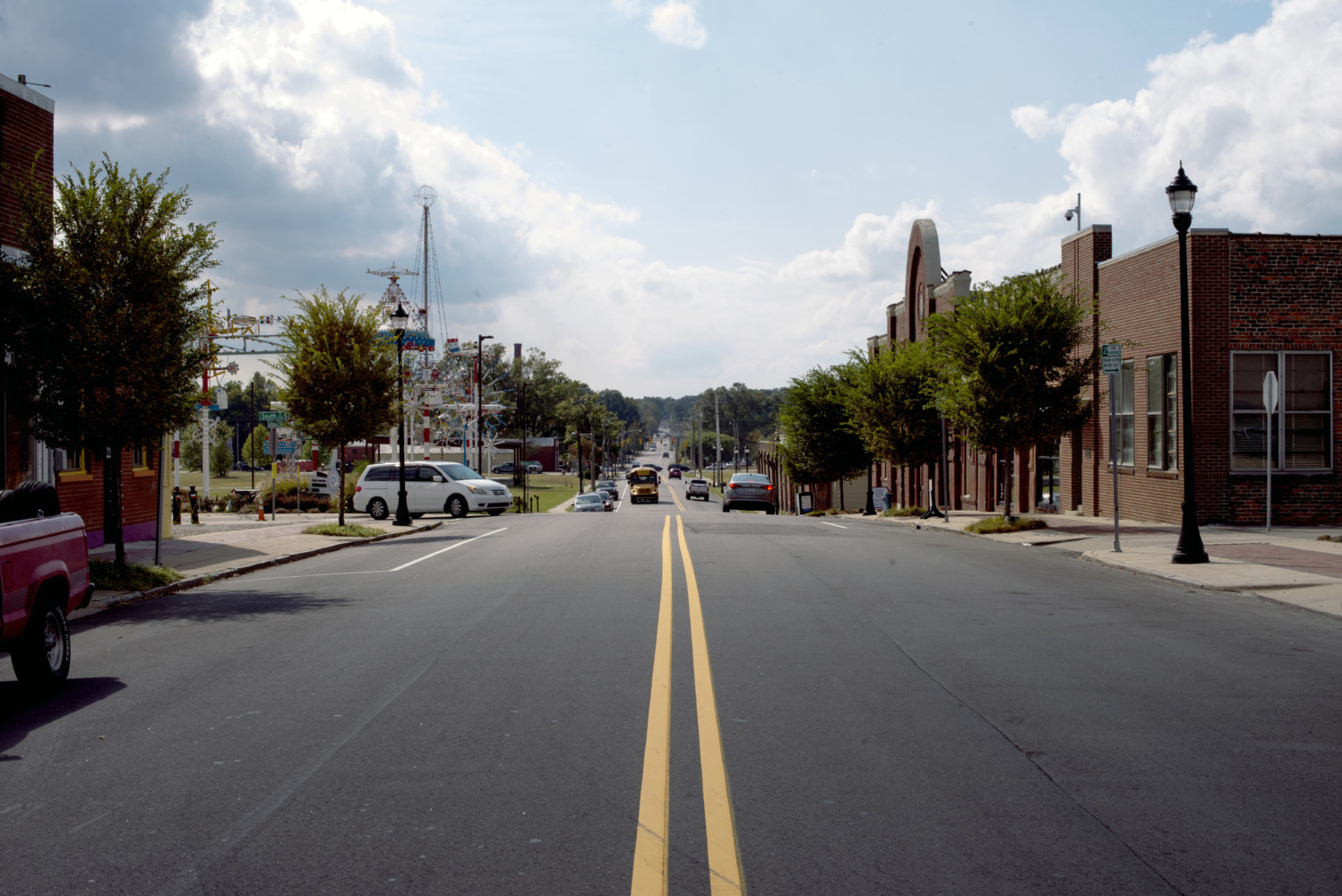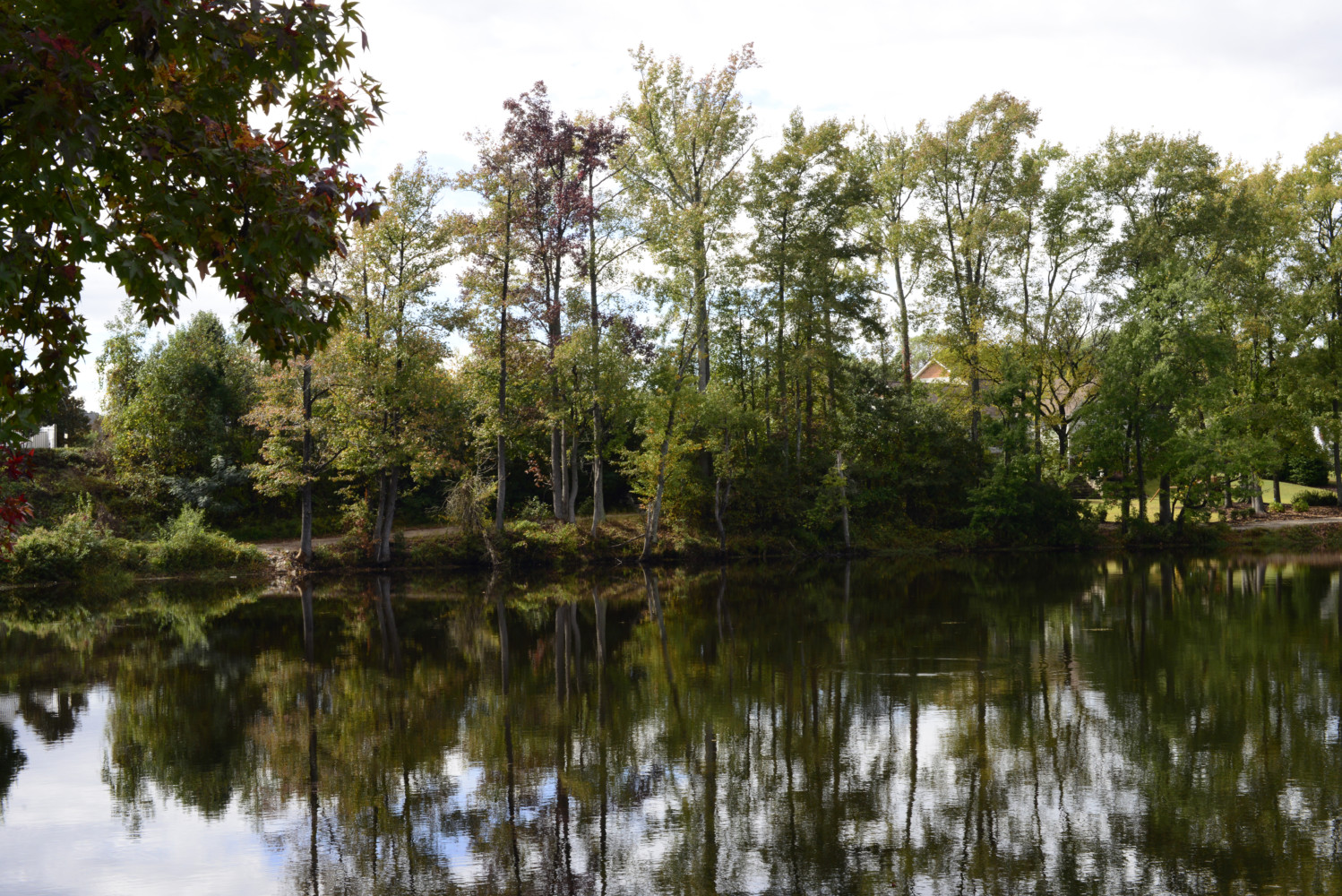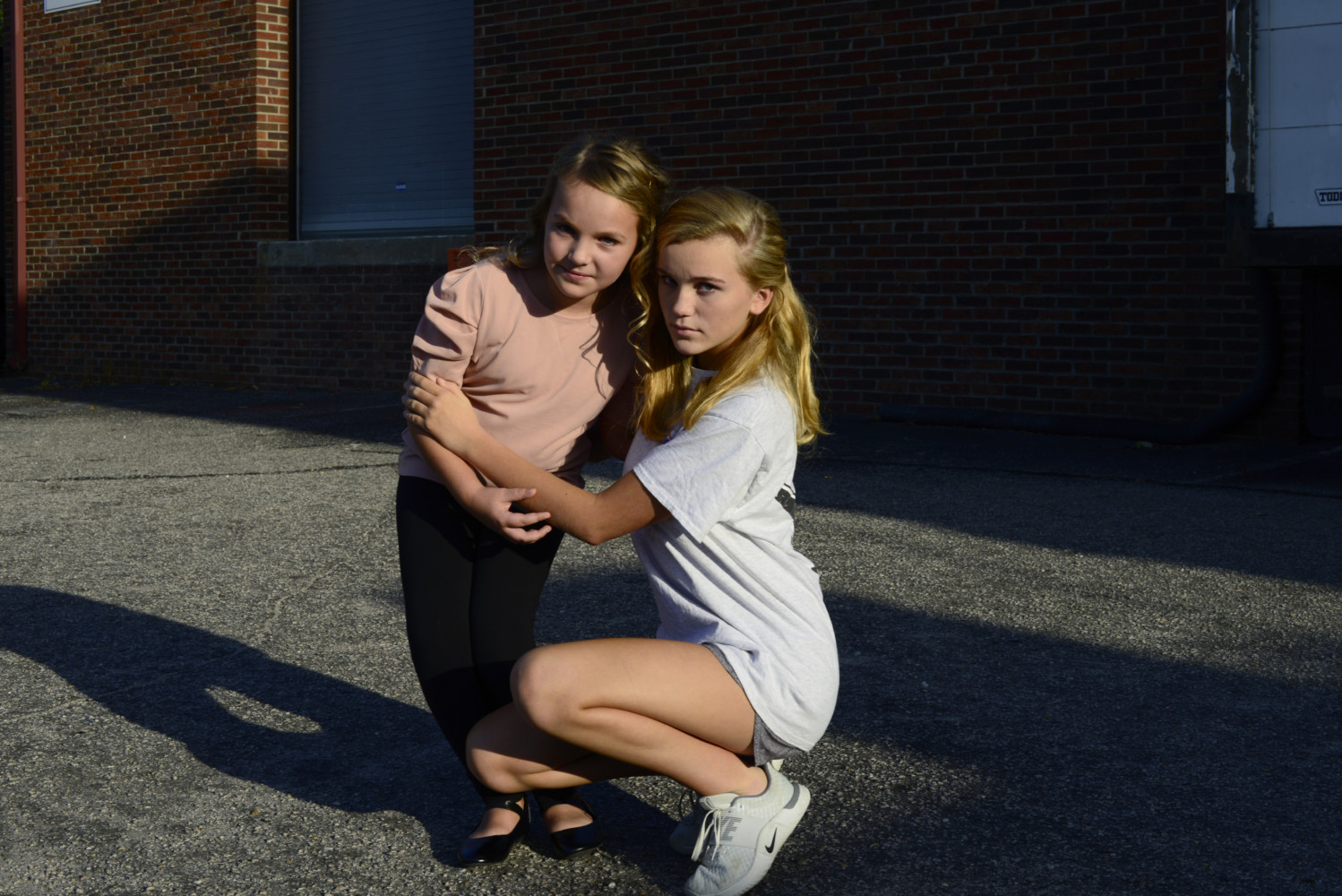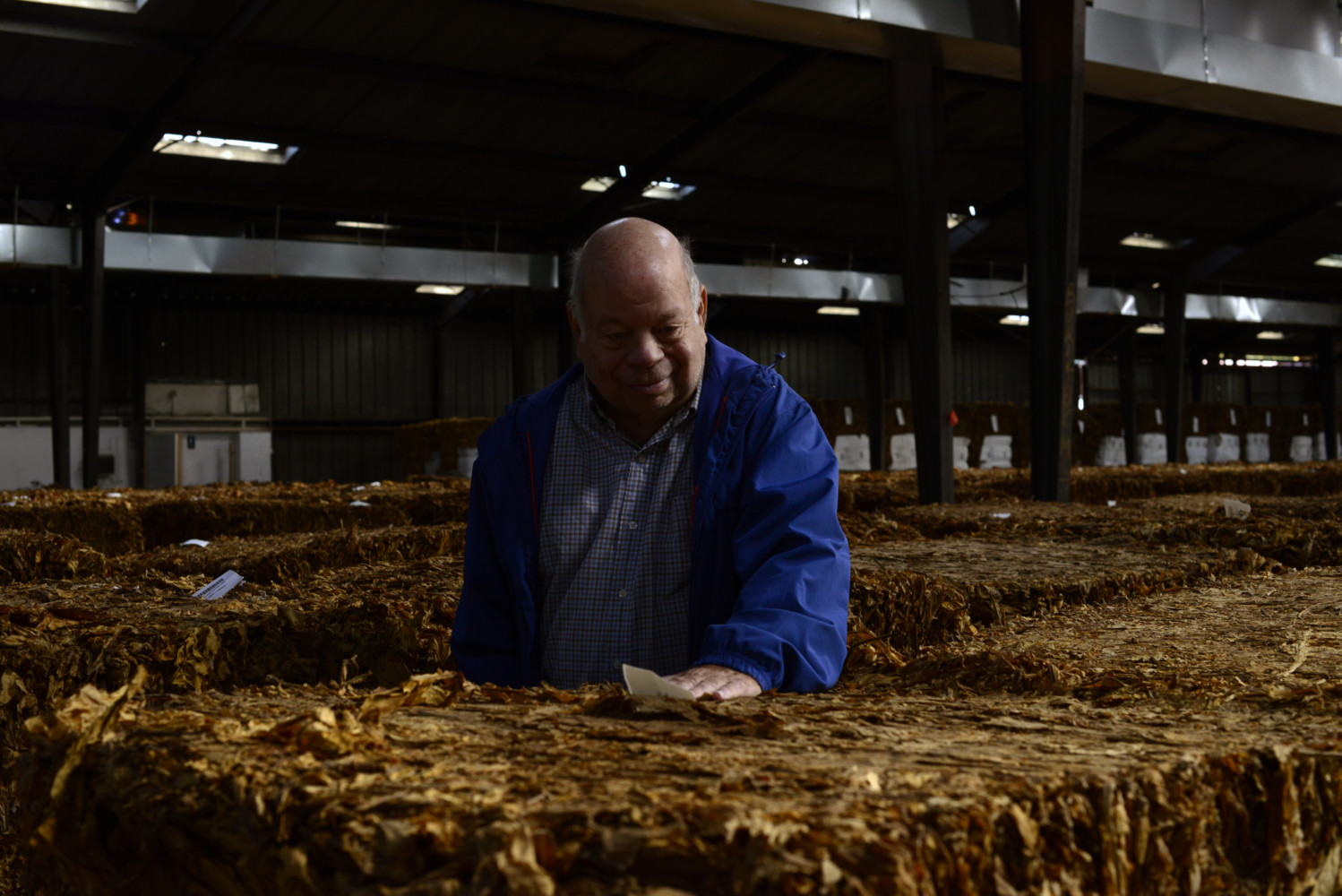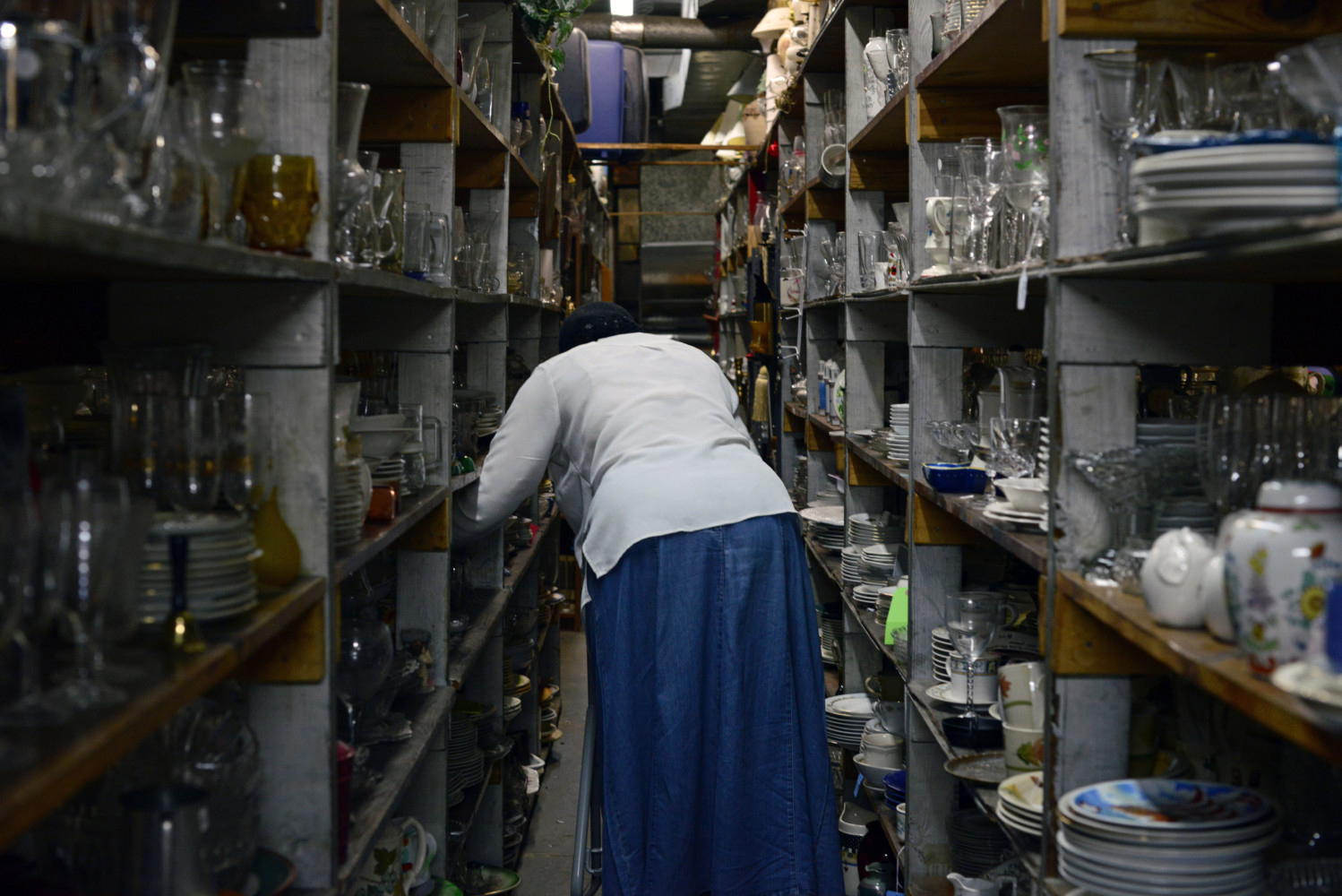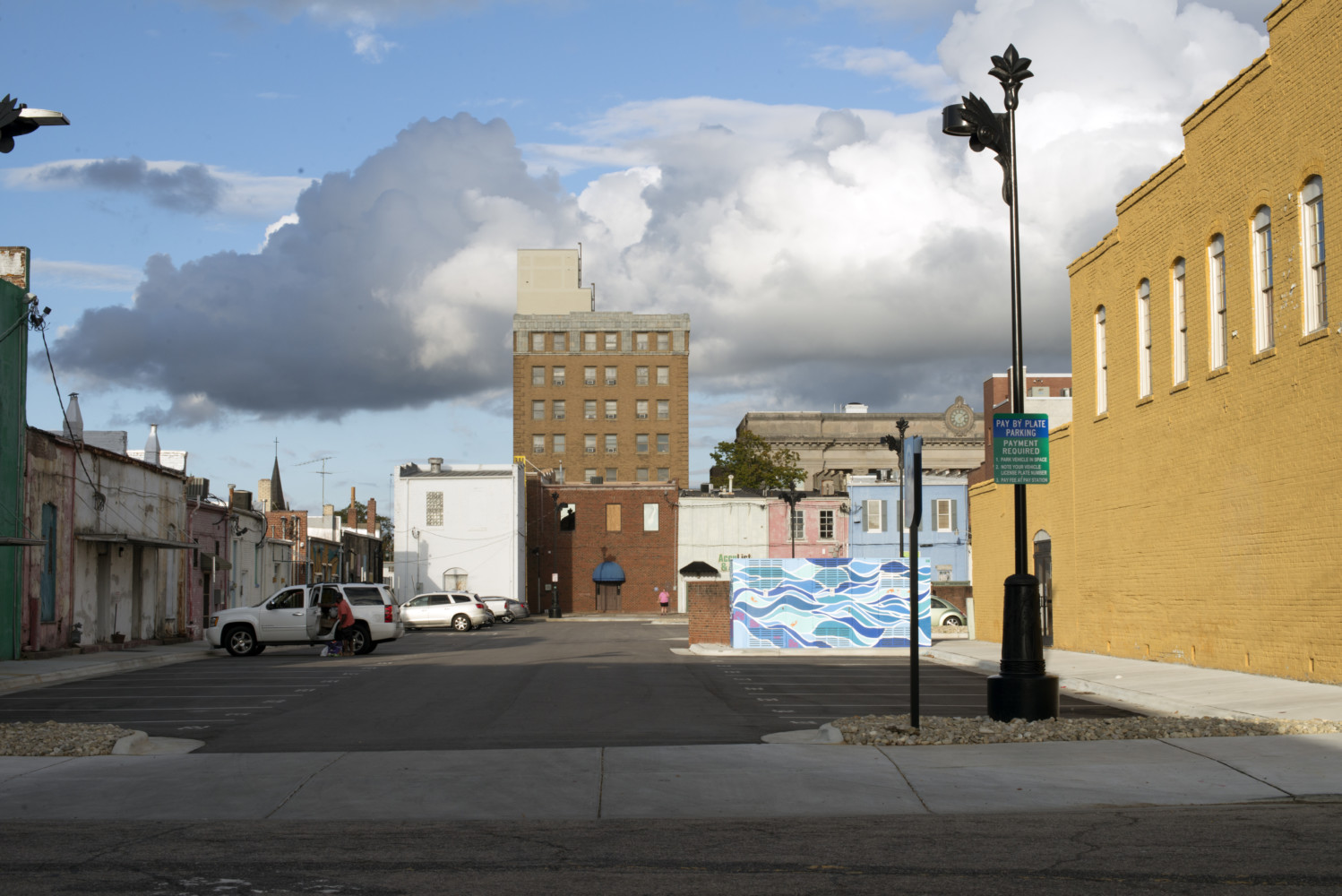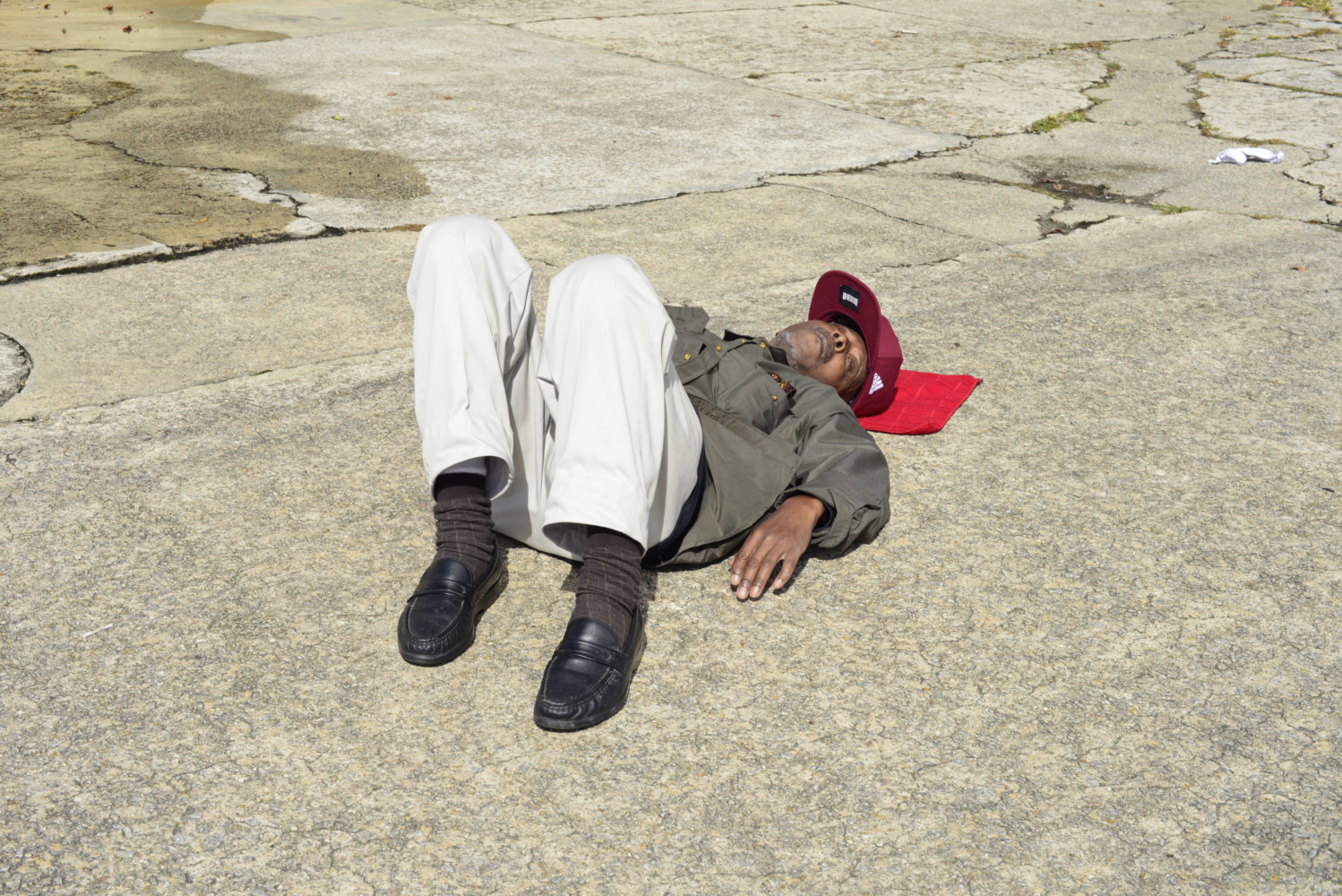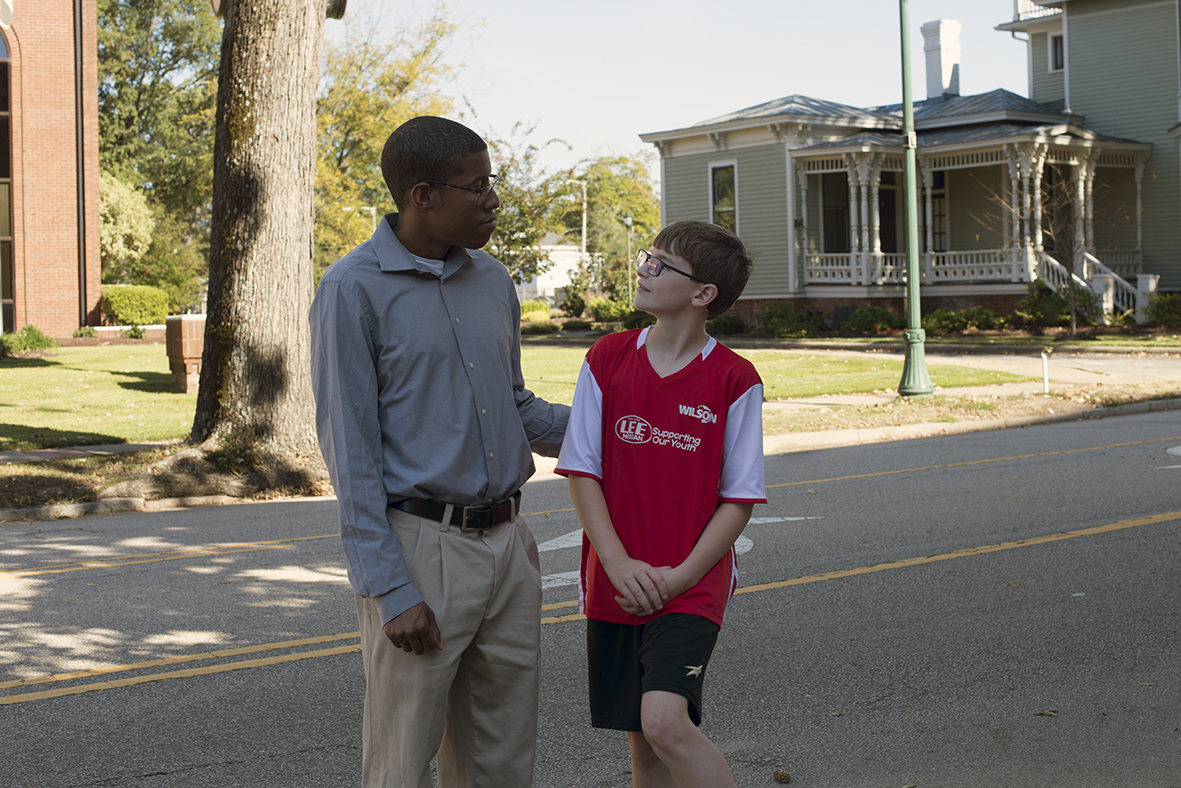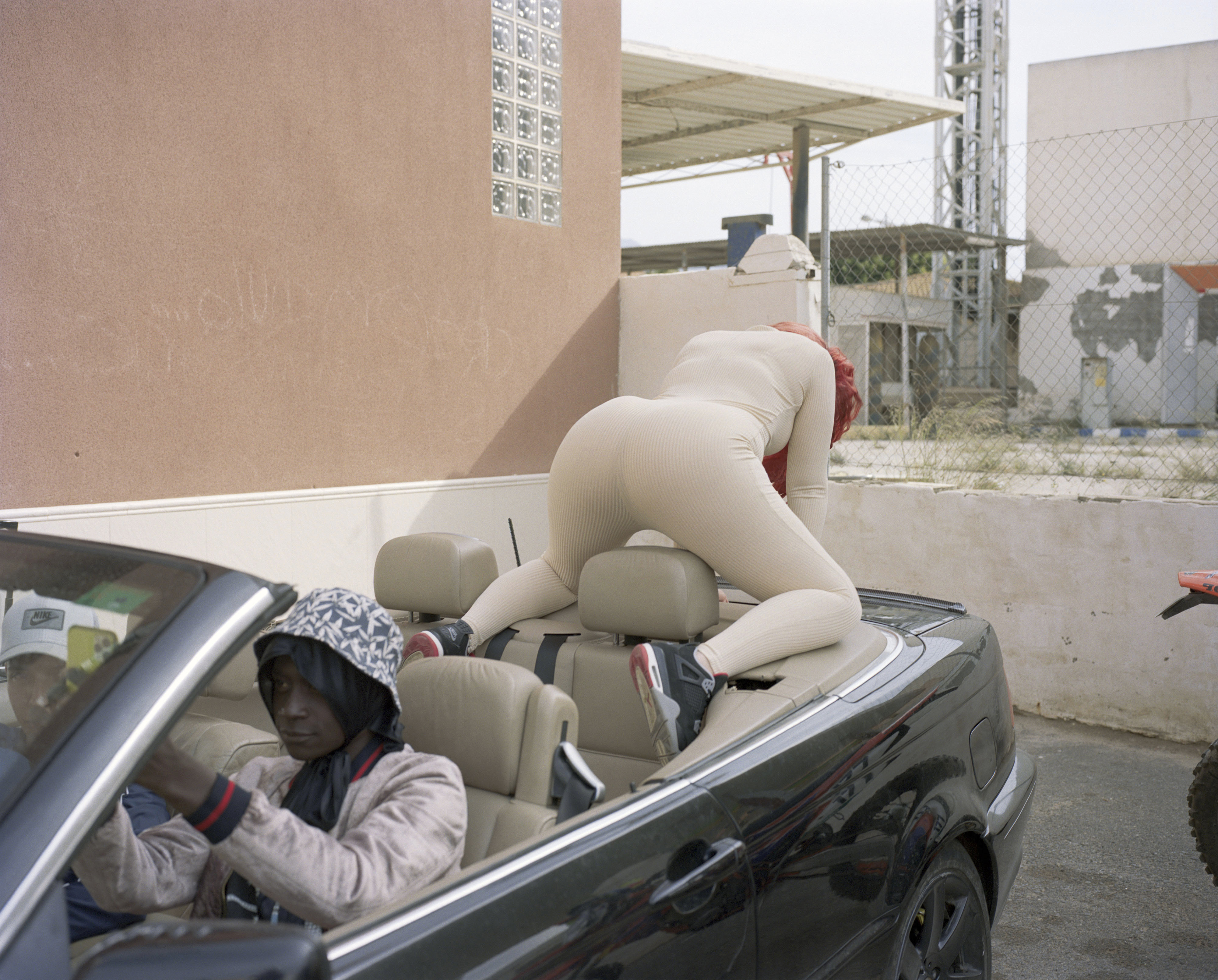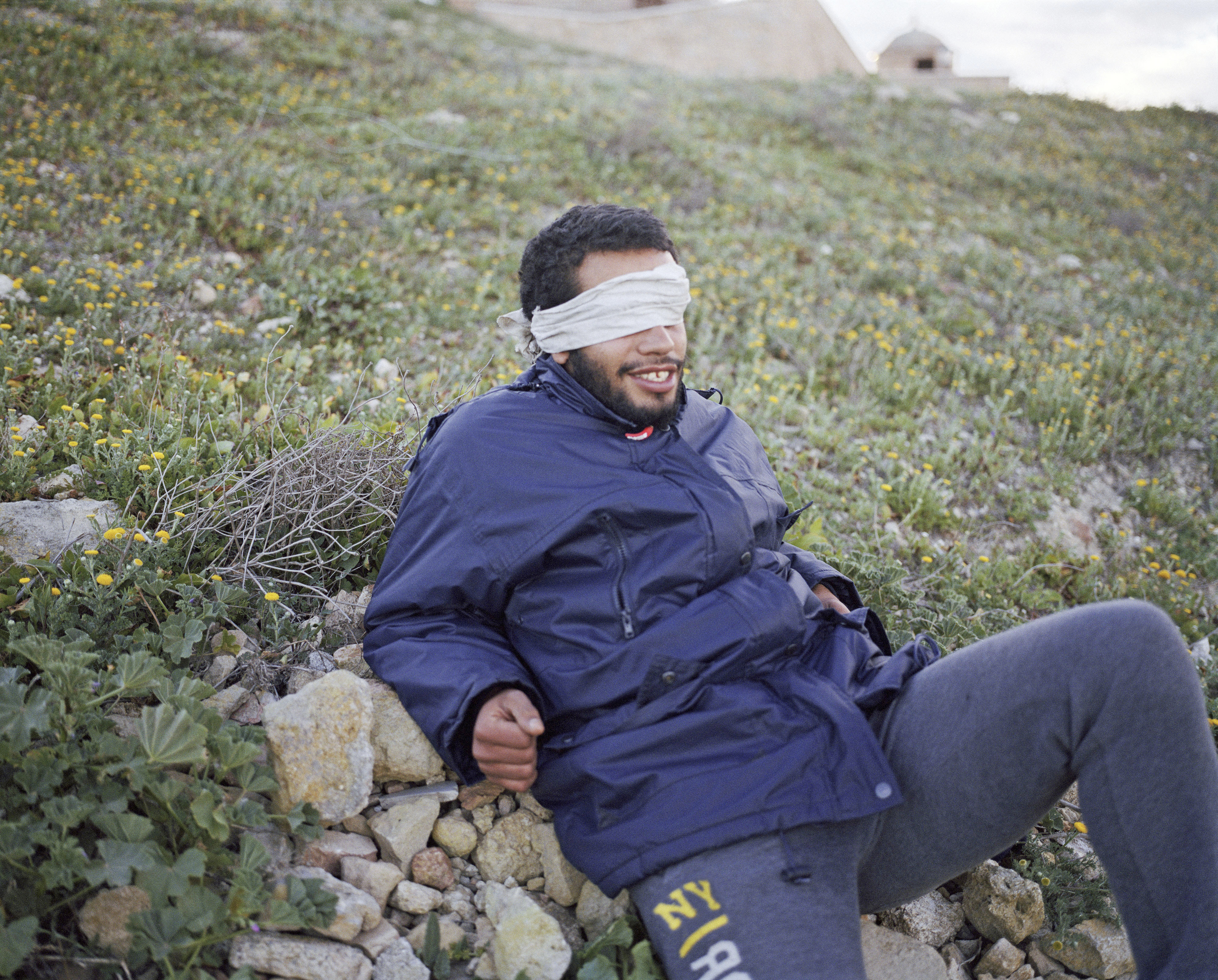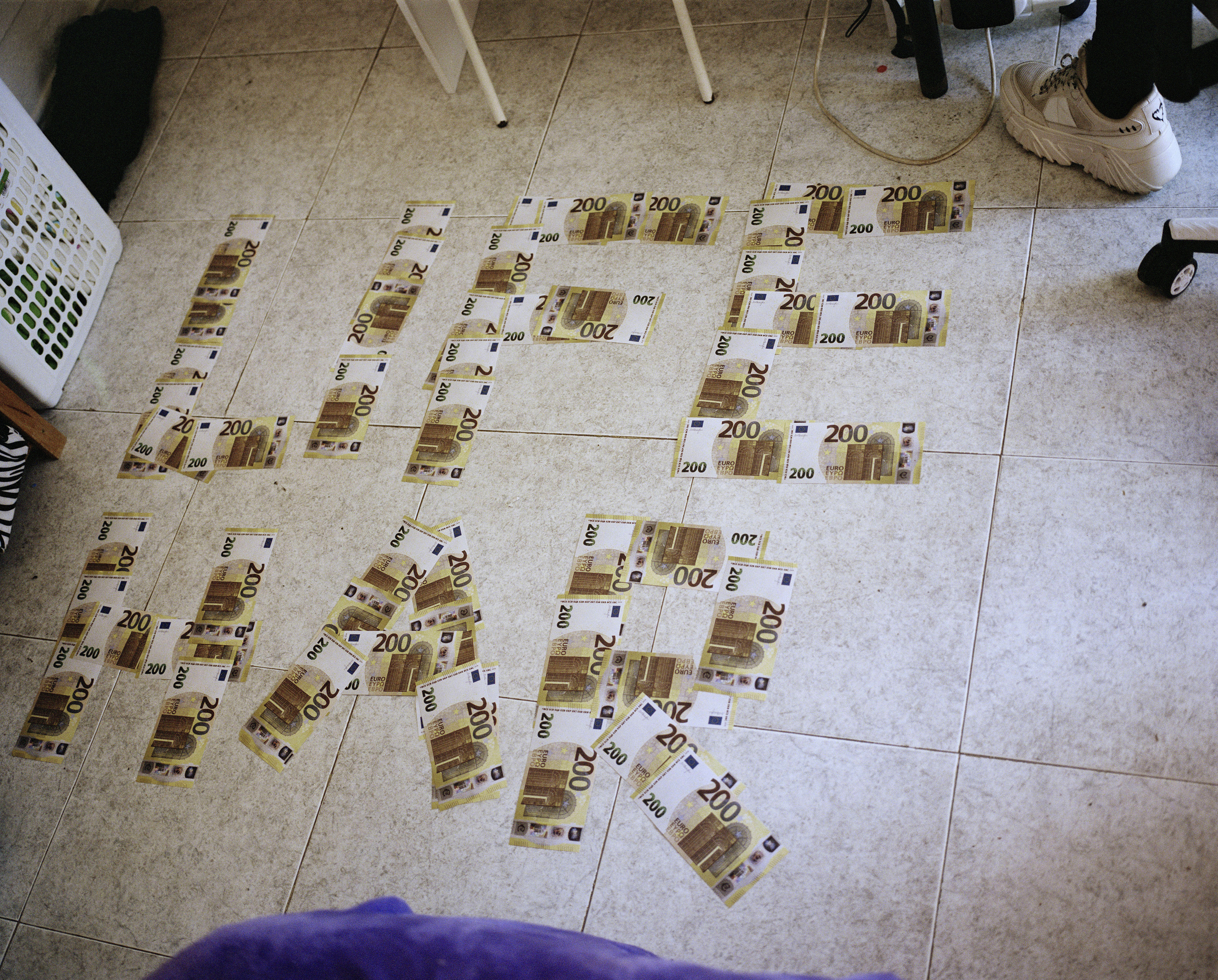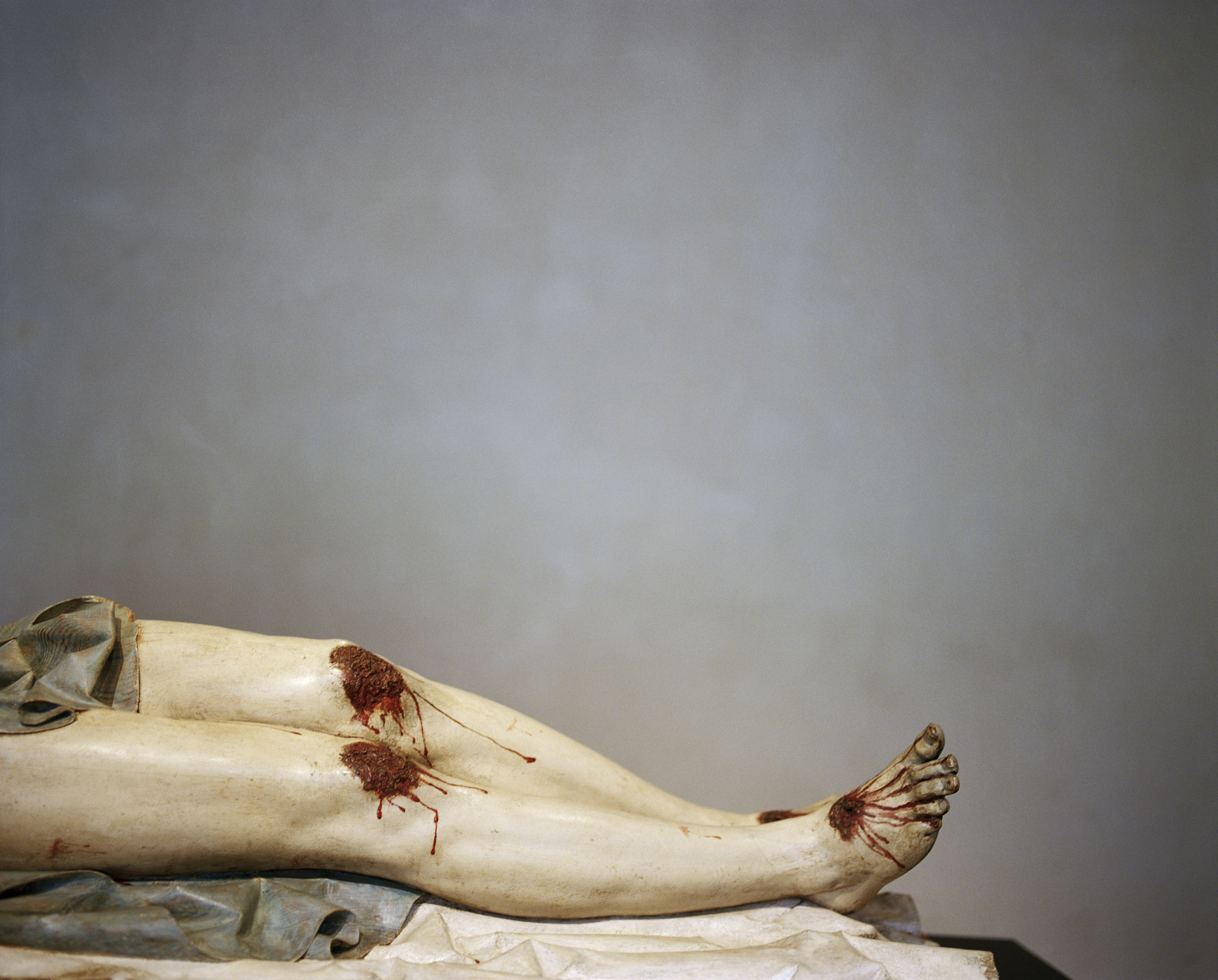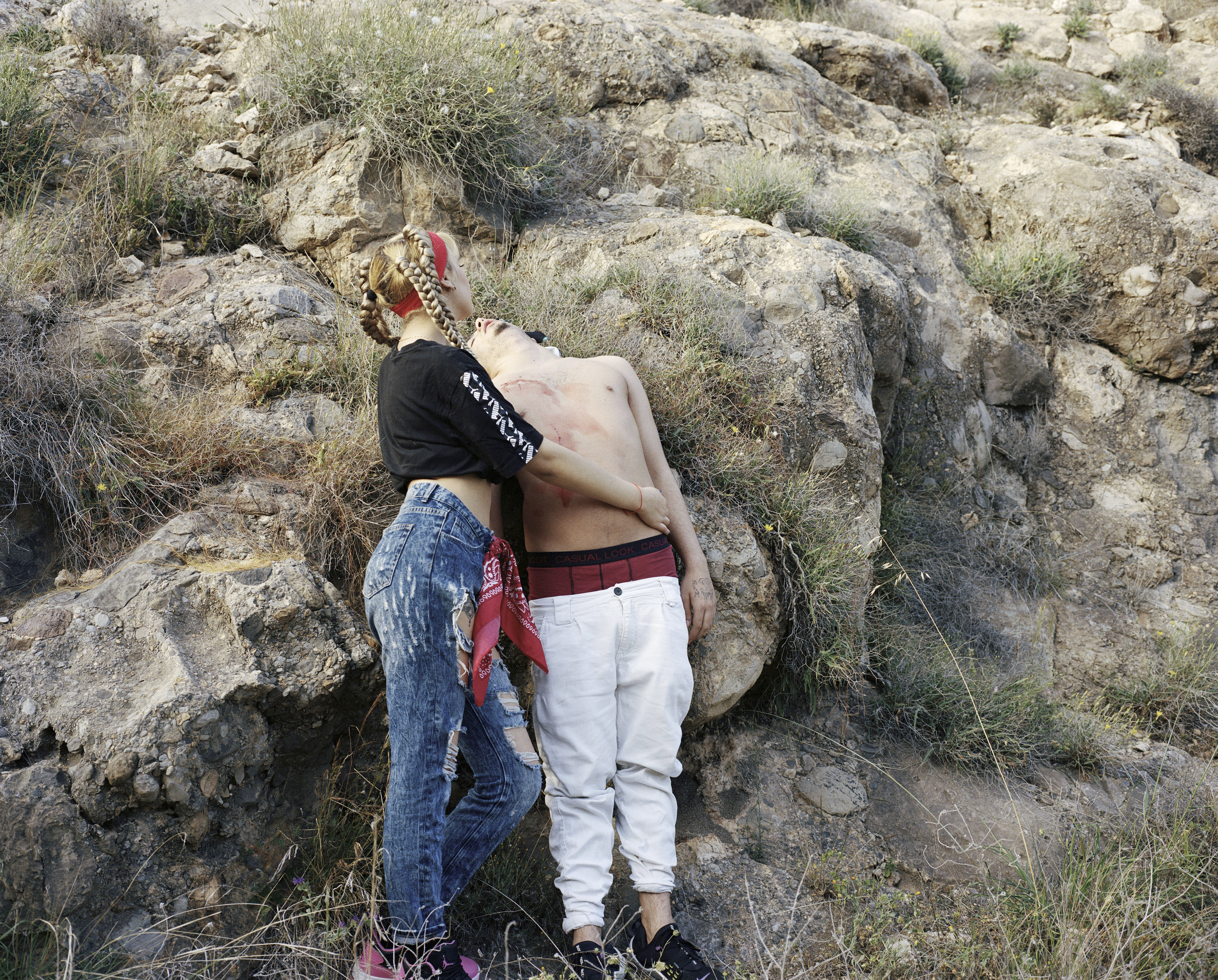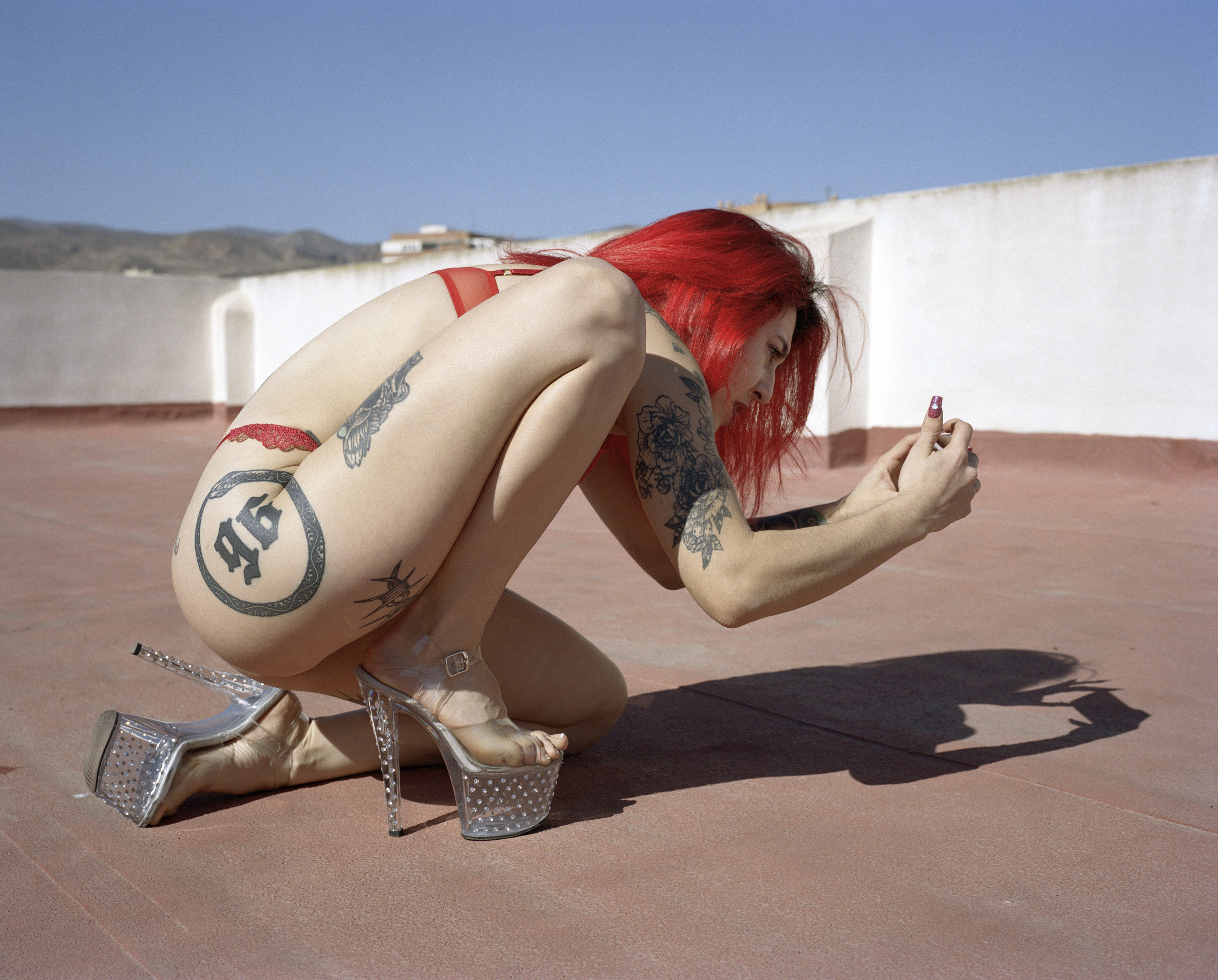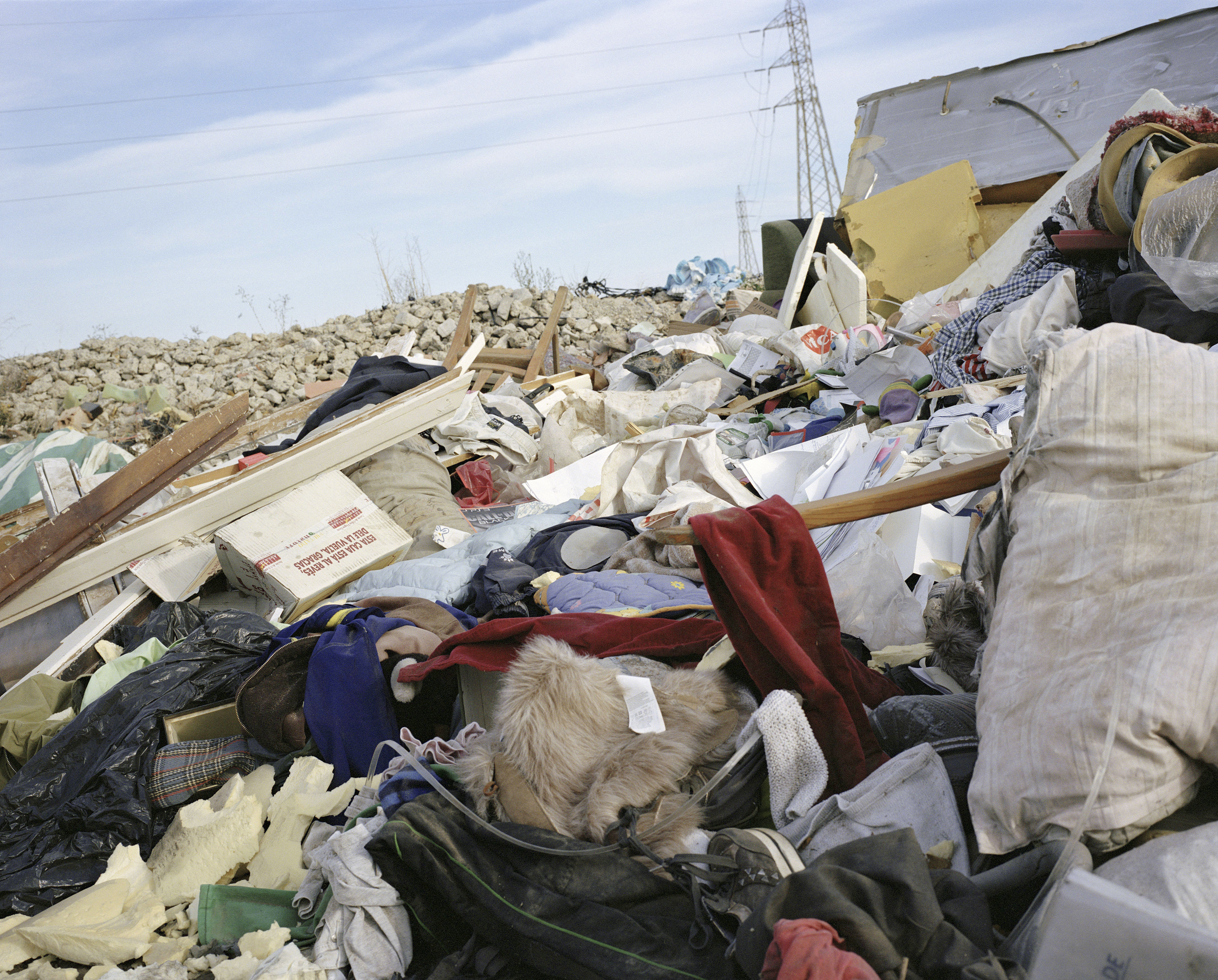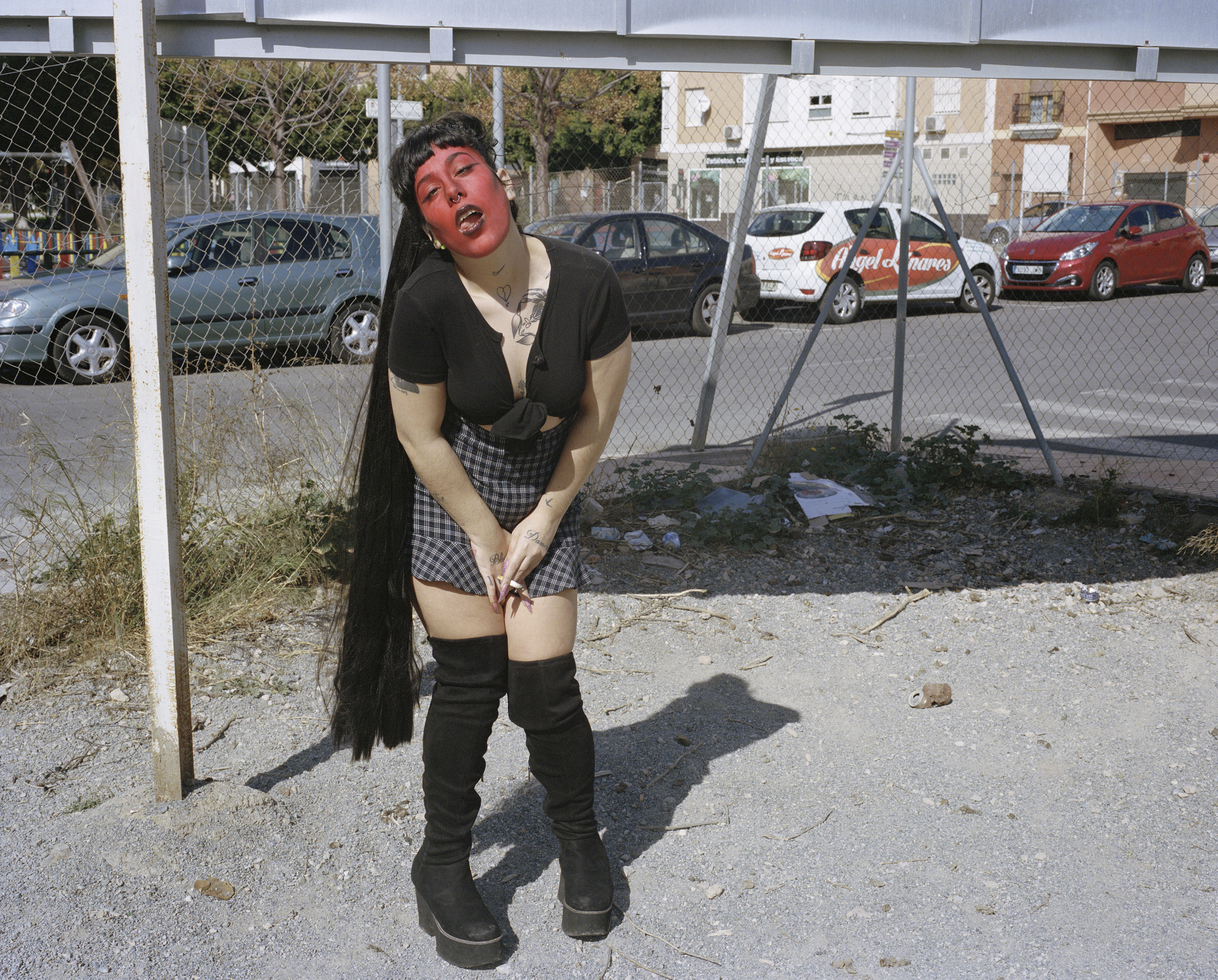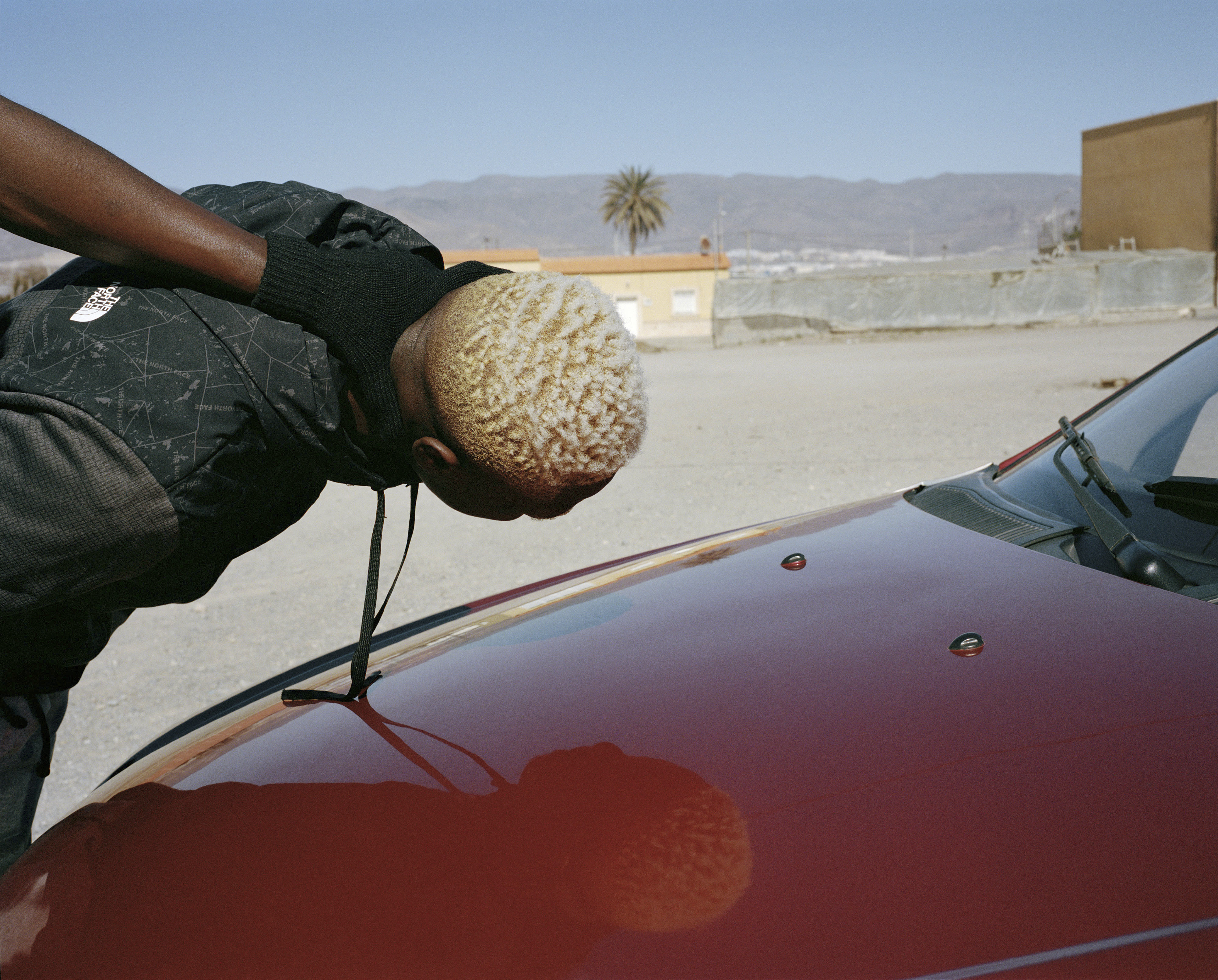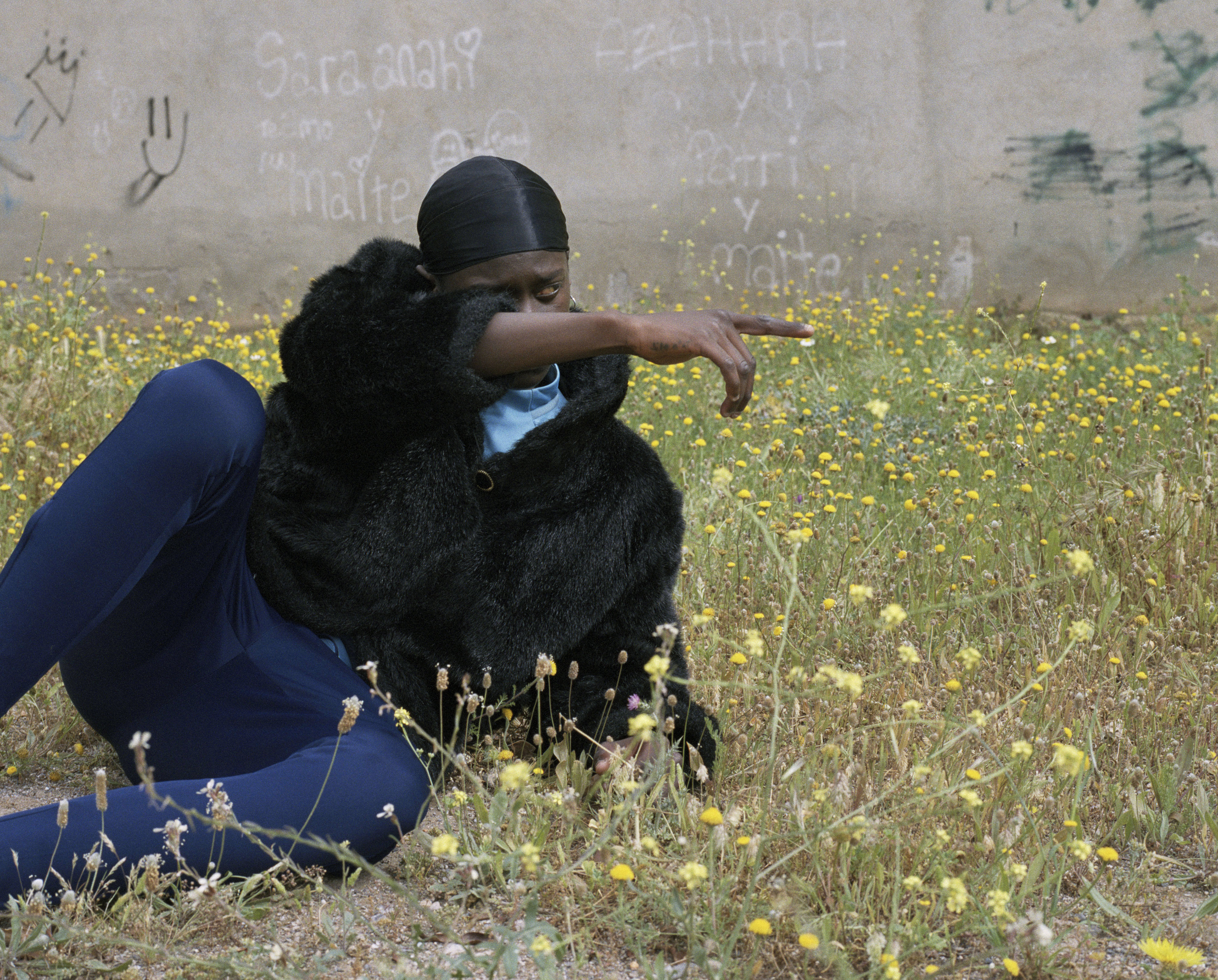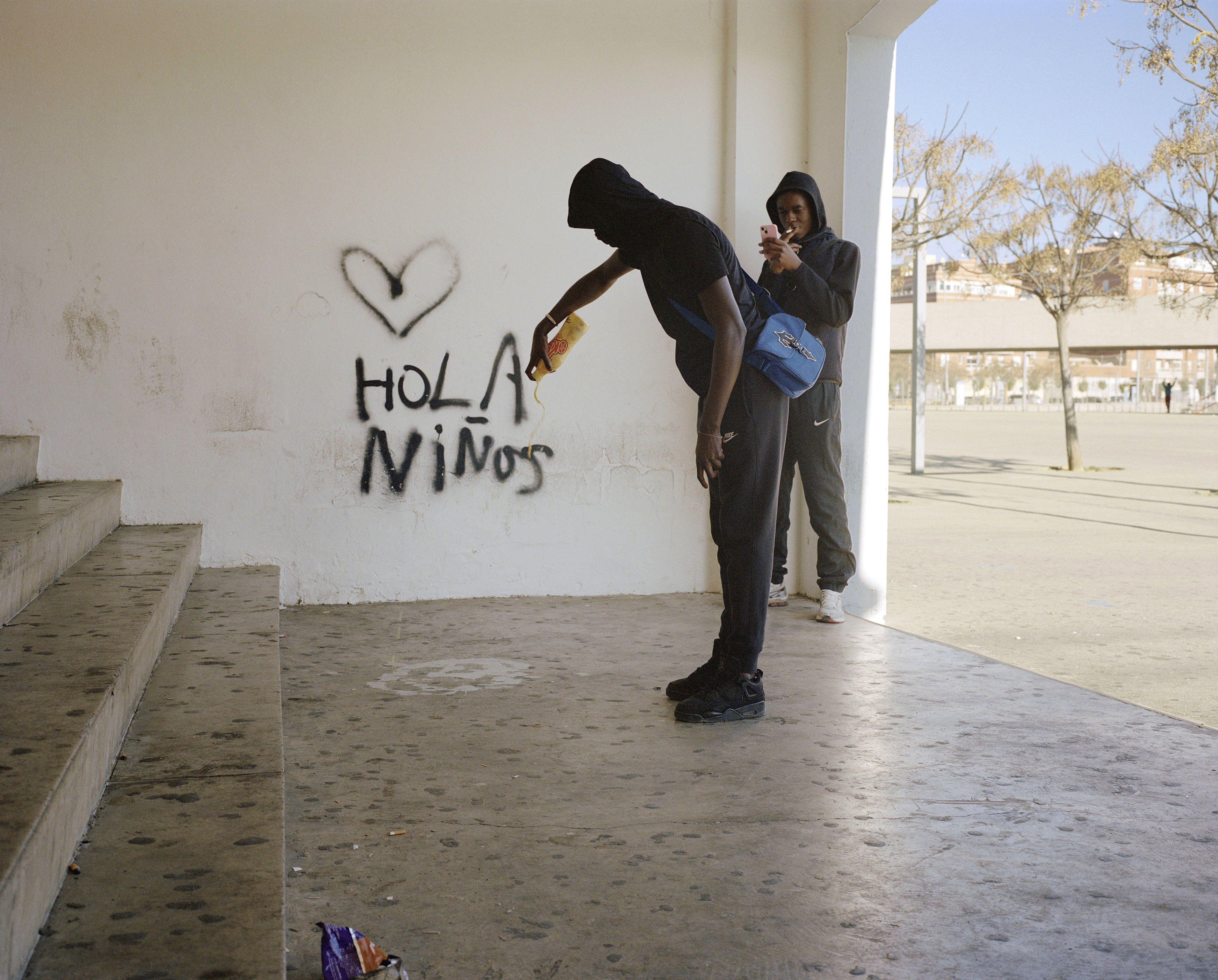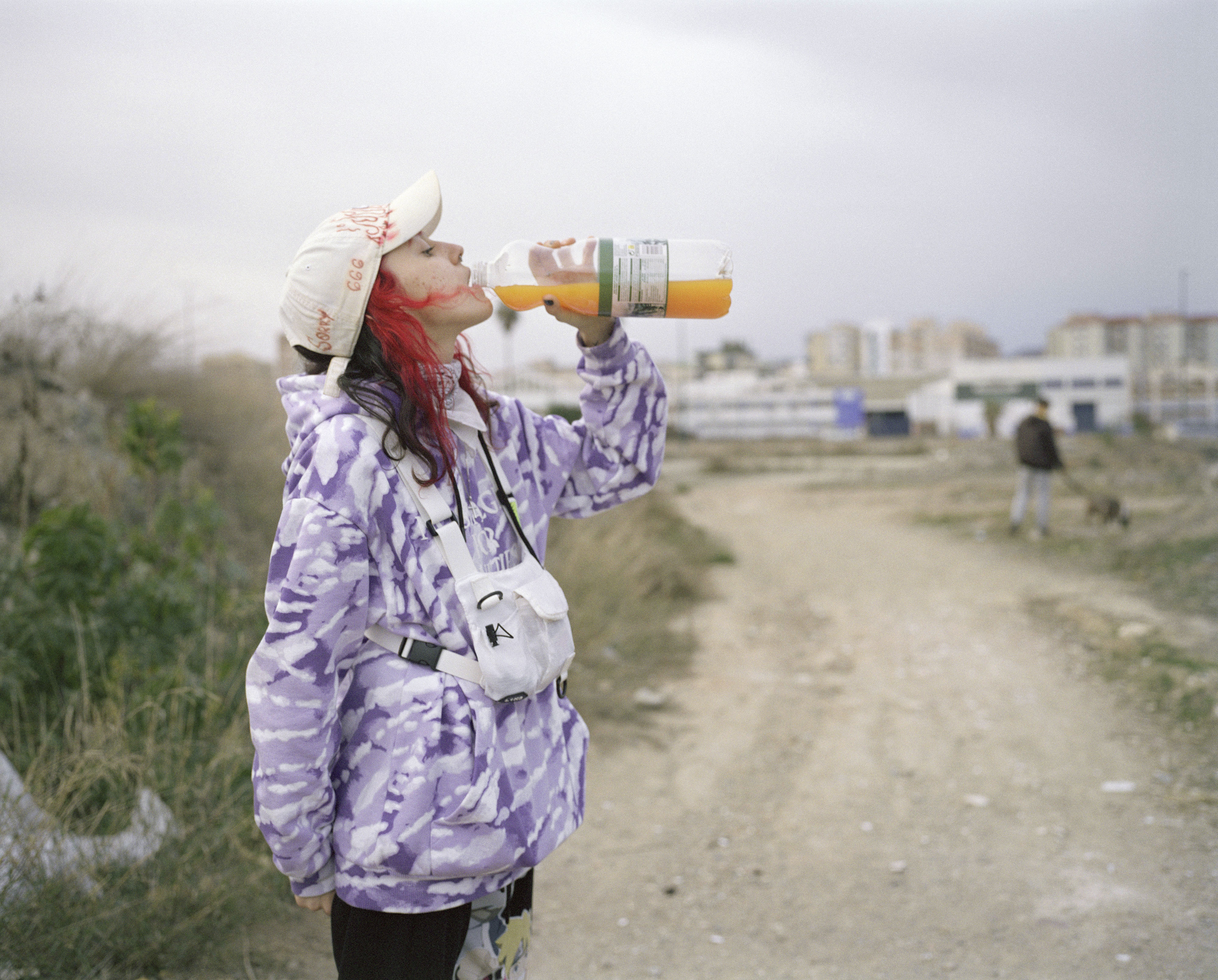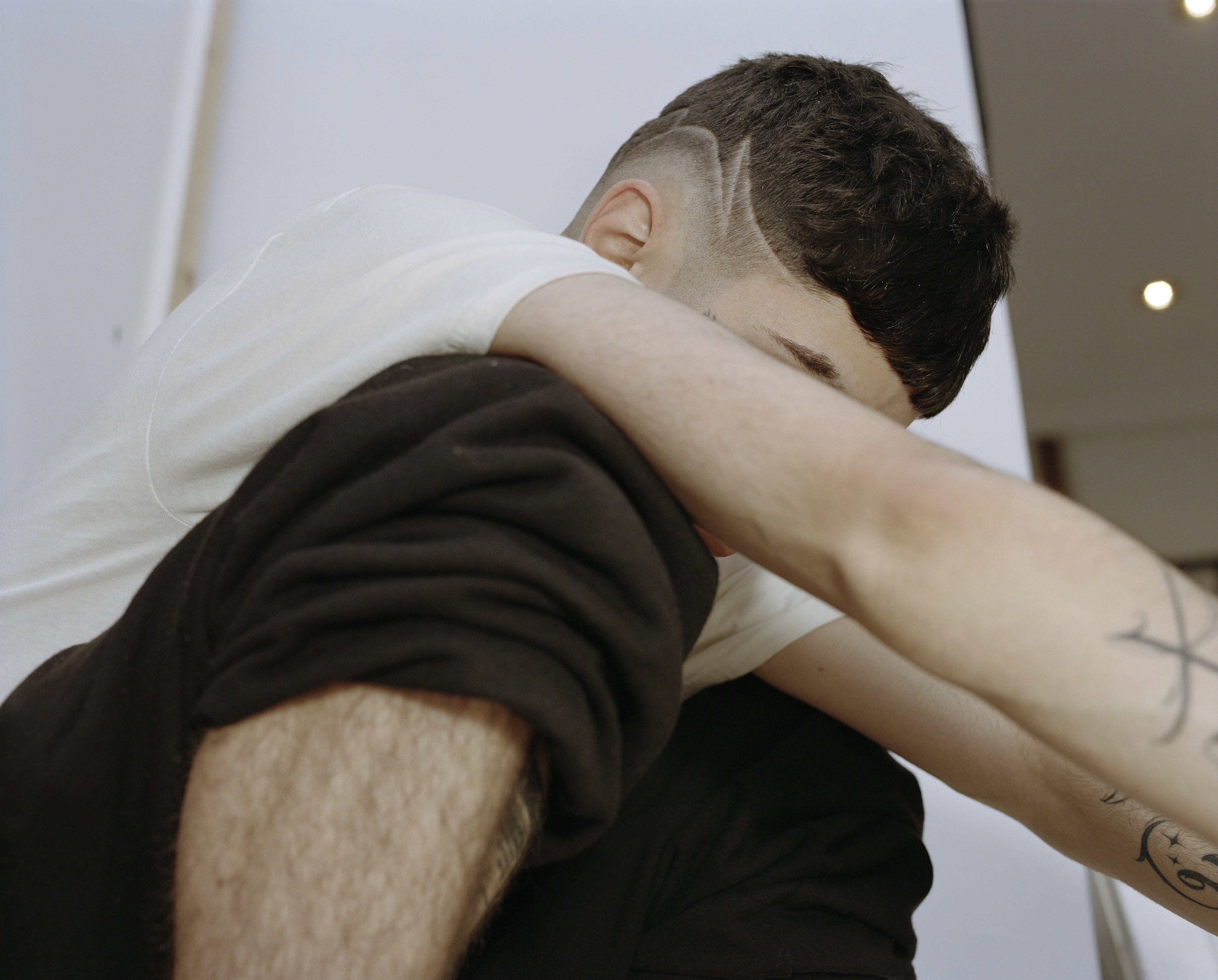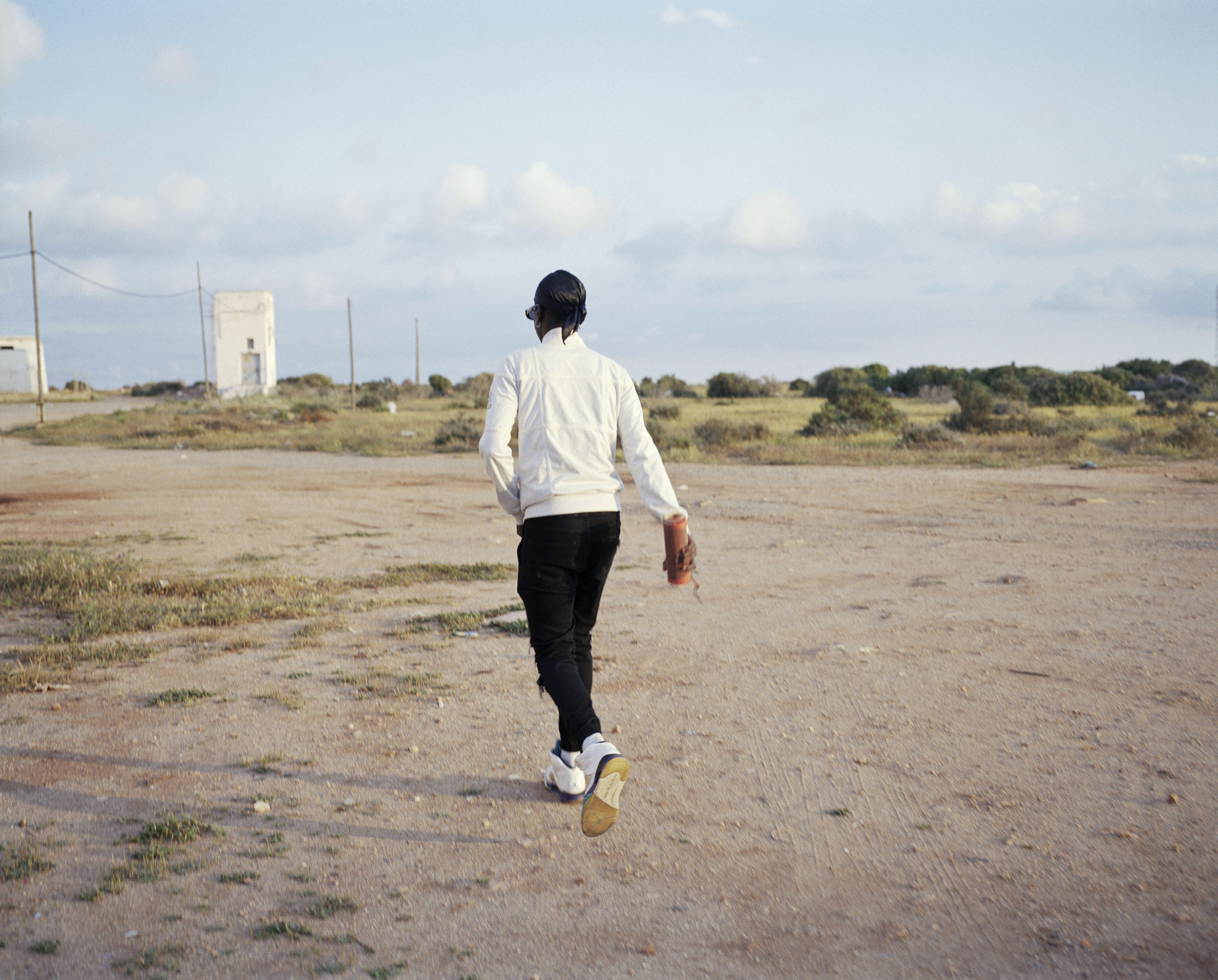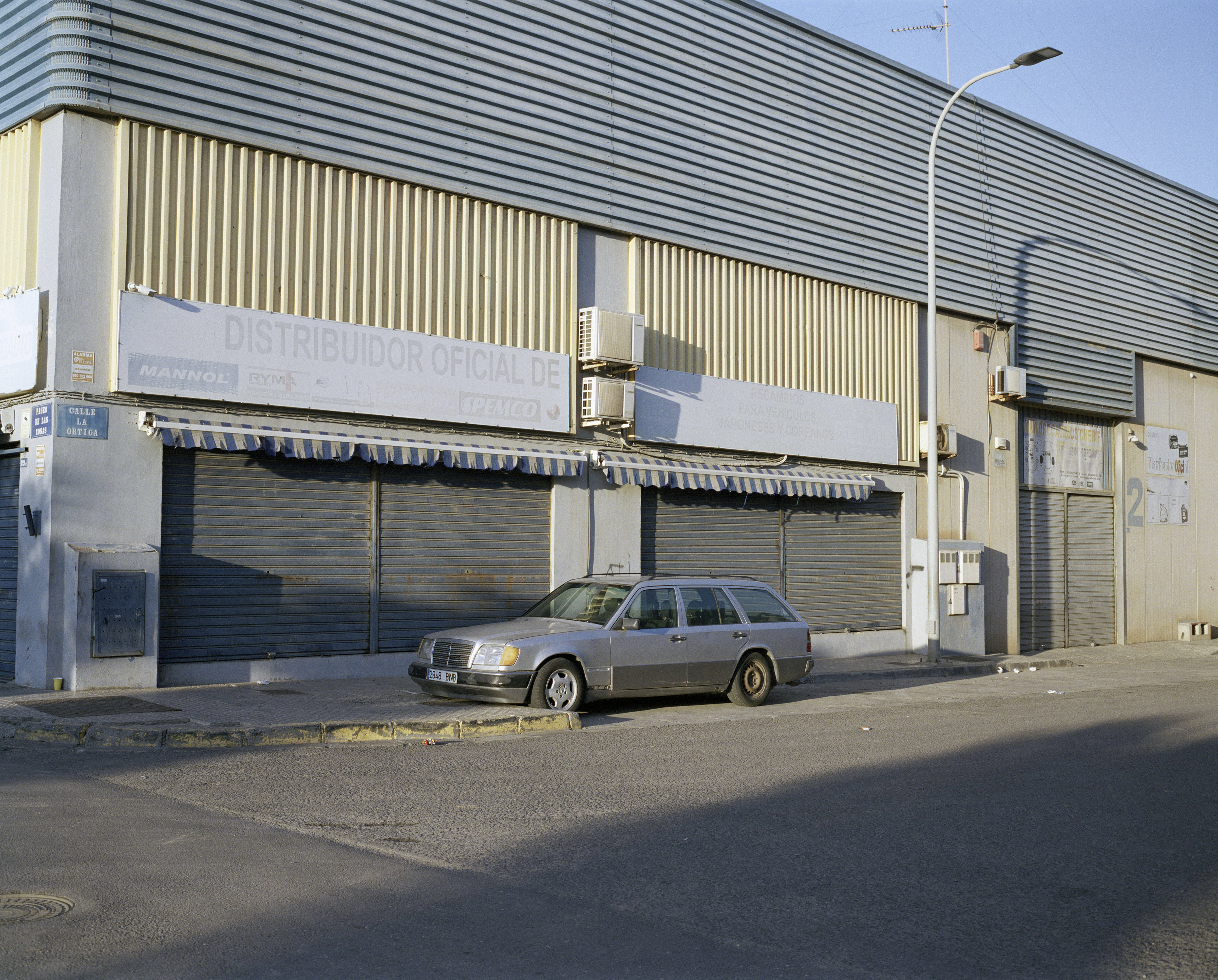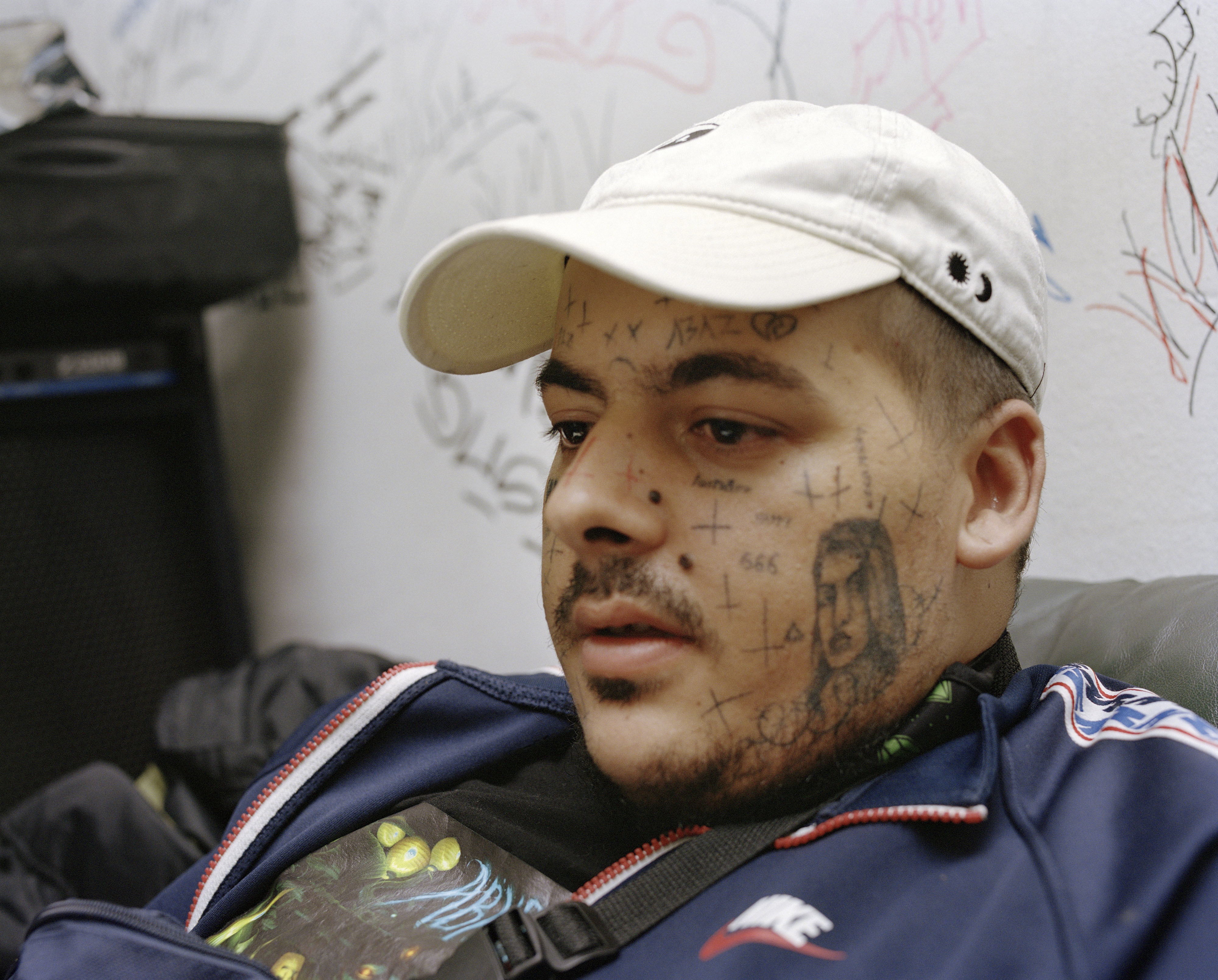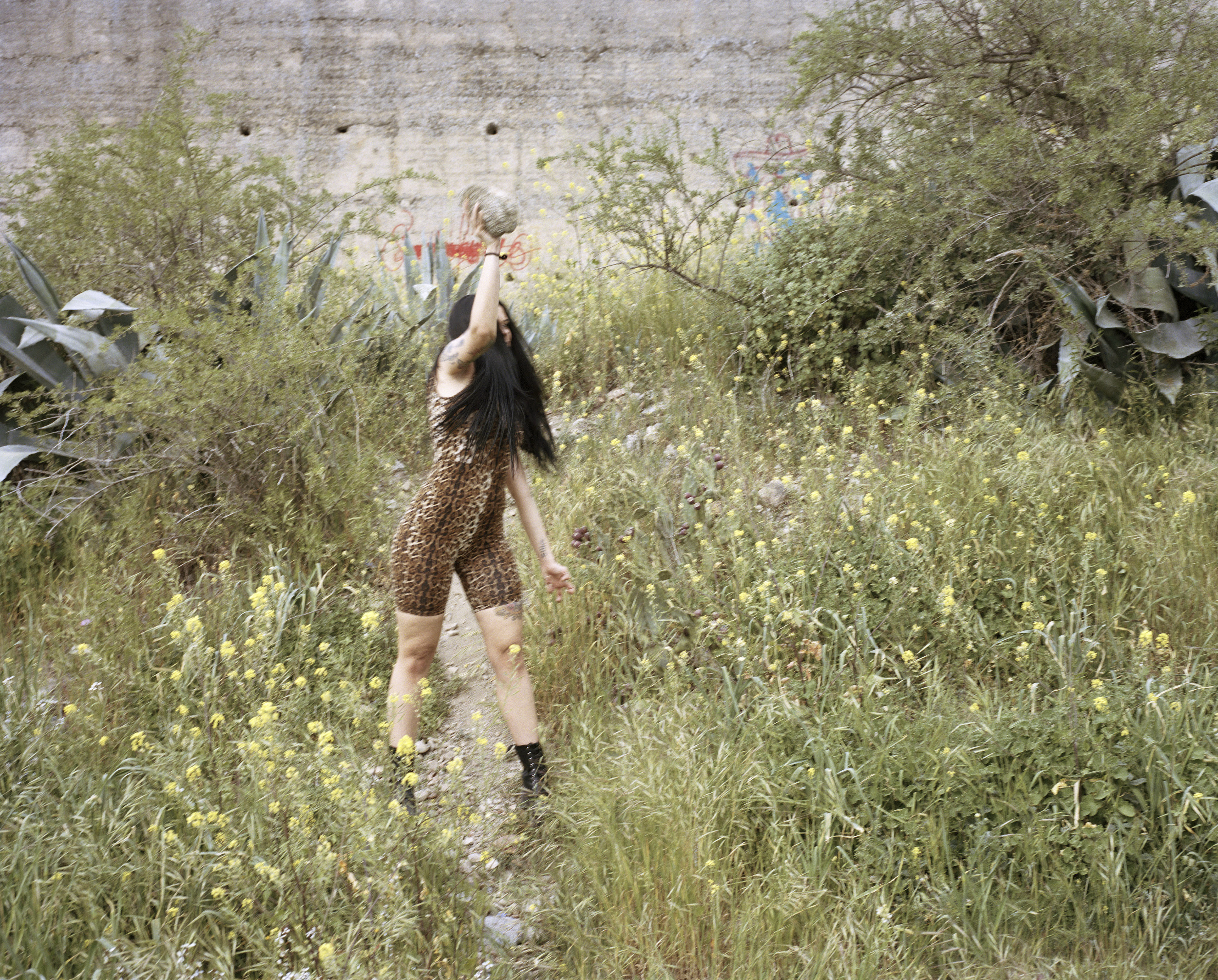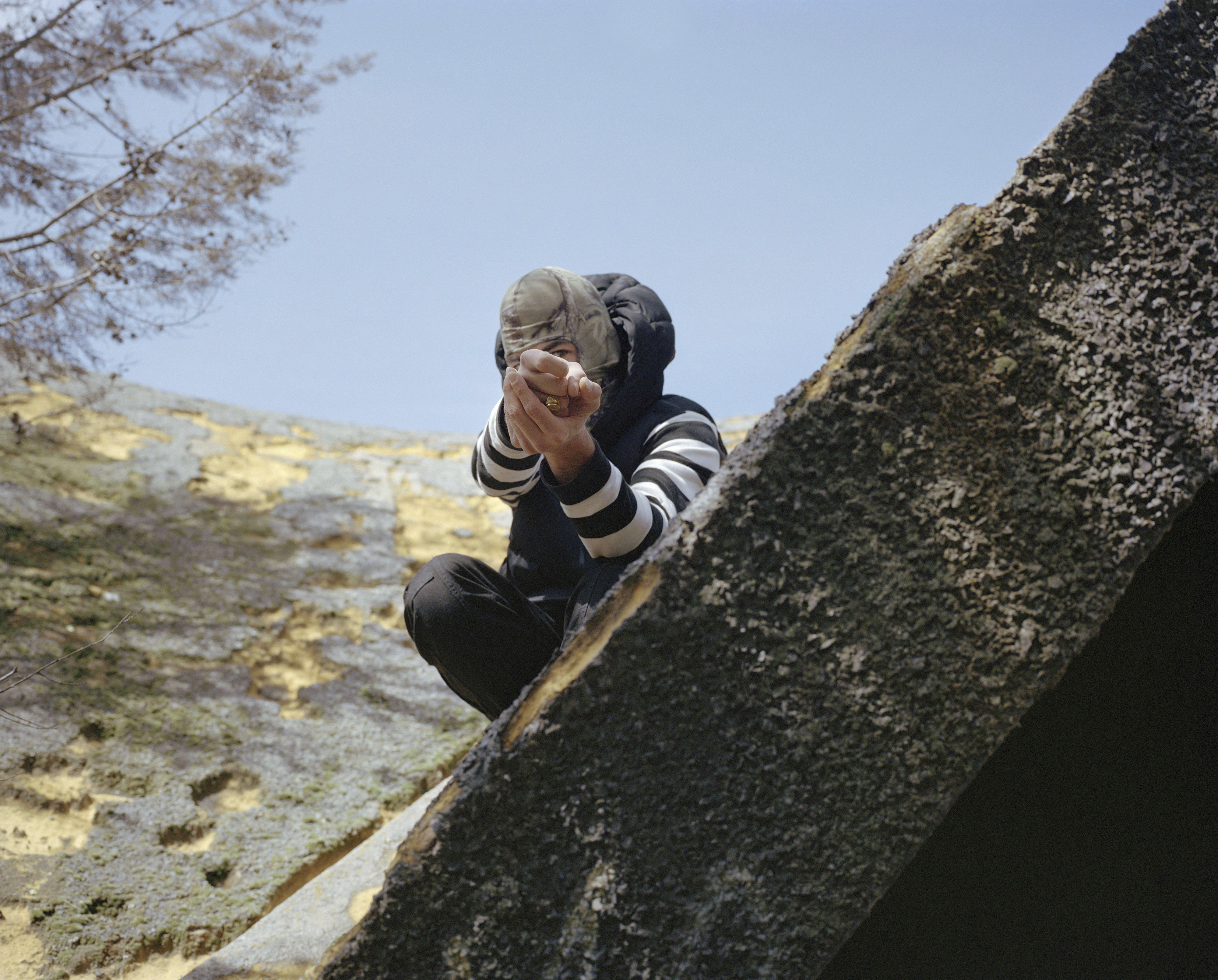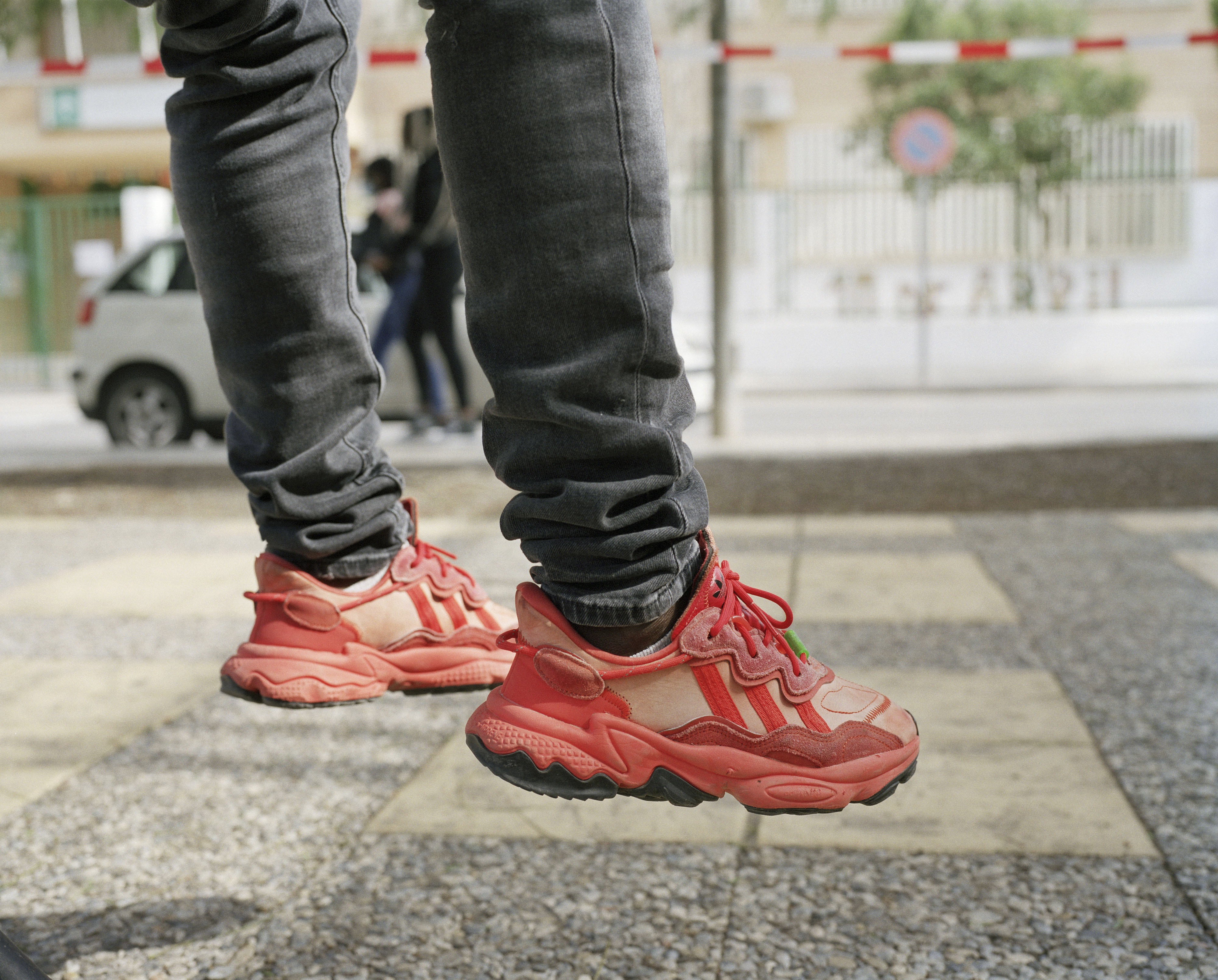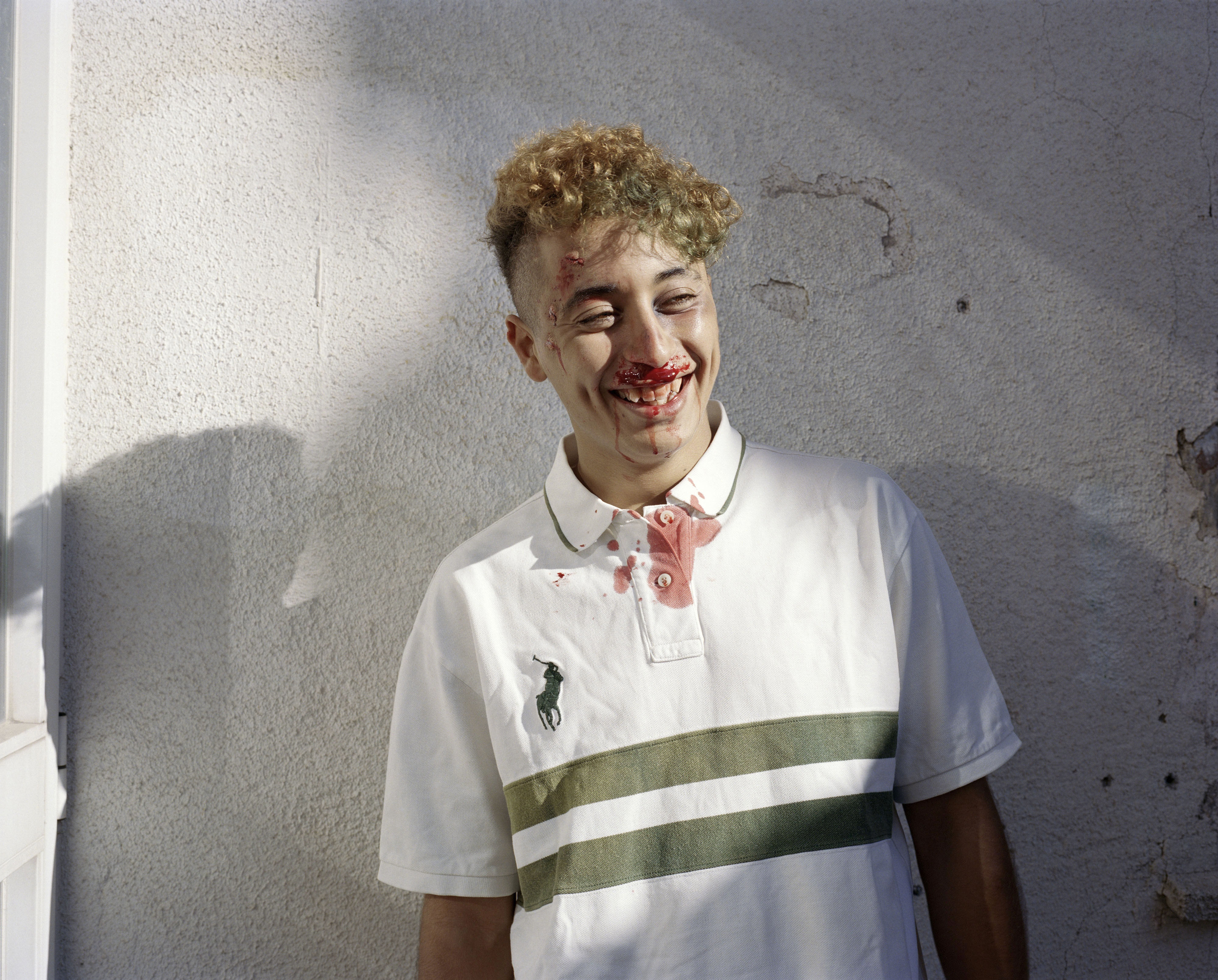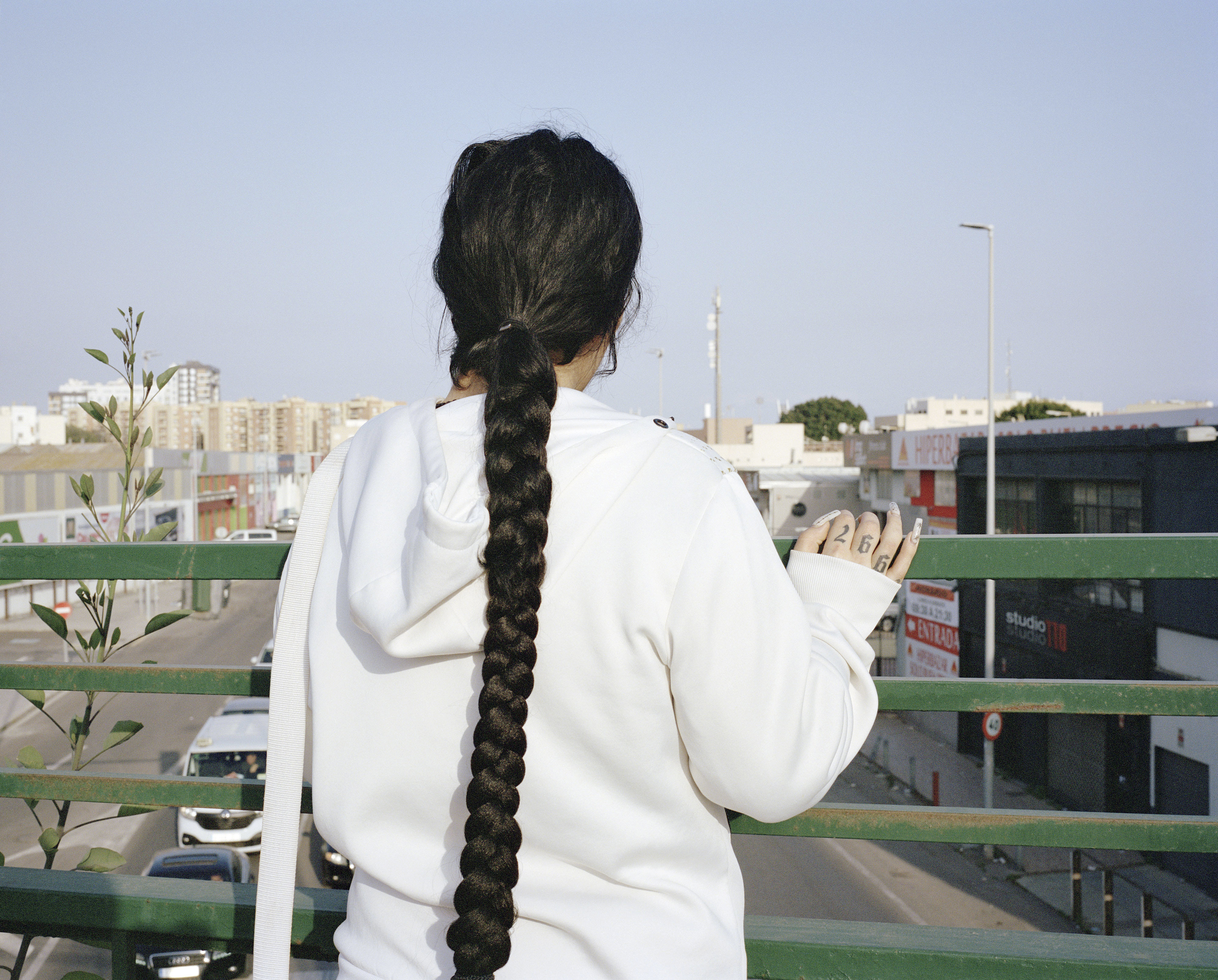Exhibition Review. Lúa Ribeira, Subida al Cielo (Ascent into Heaven),
Mark Durden. 17.03.2023 Until 02.07.2023, Kutxa Kultur Artegunea
Donostia—San Sebastian, Spain. Photography & Culture - March 2023
Conversation between Lúa Ribeira and curator Sonia Berger
Exhibition brochure: Sudiba al Cielo [Ascent into Heaven]
Kutxa Fundazioa. Kutxa Kultur Artegunea. San Sebastián 17.03.2023
Jean-Baptiste Del Amo ‘La Meute’ 2021
Text for the series Los Afortunados
Carlos Skliar. ‘The Fragile Look: On Lua Ribeira’s Subida al Cielo’
(Ascent into Heaven) . Translation by Maitén Vargas and Jennifer Moule.
Beatriz Quijano. ‘My Wounds are Fertile’
(Mis Heridas son Fértiles)
Lúa Ribeira Selected Fragment on John Berger and Susan Sontag To Tell A Story 1983 - Channel 4’s Voices, “About Storytelling, Photography and Ethics”
To J.G.F.
My Dear,
Good sense tells us that earthly things are rare and fleeting, and that true reality exists only in dreams. To draw sustenance from happiness—natural or artificial—you must first have the courage to swallow it; and those who perhaps most merit happiness are precisely those on whom felicity, as mortals conceive it, always acts as a vomitive.
Simple souls will find it unusual or even inappropriate that a portrayal of artificial pleasures should be dedicated to a woman, the most common source of the most natural pleasures. And further, it is evident that even as the natural world penetrates the spiritual and serves as its fodder, thus together moving to bring about that indefinable amalgam we call our individuality, so it is she who throws the strongest light or deepest shadows in our dreams. Woman is inevitably suggestive; she lives from a life other than her own; she lives spiritually in the imagination, which she haunts and nourishes.
I care little or nothing whether this dedication is understood. And, moreover, is it necessary to an author’s satisfaction that a book such as this be understood, except by those for whom it is written? Must it have been written for someone? But I myself have so little love for the world of the living that—like those idle, sensitive women who are said to post letters to imaginary friends—I would gladly write only for the dead. And yet she to whom I dedicate this little book is not dead; she is, though ill, still active and living within me, her gaze upturned to Heaven, place of all transfigurations. For only man enjoys the privilege of drawing as much new and subtle pleasure from pain, suffering, and disaster as he does from a potent drug.
You will see in this picture a lone, melancholy man who wanders, who plunges into the perpet
ual flow of the multitudes. He sends his heart and thoughts to a distant Electra, she who once wiped away the sweat from his forehead and refreshed his lips when they were parched with fever. And you will perceive the gratitude of another Orestes, you who so often bore him company through the heavy watches of the night and who banished his troubled slumber with a gentle, maternal hand.
C.B.
Charles Baudelaire, Artificial Paradises. Translated by Stacy Diamond. New York, Citadel Press, Carol Publisghin Group, 1996.
1
The act of looking, as we know it, is neither naïve nor neutral. It is not even a natural organ and seems to be an unavoidable function, even though it is often held with pins between the eyelids. Separating the visible and the invisible, there is no longer just a tension or an opposition, but rather an immense screen that slides open anywhere and allows us to see everything, absolutely everything. Indeed, the power of sight is granted as the world’s machinery is available all the time, but images last just fractions of a second, in a constant and fleeting acceleration to make way for the continuous impression between static and continuous movement, which often results in a chaotic balance, caught up in an almost indistinctive loop.
The question now seems to be not so much what we see, but how to take a closer look at something, in a way that gives us a lasting perception more than the insistence of a visual habit or the obsession with an adaptive custom. What is intended to be seen or not seen, the things that go unseen, whatever forces the eyes to see what we do not want to see, forms part of the visual landscape as much as the banality of the preconceived image. Attempting to look at what parades before us in complete harmony and total satisfaction is not only impossible, but, worse still, in a way it is cruel and indifferent, or cruel by its very indifference.
At first it is the face that attracts the gaze and synthesises the body’s unity; it is there, in that mysterious place, where everything gains some meaning or significance, although unstable and most likely misunderstood or in constant reconstruction. Faciality, according to Deleuze, enables us to conceive a difference between the face as a power of expression but also as a limitation. And it leads to that first sign of otherness, allowing us to be together or apart, love or hurt, smile or cry including all the possibilities in between, even those nameless feelings that neither imagination nor experience can support.
The face is the part of the body that prioritises the beginning or the precipice—the look—and the gain or loss of affection—the language. Perception comes before the conceptual, indeed, but standardizing cultures have invented for themselves the despotic artifice that inverts that sequence, insisting on a moral logic of dubious origin and an even worse conclusion: to smell, touch, look, listen or make physical contact—in short, to perceive—have become substitutes or obstacles for an anticipated and immediate judgement, disrupting our most political, poetic and cherished phylogenesis: that of desiring before deeming, that of loving before judging, that of looking before offering an opinion.
However, to eliminate judgement is no easy task and, despite this, is exactly what should be done, everything that would have to be done from now onwards so the world could be different and become pure childhood—or pure abnormality. That is, so it does not inevitably progress towards self-destruction, but rather, lead to the freedom of time and the precious uselessness of the actions undertaken, those actions that lie far from the benefit of profit-making and the trading of bodies and souls.
The suspension of judgement is therefore, in these times of rapid information-opinion and imposition of ways of looking through an absolute vision of the whole, the most decisive and crucial rebellion. By no means this implies abandoning the power of opinion, but rather the need to refresh in accordance with the experiences of otherness; that is to say, to continually submit our own judgement—and no longer doubt the existence of others—to the ways of feeling and thinking about the shared life that we all lead and the world we inhabit together, with its presences and absences. The world, in spite of its appearance and the imposition of the global, is merciless with those lives that seem small or dwarfed, with those bodies that believe they are incapable of fending for themselves, supposedly useless or too weak to learn and experience life, and a view much meaner still, that these individuals cannot earn a living from their own resources.
But who can be the first to throw a stone of a clear look, and not humiliate or taint others at the same time? How is it possible that the human gaze cannot take in the sheer animality of the human being? And what is the use of such a perspective, if it does nothing but bare its claws and bite the already mangled flesh of those who have been violated, frowned upon and are almost dead? There are men who stain with their gaze as soon as they open their eyes, Nietzsche said. Stain in the sense of ‘leaving a mark on something’ but also in the sense of ‘damaging the reputation or honour of a person, family or lineage’.
Well, certain people or communities have been tainted, and the fact that these stains were caused by specific or specialised ways of looking has been concealed or disguised. Stains impossible to eradicate that have been left on the bodies of others and the whitish cleanliness of the neutral gaze has been celebrated. And it has been done to such an extent that the world is now presumably divided between the immaculate and the dirty, a life divided between purity and impurity, perfection and imperfection. Wherever the eyes see the blur, there is already some form of death, wrote Georg Lichtenberg. Because certain marks never disappear and some stains remain forever. And not only do they begrime or tarnish. They also kill. They cause massacres. They are murderers.
Looking is like breathing, but with profound and long-lasting consequences on the outer surface of the observers. There are breaths— looks—that are flustered, hoarse, tight, hurried, almost without air, ones that stifle us and stifle others too. There are breaths—looks—that are forceful and forced, soft, almost fading, weakened. And there are open, lush, thundering, generous breaths—looks. In short, there are ways of looking that prevent and prohibit, and other looks that clear the way and facilitate.
There is a history in the ways of looking that may seem insignificant at first, but as we start to hear—to see—certain unique personal stories, we realise they breathe inside the body of each one of us. A history writte and engraved in blood, muscles, skin, tissue, arteries, heart and stomach. A history built on every millimetre of offence given or taken, on every second we attack and are attacked, on every step whereby our fates are disrupted, on every ragged breath we take. In the words of poet Anne Michaels:
In your hands, all you’ve lost, all you’ve touched.
In the angle of your head, every vow and
broken vow. In your skin,
every time you were disregarded, every time you were received.
2
In the beginning it was the fragility of the body and the word. There was not only the normal and the abnormal, the native and the foreign, or the centre and the periphery. Or if there was, it was in terms of the expulsion from Paradise, the destruction of the Tower and the Flood. Mythologies started weaving imagery to order chaos. Emerging sciences centred their attention on remote areas and observed the unfathomable in the skies an the revulsive in the seas; there, where it was not possible to see or understand. First philosophy pondered upon the passage of time and the imminence of death.
Fragility is that attribute which has always been there, from the beginning, at times unnoticed, or ignored, almost always underestimated and often confused with imminent cracking, with the inability of a body to resist its own breakage, unable to stand because it is on the verge of bursting into a thousand pieces. Fragile children; fragile women; fragile old men and women; fragile people with disabilities. Fragile those who struggle to survive, those who wrap themselves in silence, those who stumble over their own shadow, the slow, the lazy, the bizarre. Fragile those who neither queue, nor hurry along, nor follow the path to death like ants. Fragile life and fragile death.
Who could look at fragility differently, without ceasing to be fragile? What form of looking is capable of such uniformity? And how could it be possible to be stone and glass at the same time?
Fragility is not necessarily breakage or the imminence thereof, and could be seen as a common starting point; the hesitation, the doubt, the stuttering, that lucky ignorance so rare yet beautiful that it renders us speechless, not
knowing who we are or when we could become something else, what will come next and whether we can be or do what we want. And, above all, it is that mysterious and quiet confession to others that unveils the most essential and profound bonds between human beings.
Fragility is the breakdown of our own certainties and those of others, as this creates the necessary distance for us to say or do something that draws us closer together. Sharing our secret fragilities opens the way for friendship, love and communion. It is impossible to say that there is one who is fragile and another who is whole or complete, but rather pure otherness. Without fragility, essential relationships are lost, they vanish, lose their smell, taste and skin, and are capsized in desperate waters of dull virtuality. Fragility as personal charm, as uniqueness, as the source of life; in the words of Gilles Deleuze:
Life is like that too. In life there is a sort of awkwardness, a delicac of health, a frailty of constitution, a vital stammering which is someone’s charm. Charm is the source of life just as style is the source of writing. Life is not your history—those who have charm have no life, it is as though they are dead. But the charm is not the person. It is what makes people be grasped as so many combinations has been drawn.
The images presented in Lúa Ribeira’s photographic oeuvre break the norms governing the act of looking, they remove it from its comfort zone and offer the possibility of broadening and stretching the perception of humanity.
The story of these images is not simple. Under the pretext of focusing on the extravagant, the bizarre, and the exceptional, they bring to life and support the margins, the periphery, which would otherwise fade or be non-existent. Some choose to obsess over the mainstream and thereby become sworn enemies of the margins, engaging in a battle to the death with the sole purpose of not looking out of the sides of their eyes.
So... Should we look only at what is in front of us or should we look to the sides? Should we look at the goal, the purpose, the benefit, the consequence, or notice the humanity and animality that spring up all along the margins? Is life linear and the world a straight path, or is life a sideline and the world a mere crossroad? And who is to solve the enigma? And with what science, philosophy, poetry and images will they do so?
As is the case with certain good arts that fight to uphold an aesthetic point of view regarding otherness—as opposed to a legal or moralizing approach—while also introducing the singular and plural dimensions of individuals, likewise good photography would be part of those texts or narratives that improve the world in so far as they multiply the human potential without disguising or concealing their weaknesses.
Far removed from the times in which good art was eclipsed and overwhelmed by a monstrous, ambiguous and bizarre world, and subjected to the illogicalities of complacency of attributing to others a negative solitude, an unhealthy solitude; far removed from those images that only admitted the freak aesthetic as proof of a circus-like way of life; and with the purpose of distancing itself from the complete and crude visibility of vacuous social media that just illustrates an overflowing insensitivity, contemplation may now take a different path. One that is neither straight nor slightly winding, but hard and complex, in order to reveal other presences and existences.
It seems as if there is little margin for those on the margins. Current images sink in the dark waters of the mirrored self-portrait, the self of oneself. The self, saturated in repetition with no story to tell, an ephemeral mark on a muddy and boggy terrain full of on-demand comments. Neither image nor language living in the depths, but rather a superficial identity story that only wishes to reveal an ego entangled in its self-sufficient happiness, waiting to be instantly recognised. Private is public. Public is private. And all is devoid of otherness. However, in the light of day, under the ochre afternoon sun and in the darkness of night, anyone may offer their own fragile story, something that moves them, that hurts, the endless search for love and solitude on equal levels, the discomfort, the illusions, the desire for the impossible.
For the story to be offered to others as a sign of support or help, for it to share our common frailties and break away from the simplistic indifference of the silent, smiling, deceptive face, it takes more than just adorning oneself in front of the mirror to capture an immediate image, as dreamy as it is fleeting.
We need to journey and dig through time and space. Stop rushing. Create suspension, intervals, parentheses. Talk. Be, stay, remain. Find a time that is not owned and a space that cannot be filled. Capture the lives that are often pushed aside and forgotten by the mainstream, but seize them not. Lift the bodies that are thrown to the ground and trampled on. Give a specific name to generic nouns, remove destructive adjectives, cherish the lives of others without choking them, acknowledge they exist before and beyond any fashionable definitions.
It is essential that we do not fall into the trap of believing it is possible to put ourselves in someone else’s place, which, of course, is theirs; it belongs to them, it is both their refuge and their open sky, always. The place of the other is their own, and a shared destiny—or the impossibility thereof—depends on the relationship, on the emotional ties.
So, it is not a question of putting yourself in someone else’s place, which will always end up as a fake show of violent outrage and underestimation, but rather a matter of desperately finding places to share, proximity and distances that no scientific discipline may measure or evaluate. Art, on the other hand, might indeed be capable of intuition, sense and constructiveness. And the journey consists of nothing more than the conversation between two or more intimacies, those intimacies that know not only about fragility but also about untranslatability, mystery and trying to stay in your depth even in unknown territory. A non-linear journey, with images that are incomparable, that make no reference to any hidden section on standby for another part to light up, with no natural or cultural counterpart that might appease the gaze.
Images of fragility.
When fragility simply means weakness, those that are fragile are stripped of their name, their face—their body—and their personal stories, as if they could not be named without assigning mean labels, or as if they could not be seen face-to-face, as if they had no story to tell, or none worth listening to. Living beings thought of as pitiful, bereft of all desire and passion, automatons that need to be led back onto the path of normality.
And there is nothing more deceptive than the image of a supposed diversity in the other; a diversity whose etymology points towards those who have strayed from the path and must be brought back onto the right track, again and again.
3
The artifice of normality creates abnormalities on a daily basis—whether subtly or uncontrollably—with the sole purpose, tragic though it is, of feeling safe and protected and of drawing the dividing line and thus preserving the seemingly comfortable and safe haven of the good, the right, the intact, the civilised.
Disability is not a personal attribute but a social category, that is, a construction of normality whose purpose is, as already stated, to proudly claim for oneself a place in divine normality. It is true that disability should not be associated to a particular individual—as a lack, emptiness or loss—but that does not change the fact that the suffering is real and affects certain bodies and destinies more than it does others. Its future is surrounded by a shadow of hard-to-resolve doubts; the fierce and pretentious doubt of science that only the fragility of art could crush.
As if somehow the normal was the standard and the abnormal the exception that confirms the rule, the deviation affirming the supremacy of righteousness, the repetition preventing any kind of difference. There are no norms. All people are exceptions to a rule that doesn’t exist, Pessoa said. Normality is an invention of those who lack imagination, wrote Alda Merini. Once, I wrote: Every time someone says ‘it’s normal’, a fruit dries up and falls from the top of a tree, a child reluctantly falls asleep and a conversation is interrupted forever.
However, stating that normality does not exist is not good enough and seems like a weak argument opposing the adversity of a certain diversity. Or, to put it in other terms, following the poignant words of Herta Müller in her book Hunger and Silk: ‘the tic toc of normality’. In it, the writer implies that in each era, despite their abysmal differences, three types of individuals appear: the unbroken, the damaged and the broken.
We should doubt the existence of beings that are whole and unbroken, or rather I doubt their obsession to appear so. Yet we could think of them as people who, despite existential, social, economic and cultural crises, continue to make a universe in their image and likeness, they rule under their own whims, accumulate speculative money, persistently
create currencies, take over the media and define standards of normality and abnormality. However, there are no predetermined destinies.
Thinking about it in those terms would force not only fatalism, but also an unforgivable complicity with the power of the undamaged. Those of us who devote our lives—whether we do it rightly or wrongly, better or worse, full or part time—to the artistic, educational and political task of standing for the damaged and broken know that our ethics are based on the following set of principles: support the diversity of human life, enhance languages, usher in one’s own voice and love others; which, in words evocative of Hannah Arendt, means not abandoning others to fend for themselves, to try their fortune—misfortune.
Fortune here does not imply that chance dictates, once and for all, that the way in which you are born into the world inevitably leads to an unchangeable journey. However, it does mean that some things must be done for others in order to bring good luck and unlock other futures, rather than simply surrendering to the misleading and hypocritical barrier that divides the supposedly well born and the low-born. For I am the size of what I see and not the size of my height, Pessoa wrote. 4
What does Lúa Ribeira see, what can she perceive in this reexamination that is, at the same time, a process of being, lingering, dwelling and realising? What is the size, extent, dimension, extension and fragility of her vision?
First of all, one comes face to face with the warnings, the precautions, with everything that others deem as a delicate and complicated issue that cannot be taken lightly, rising like a safety net against those with a clear vision, who look with good eyes, as neatly summed up by Ángel de González. As if it were impossible to get straight to the point, to advance towards the encounter, to present yourself as you are and accept others as they are, as they can be. In fact, it would seem to be a challenging, if not impossible, task: trying to be anyone, viewing others as anyones and relating to them frankly, free of labels, suspicions and introductions.
This anyoneness, as pejorative as it may sound, is nothing more that the need and will of some people not to be reduced to objects of ongoing surveillance and control, to shake off that obsessive gaze that follows them wherever they go. A scream, or a howl: don’t look at me like that, don’t look at me that intently. And the impossibility of anyoneness results in infamous intermediaries, specialists of all kinds, custodians of an undue distance, watching from above.
But, of course, there are others who desire or know how to close that distance, or make it a matter of closeness as opposed to divergence, who consider that entering into a relationship means embracing affection. Such affection is a special art and not a widely known technique: a complex, and never solidified, artform, that changes with every relationship, adapts to the flow and finds common ground or conflict by looking into the eyes. Relationships that no longer pertain to one as normal—and the other as abnormal—but rather a relationship between two othernesses where both plunge—dive, swim, drown, come up for air and breathe—into the conversation.
Then, little by little, with a patient and passionate effort that can only be accomplished with willingness and attention—being present, being attentive—Lúa finds her own limits, those seemingly ineradicable, absurd, historical boundaries, and in confronting them there is nothing else to do but reimagine the prejudices that make up our life and our world with the force of law. According to the great empire of prejudice, we should seek that moment when people transform into a certain homogenous group that is assigned a unique identity and from which little to nothing is expected.
To portray these women and men, but not just that. The eyes begin to open and out of the corners they start to perceive more than just fragile women and men. To photograph freely. To change the place and power
of these boundaries, angles and perspectives. To see and be seen. To look around and help others break away from their monotonous ways of seeing things.
Subida al cielo [Ascent into Heaven] is the always uncertain and inconclusive result of an experience of the gaze, but also of the body and the language in use. In other words, of that unique, nameless place where gaze, body and language coalesce. What initially may seem lik an individual experience, which leaves little room for subtlety beyond
a certain self-reflection, in the art world ends up finding, alongside patience and artistic passion, a voice-image that speaks to others, to those who have not lived the experience, those who fear and stand aloof, those who did not confront it due to a lack of opportunity or plain apathy. Such voice-image lets us live lives we have not lived and gives us a glimpse of what would otherwise remain unknown, and thus locke in the clumsiness of affection and unavoidable indifference. It makes us more noble.
If the words of the philosopher Levinas are true, that all ethics is a perspective, then looking is not a mere natural or naturalised gesture, but, above all, a response and a responsibility for the observer. The response and responsibility involved in looking, as a gesture of hospitality and kindness; a fair look that does justice even without directly intending to.
To portray, or to return to the retractus: that is the task of Subida al cielo [Ascent into Heaven]. To revisit what has been mistreated. Or to treat with dignity those who have always been considered the useless, the forgotten, the worst cases, the dishonourable. To do justice with your eyes. To look at those who see themselves as outcasts and turn them into the true aristocrats of this wretched world of hypocrisy.
“The Fragile Look: On Lúa Ribeira’s Subida al cielo [Ascent into Heaven]” Carlos Skliar
Translation by Maitén Vargas and Jennifer Moule. 2019-2020.
Mis heridas son fértiles. Quieren limpiarlas, sacar pus y bacterias, suturar, desinfectar. Pero eso no es lo que yo quiero: tengo heridas, así que las hurgo. Por qué iba a desechar todo el poder de creación de heridas tan hondas, tan exuberantes, tan hermosas. Para su desinfección se requieren normas, horarios, disciplina y compañía constante. Hora de comer, hora de dormir. Ya sé que es muy importante la rutina: es lo que nos ata a la cordura. También me dicen que la soledad es mi peor enemigo, así que “vamos a paseo”, “vamos al jardín”, “vamos a la playa”. Aquí no existe el yo, siempre somos nosotras. Nosotras nos levantamos a las ocho y media; nosotras comemos a las dos; nosotras paseamos a las seis; nosotras nos acostamos a las diez y media, aunque a veces nosotras nos levantamos a escondidas -nosotras también hacemos travesuras- y nosotras robamos leche con galletas de la cocina. Todo esto me desinfecta, me purifica. Pero yo querría abonar mis heridas. Echar abono e insecticida para que en ellas no hagan nidos gusanos ni mariposas. Así de ellas brotarían historias y cuentos. No sé por qué pienso tanto en mis heridas, pero gozo con ellas, al hablar de ellas, al acariciarlas y siento placer con la punzada de dolor que me provoca meter el dedo. Al fin y al cabo, son lo que soy. Cuando hablo de otra cosa siento mi voz extrañada. Incluso a veces, hablando de ellas noto que alguien pone las palabras en mi boca, con sus dedos en el teclado. Me roban la voz. Una señorita fina e instruida usa su vocabulario pedante para explicar qué me pasa, por qué estoy tan herida, por qué no quiero curarme. Qué sabrá ella. En cambio yo lo sé todo de ella: vanidosa, insegura, finge creer que sabe de lo que habla, pero no sabe nada. Sus heridas son como un surco dibujado con un palito en la arena de la playa; las mías son todo un valle profundo y escarpado horadado por la erosión durante milenios. No sabe nada de mí, pero yo lo sé todo de ella. No sabe ni cómo me llamo, porque nosotras no tenemos voz ni nombre propio, hablamos a coro. En cambio ella, dice lo que quiere y muchas veces los demás callan y escuchan. Beatriz Quijano, la llaman. Qué sabrá ella de nada.
Beatriz Quijano. ‘My Wounds are Fertile’ ‘Mis Heridas son Fertiles’
Hot hot hot magazine Issue 3 . September, 2019. Download full piece pdf
Hot hot hot magazine Issue 3 . September, 2019. Download full piece pdf
S.S. I am really loyal to certain modernist assumptions about art and about literature which I think you have come to question, and abandon the practice... because if I think about early work of fiction of yours like your novel G, you were doing then something that is closer to what I continued to do as a fiction writer, but the stories that you have been writing recently about peasant life (…) are on a very different mode or a very different model
J.B. Because the subject is different I think, is true...
S.S. But haven't you changed? You yourself changed
J.B. I don't know, I had to re-learn to write, that's true. Because the experience of the underprivileged or of peasants is very different from the experience of the privilege and G is a book about them
S.S. But do you consider yourself as a reporter of your experience? I don't feel that I am reporting on my experience at all
J.B. No, no I don't because I believe, I believe absolutely in experience being sharable, I believe the imagination is precisely that. It begins very early in childhood, it begins with the identification of a child, with a toy or with an animal. That capacity of empathy is, it seems to me, the first foot of that social creation which is imagination and in general today there is a kind of failure of nerve in fiction, what do I mean by that? I mean that …
S.S.. Yes, what do you mean by that?
J.B. I mean that most novels probably are really now disguised autobiographies and on the other hand people say, how do you have the right to write about peasants? You are not a peasant... how do you have the right, for you, to write about men? You are not a man, or vice versa. And these questions are very current and the crisis of nerve, a failure of nerve, is that is it not possible to write about what one has not lived or what one has not seen, but don't believe that...
S.S. you think that's why there are so many novels about professors ... or about writers
J.B. yes of course, yes
(...)
J.B. I think the novelist is someone who says come and I am going to show you what is happening inside that private house mmm that private heart and it is finally the novel, which is a very small period of the millennia of storytelling, that is about the private and the privilege, which there is not reason when I say there is a great novel, but I think is at the heart of its form, and actually whats happens there is not longer that important in the world anymore
S.S. I couldn't disagree with you more. I mean firstable all the traditions of nineteen century novel writing
J.B. It was important then, very important
S.S. But I think it is important now, I mean I don 't think Zola, or Balzac or Dickens are saying come, I will show you the private as opposed to the public. I think it is precisely that they thought that the private were interrelated in the sense...
J.B. and they were there
S.S. I think they still are
I mean human nature hasn't changed
J.B. No, but the capacity of choices has changed. Novels are about choices. Stories are often about been up against it, when there is almost no choice except how would you react to that... with courage, with cunning, with caution, those sort of choices …. but those big choices and their consequences which is the theme of so so much in novels, those choices are no longer open to most people
S.S. I never believe that, I would never thought that I would come out as a great defender of the modern age, but I don't believe people have fewer choices now, I think in many senses they have much larger choices, one could say that the sense of choice has been devalued , precisely by been so expanded, as perhaps our sense of art has been devalued by the very multiplicity of art products that we are surrounded with through various means of reproduction and dissemination and diffusion of art, but I don't think we have fewer choices, I think we are precisely suffering from a kind of a crisis of imagination or or crises of nerve but I don´t think is because we are more unfree now than we were or we don't make choices about our lives.
J.B. Who is we there? That is the important question (...)
(My) Selected Fragments on John Berger and Susan Sontag
To Tell A Story 1983 aired on Channel 4’s Voices,
“about story telling, photography and ethics”
-For me the people come out of the language
-And for me the language comes out of the people

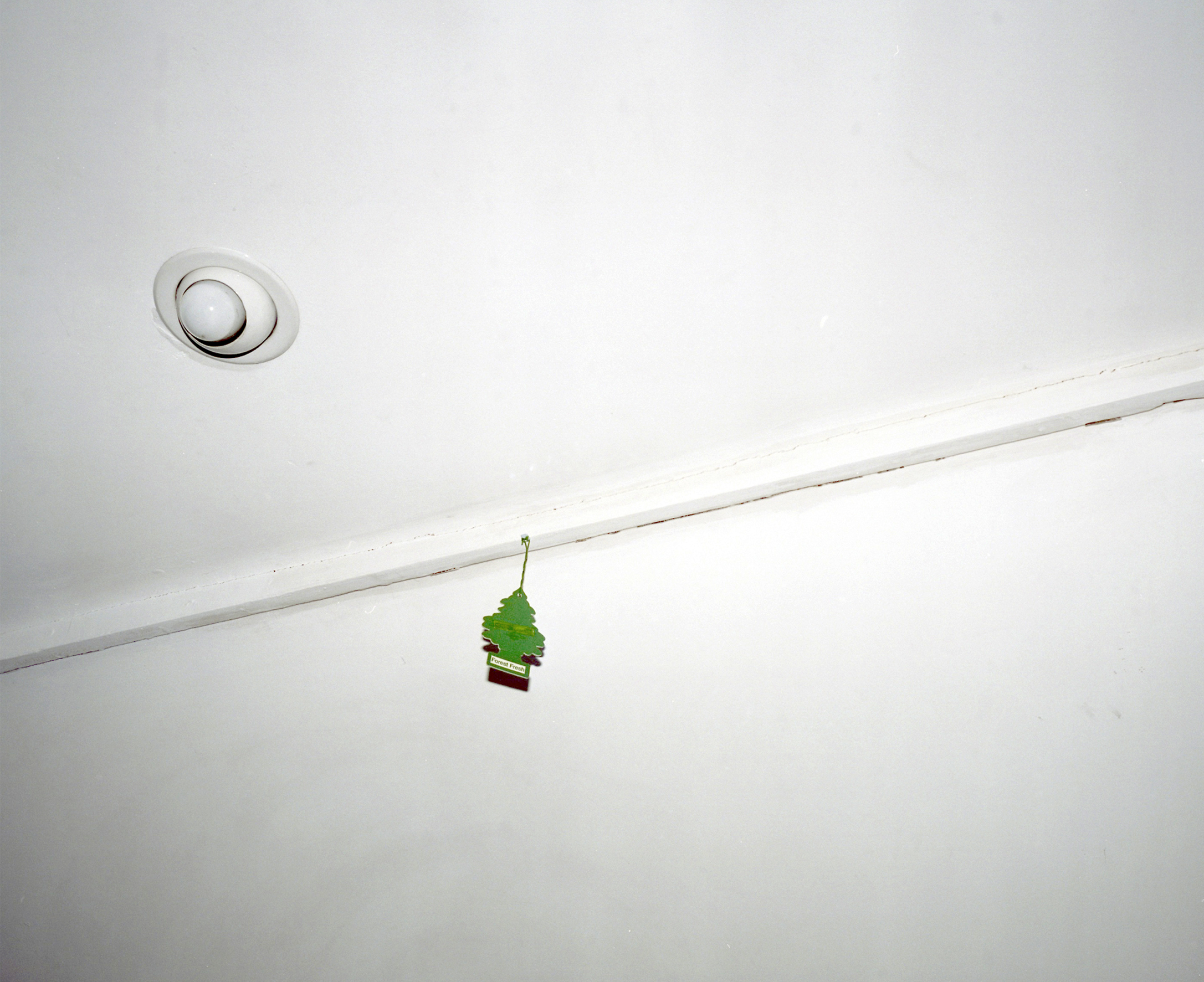
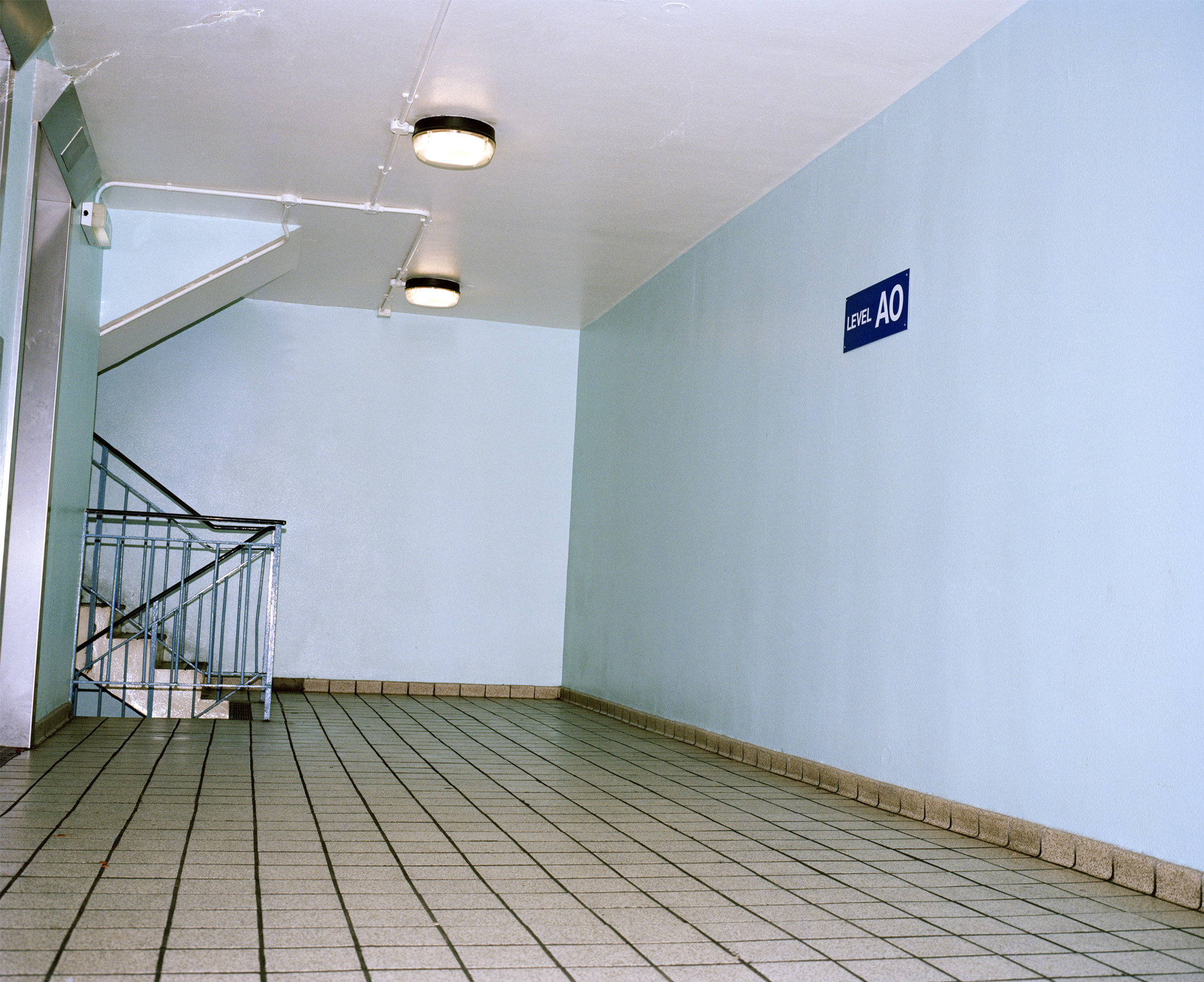







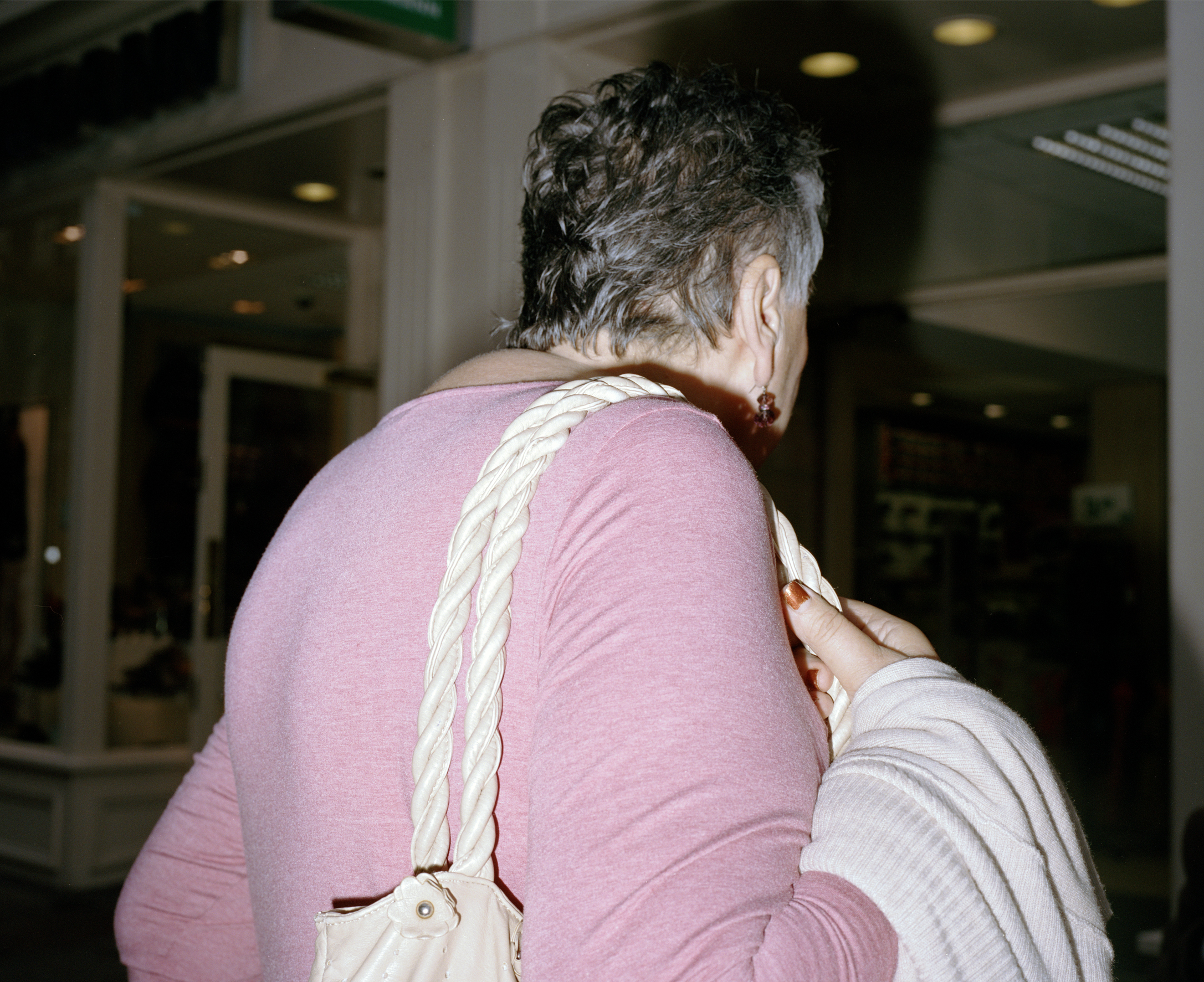

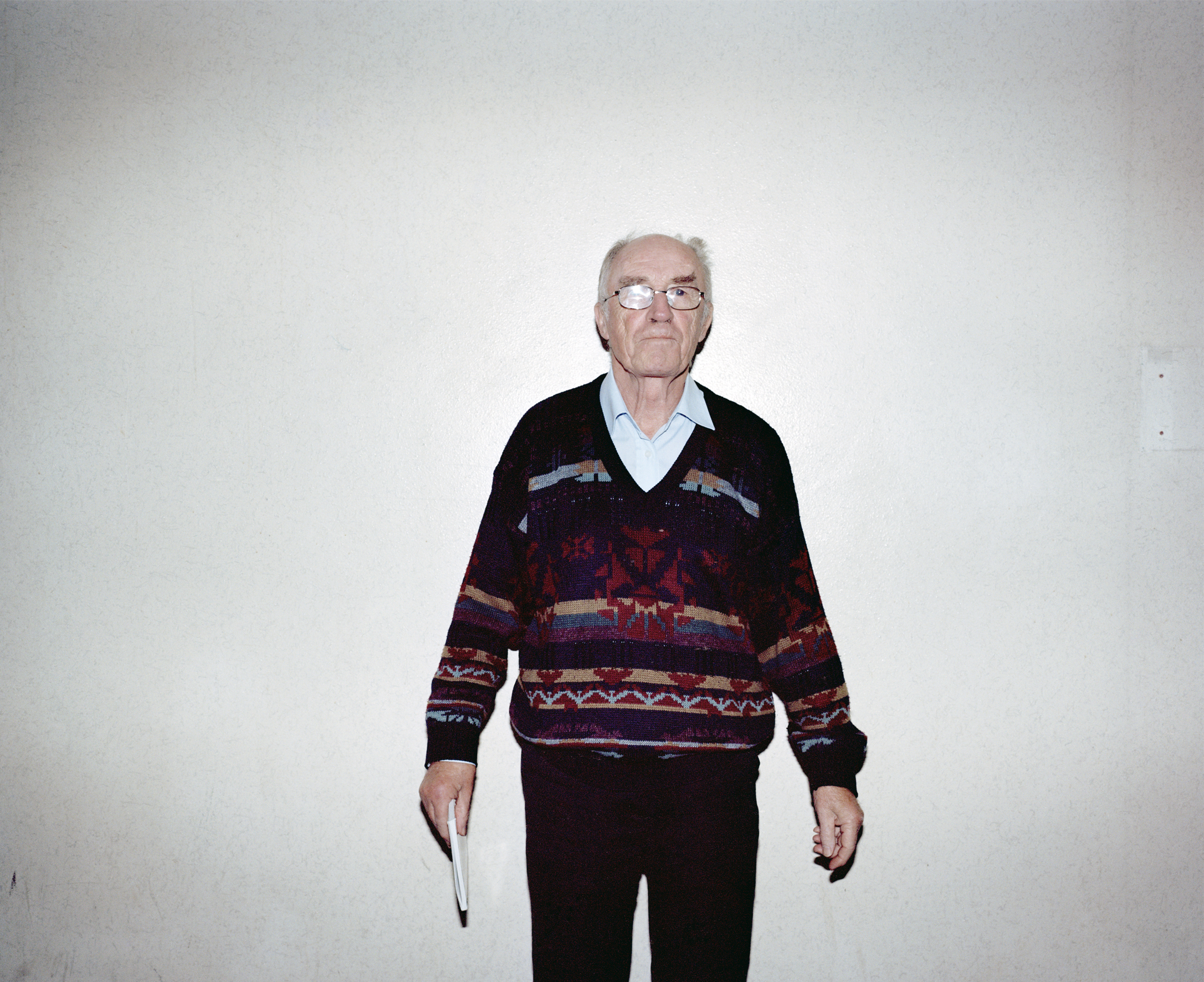
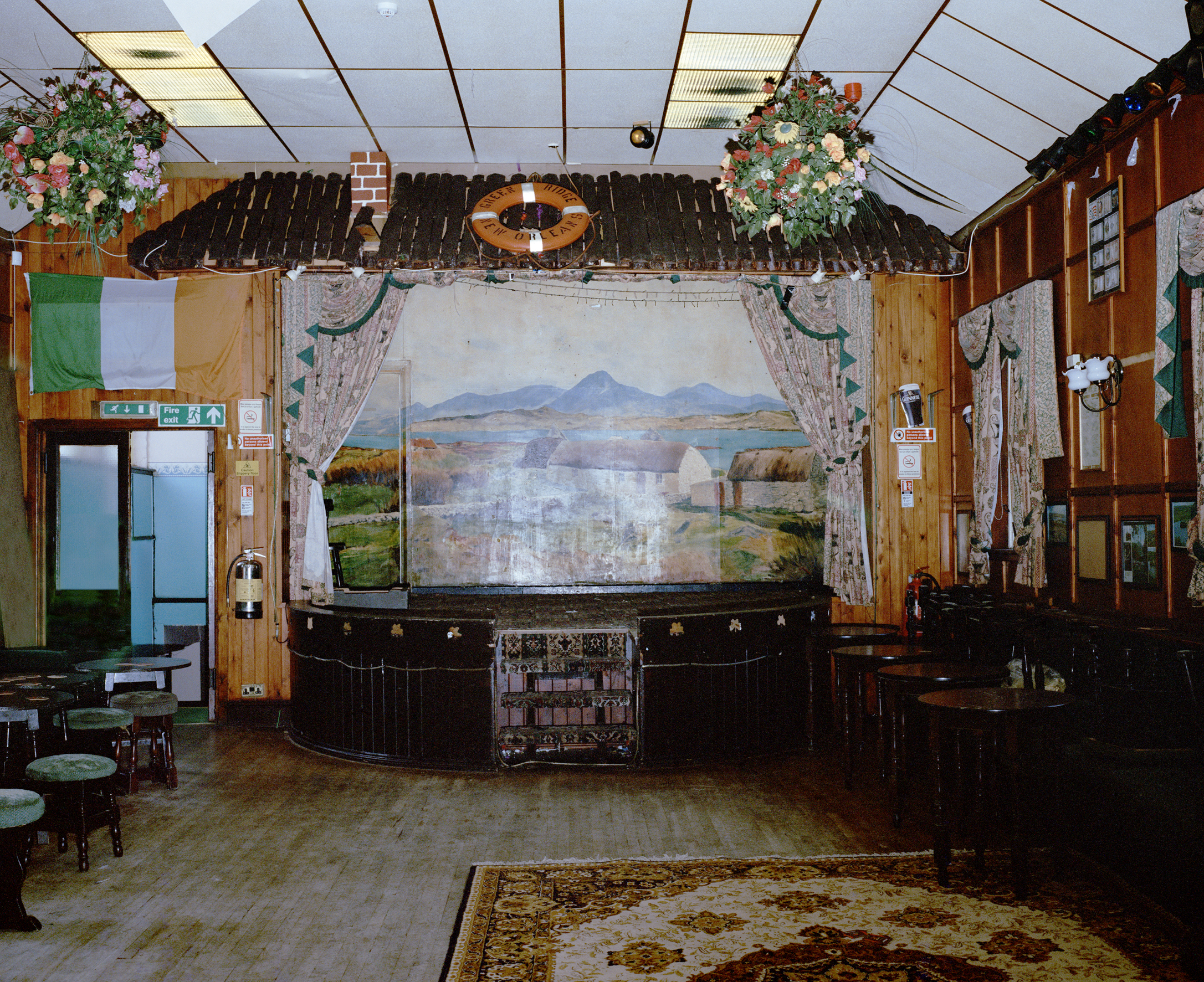






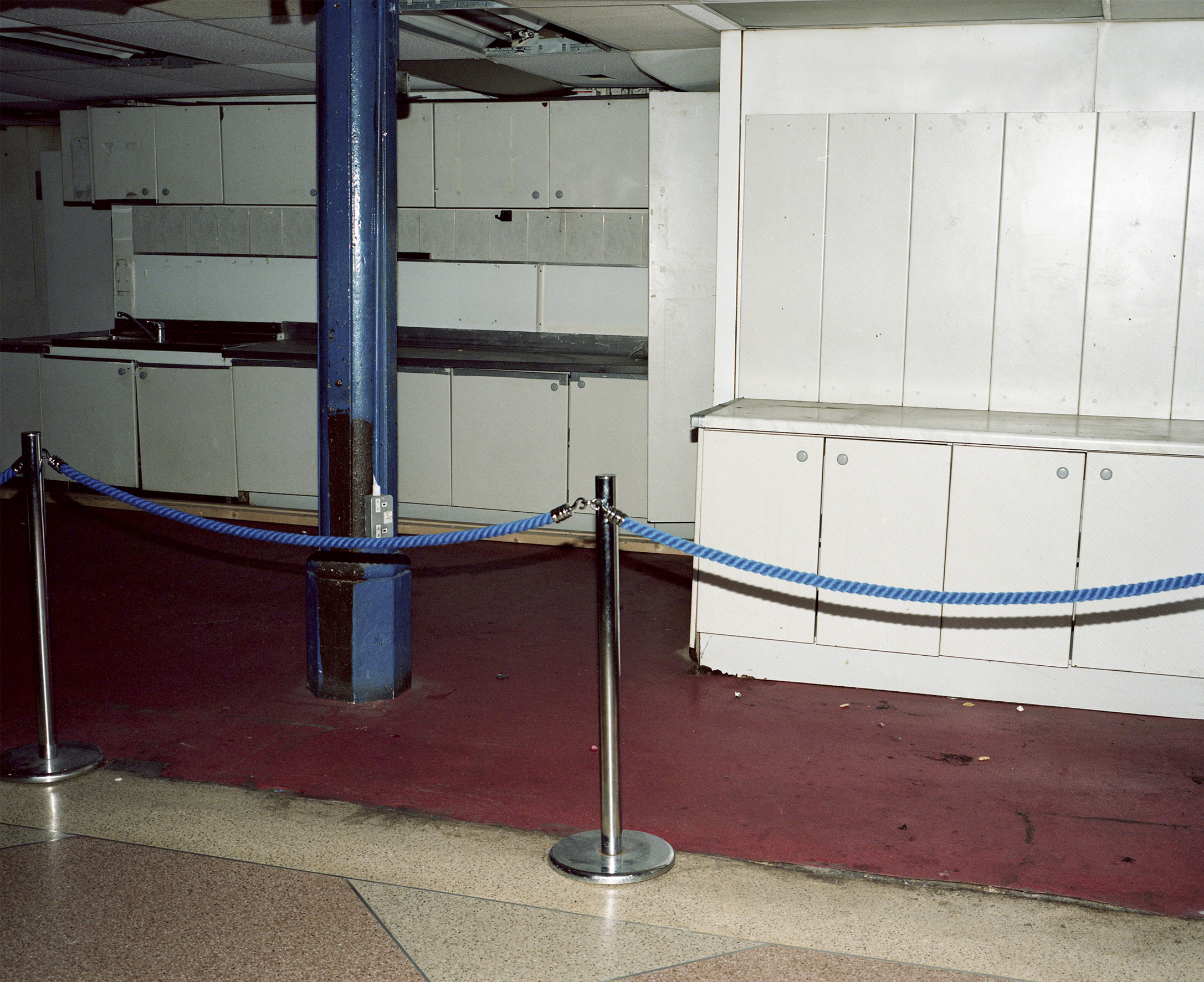



In 2015, soon after moving to the U.K. I started to listen to dancehall music - which originates in Jamaica but has a strong presence in the U.K.. I became interested in the sound and lyrics that were new for me at the time, but also in the movement as a form of resistance within the context of British colonial history. Coming from Galicia, a territory which holds a history of cultural oppression -most recently during the fascist regime that finished in 1975- I became interested in the contestation and political values retained within Dancehall.
I started to attend dancehall parties in London, Bristol and Birmingham and soon became frustrated with the images from photographing the events as an observer. Through questioning the photographic medium and its potential, I began arranging encounters with people I had met at the parties, starting a process that would last for three years and which was allowing me to have an active part within the process - and establish stronger relationships which otherwise might not have taken place. The outcome was the documentation of both an encounter and a collision that became central to the series, as well as to my future way of working.
The work's title is in reference to Dr Carolyn Cooper’s book ‘Noises in the Blood: Orality, Gender, and the"Vulgar'' Body of Jamaican Popular Culture’. Through studying Cooper’s work ideas around femininity and its perception within the West became a further point of reflection for the series. I gained perspective from Eurocentric ideas of womanhood through encountering a different understanding to the canon of beauty that prizes fragility and prudence, in opposition to a more assertive role in relation to one's own body and sexuality. At the end, the images trascended the initial motivations to touch upon universal themes such as birth, love, sex, and death.
‘Noises’ was exhibited at Fishbar alongside a limited edition Leporello catalog of the work published by Fishbar Books.
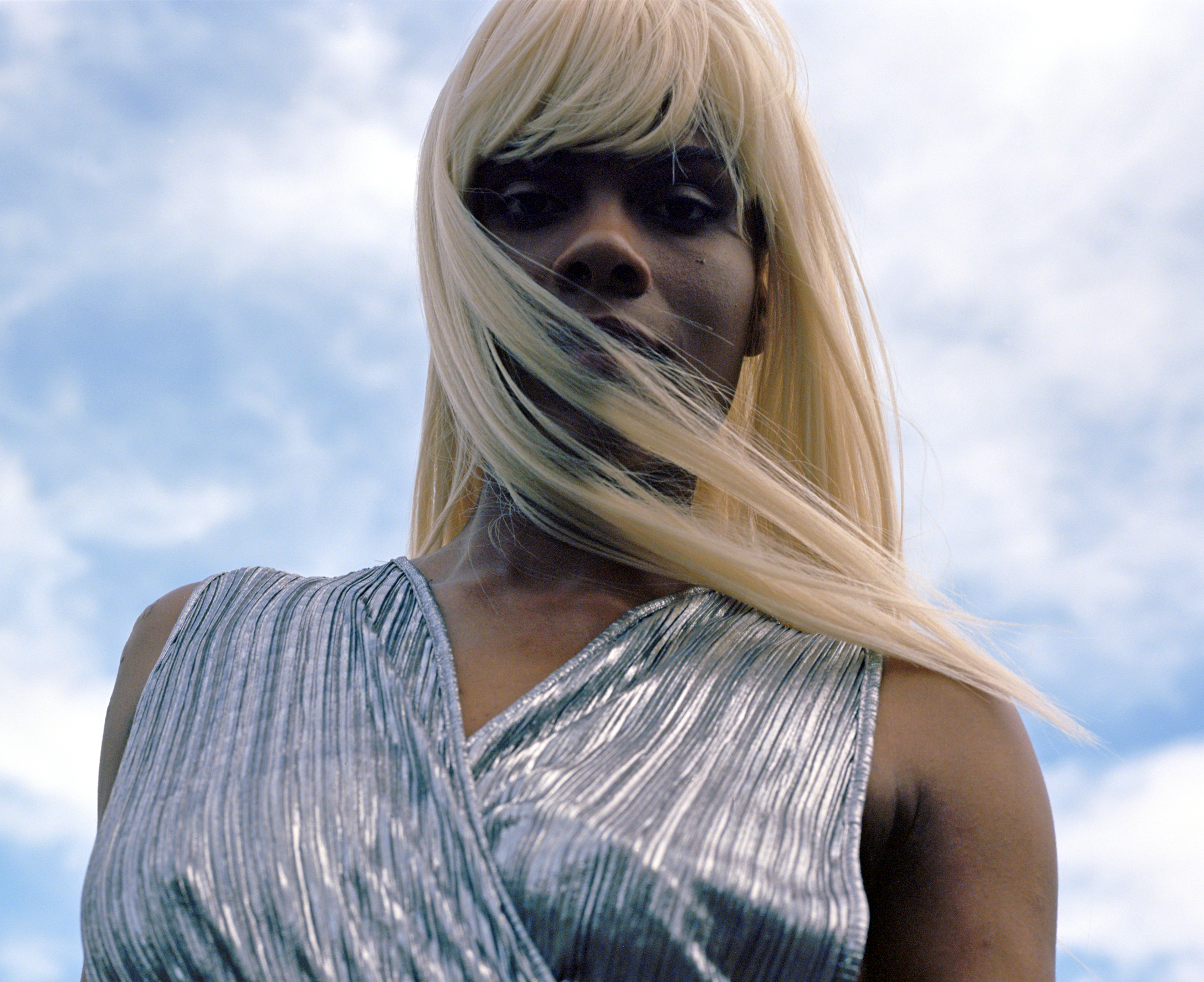
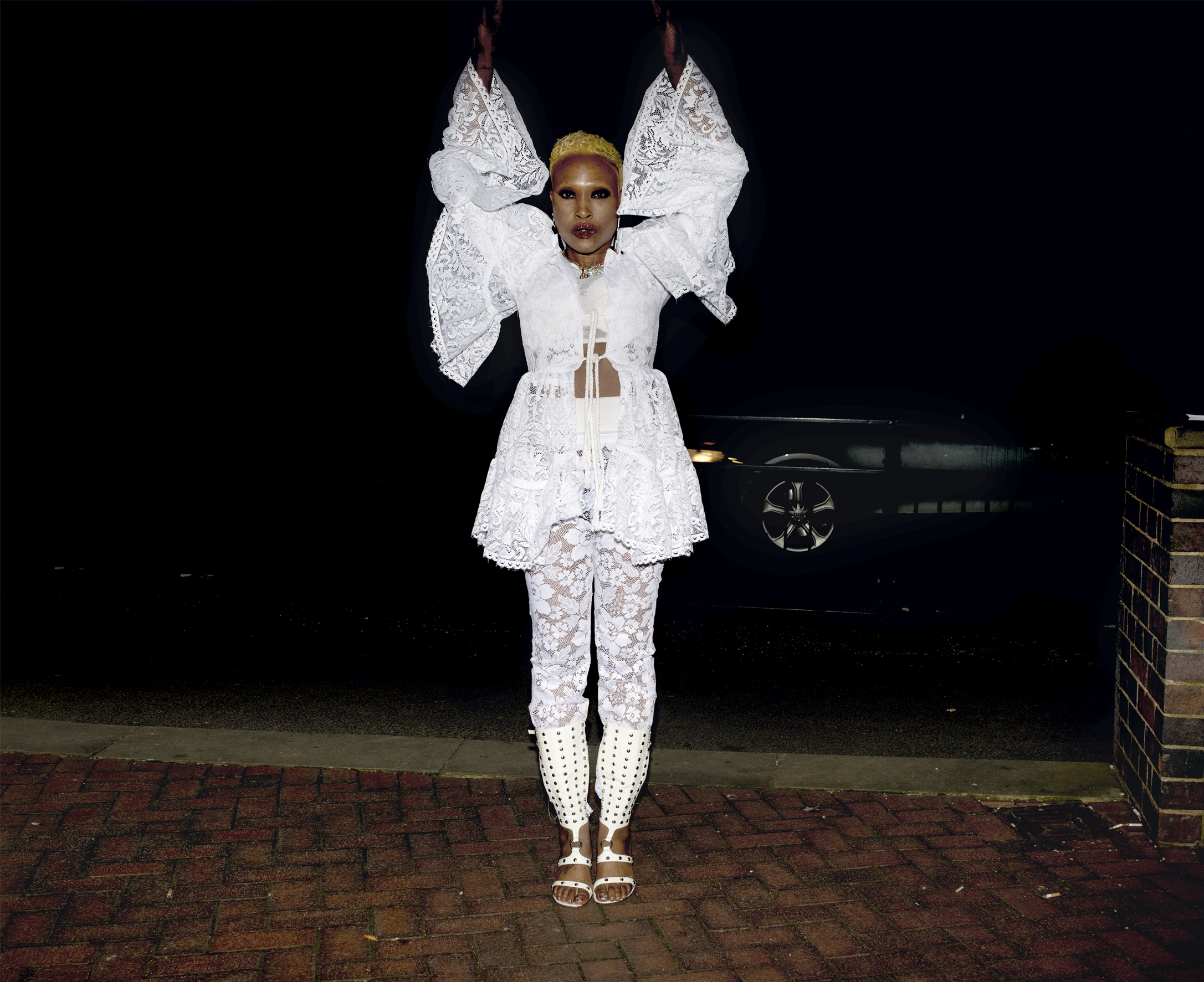
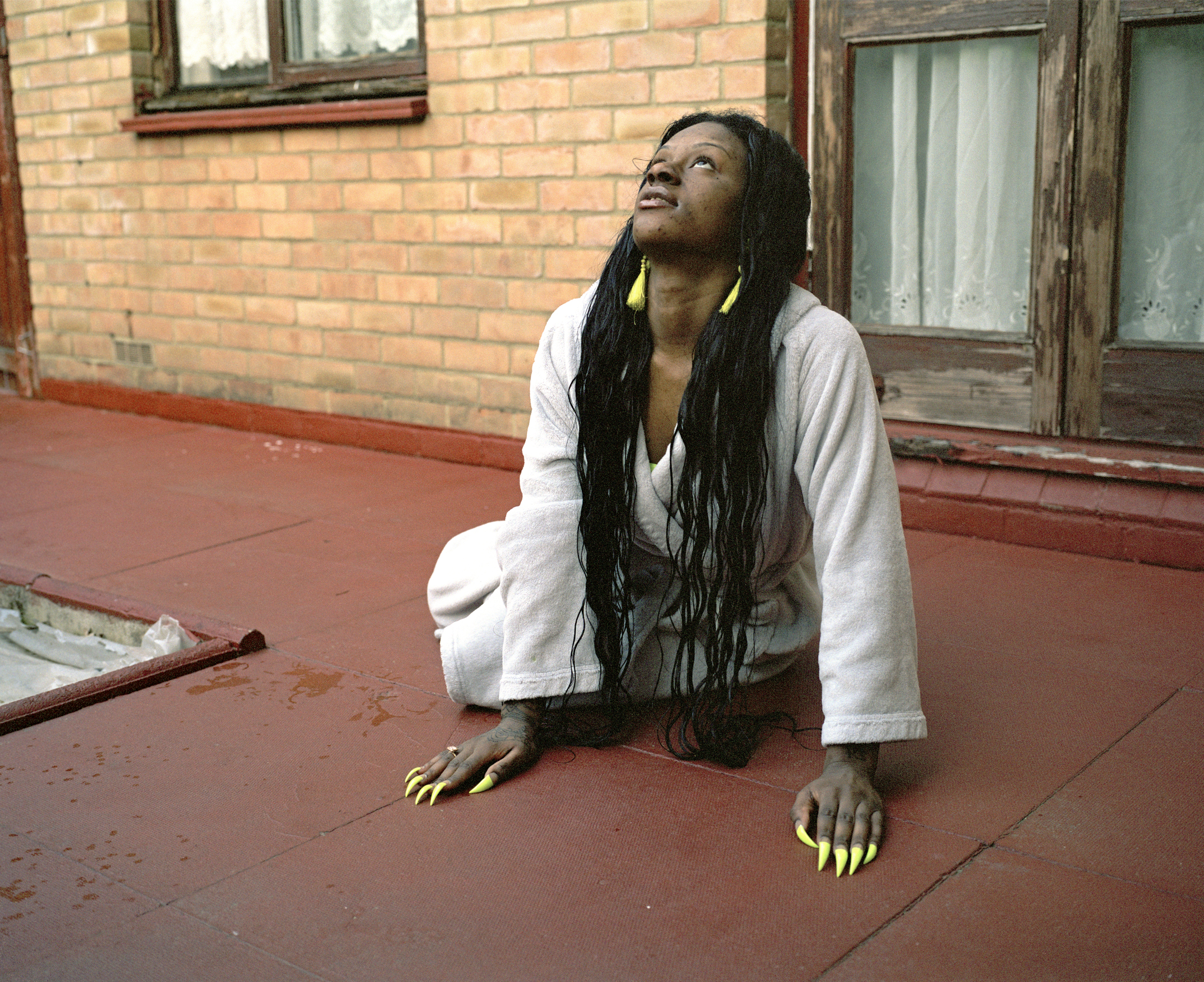
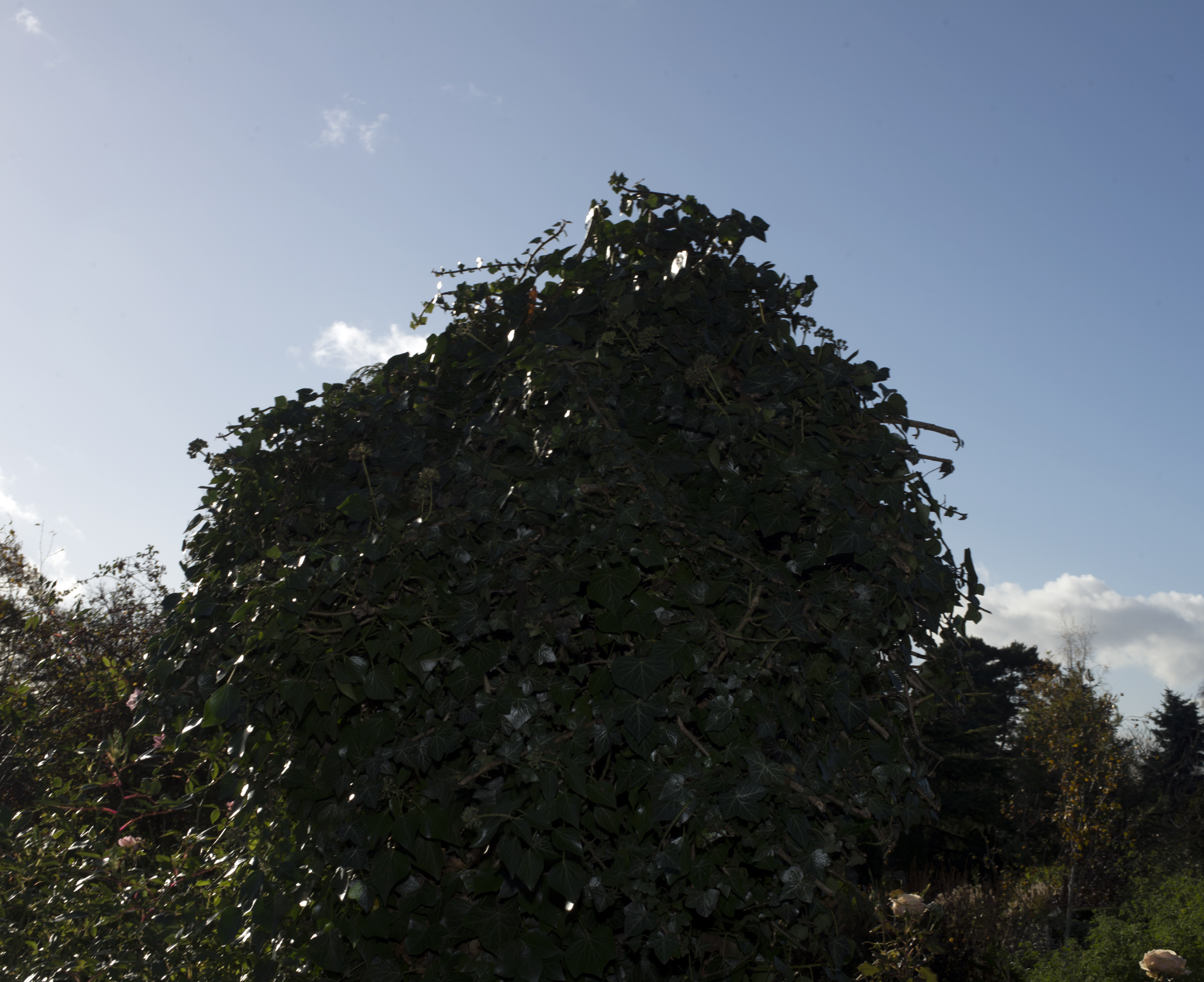
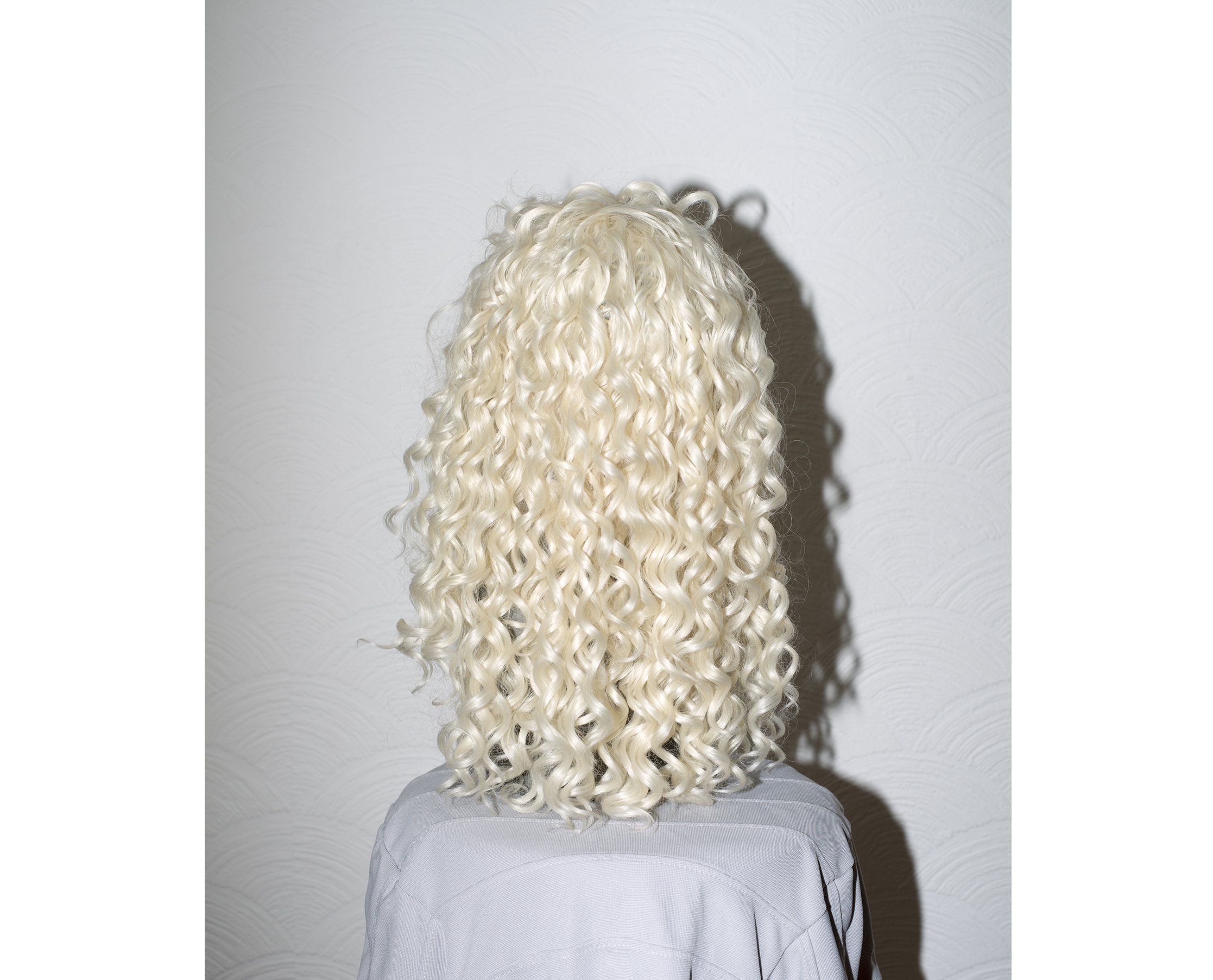
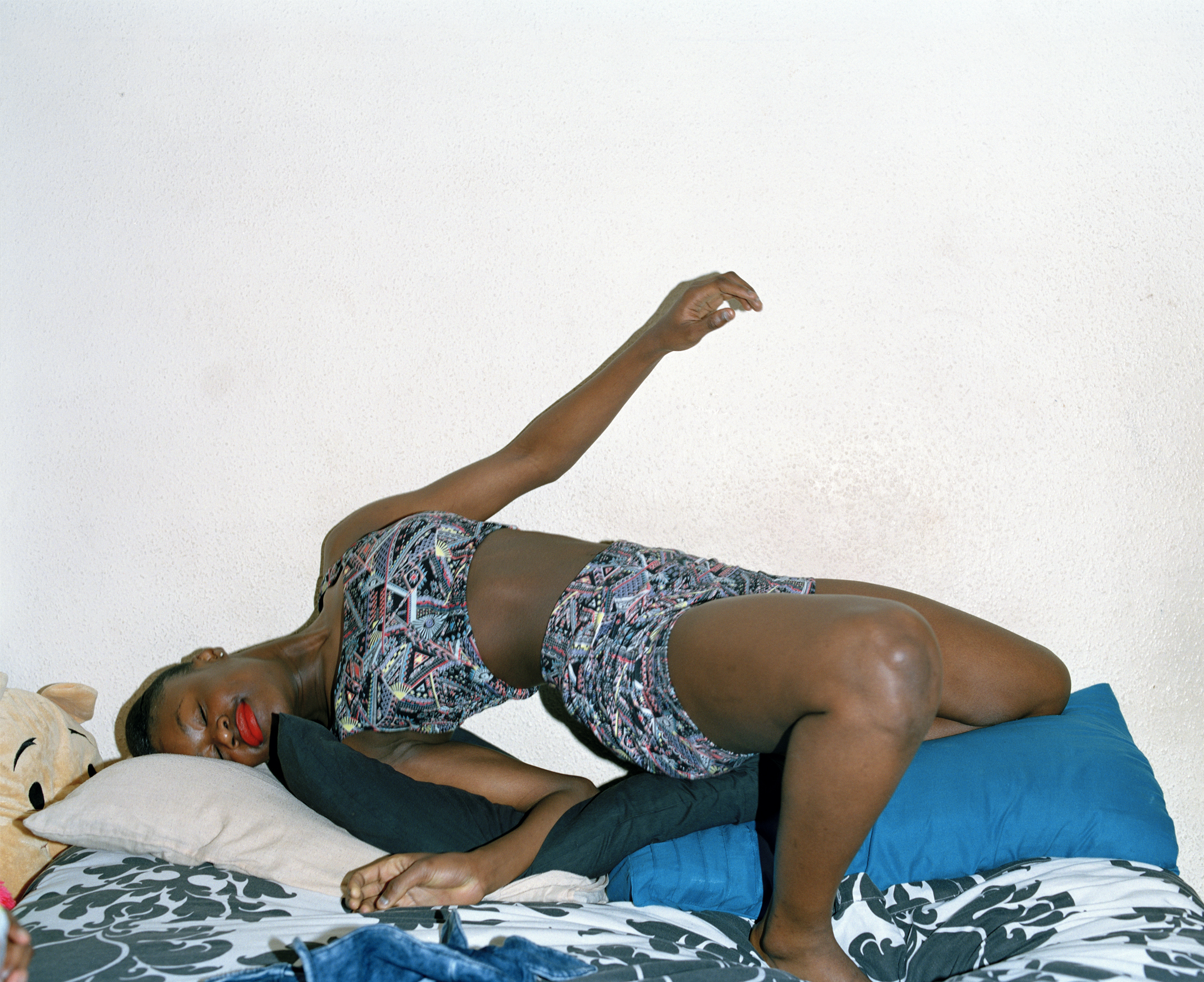

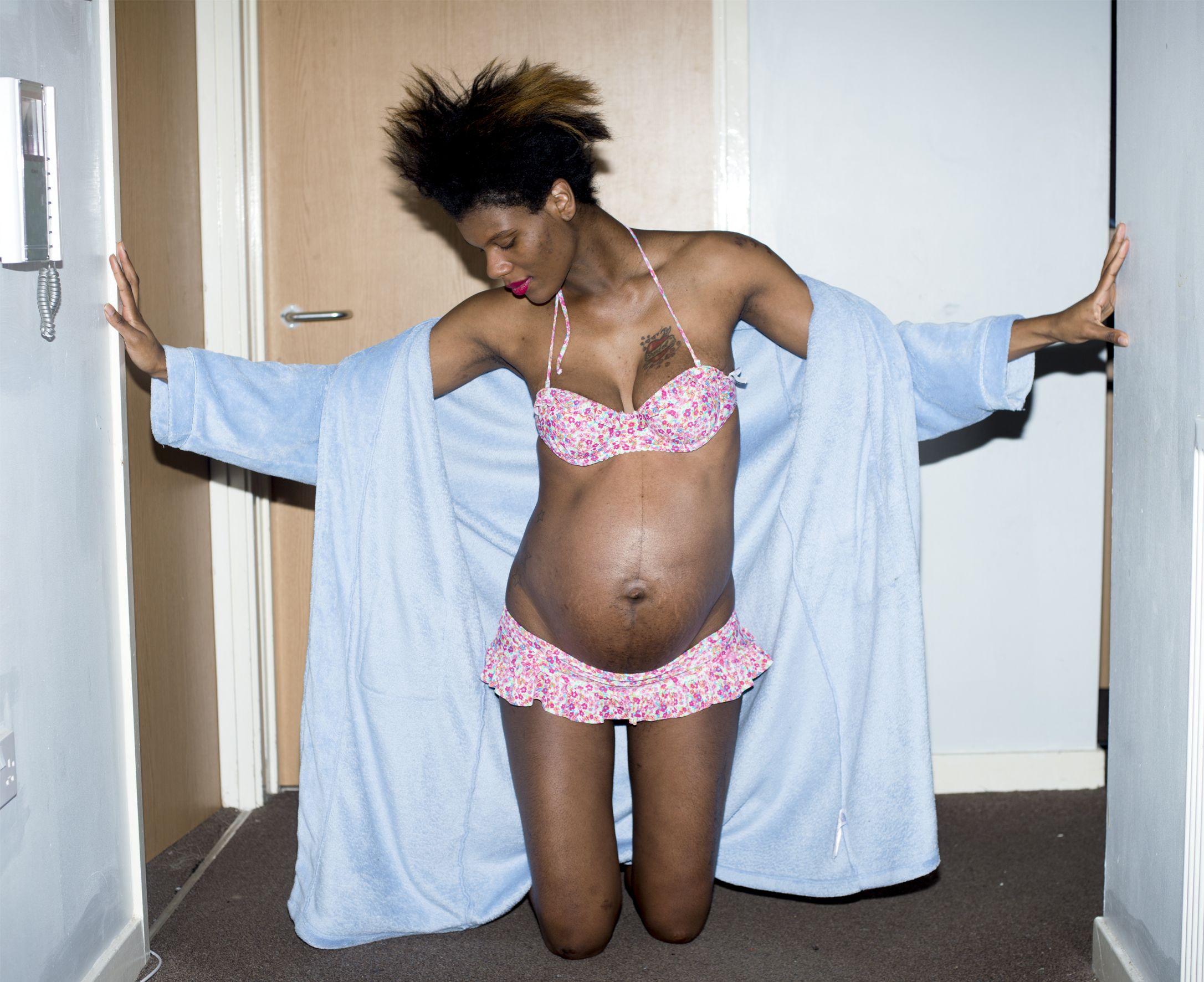
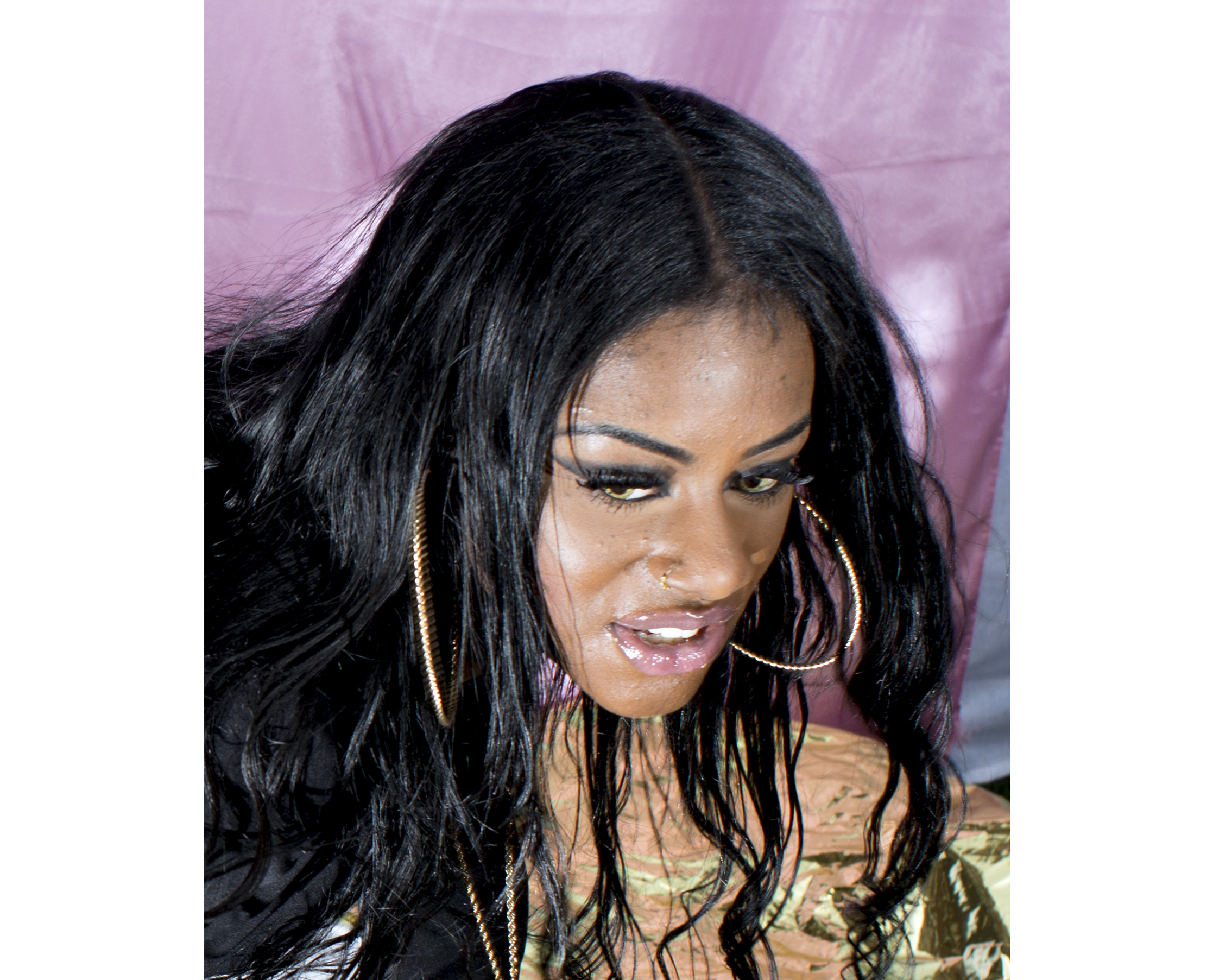
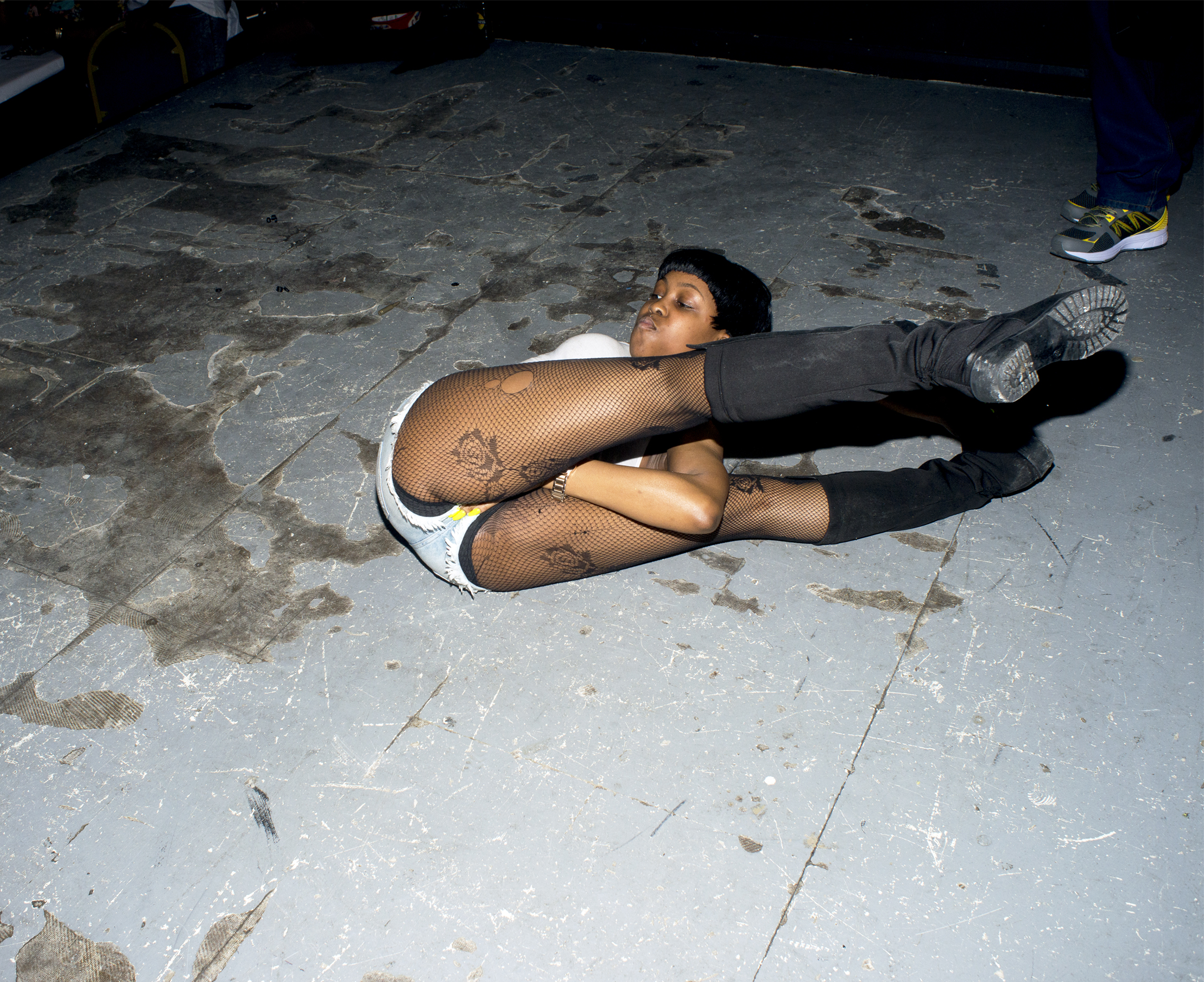
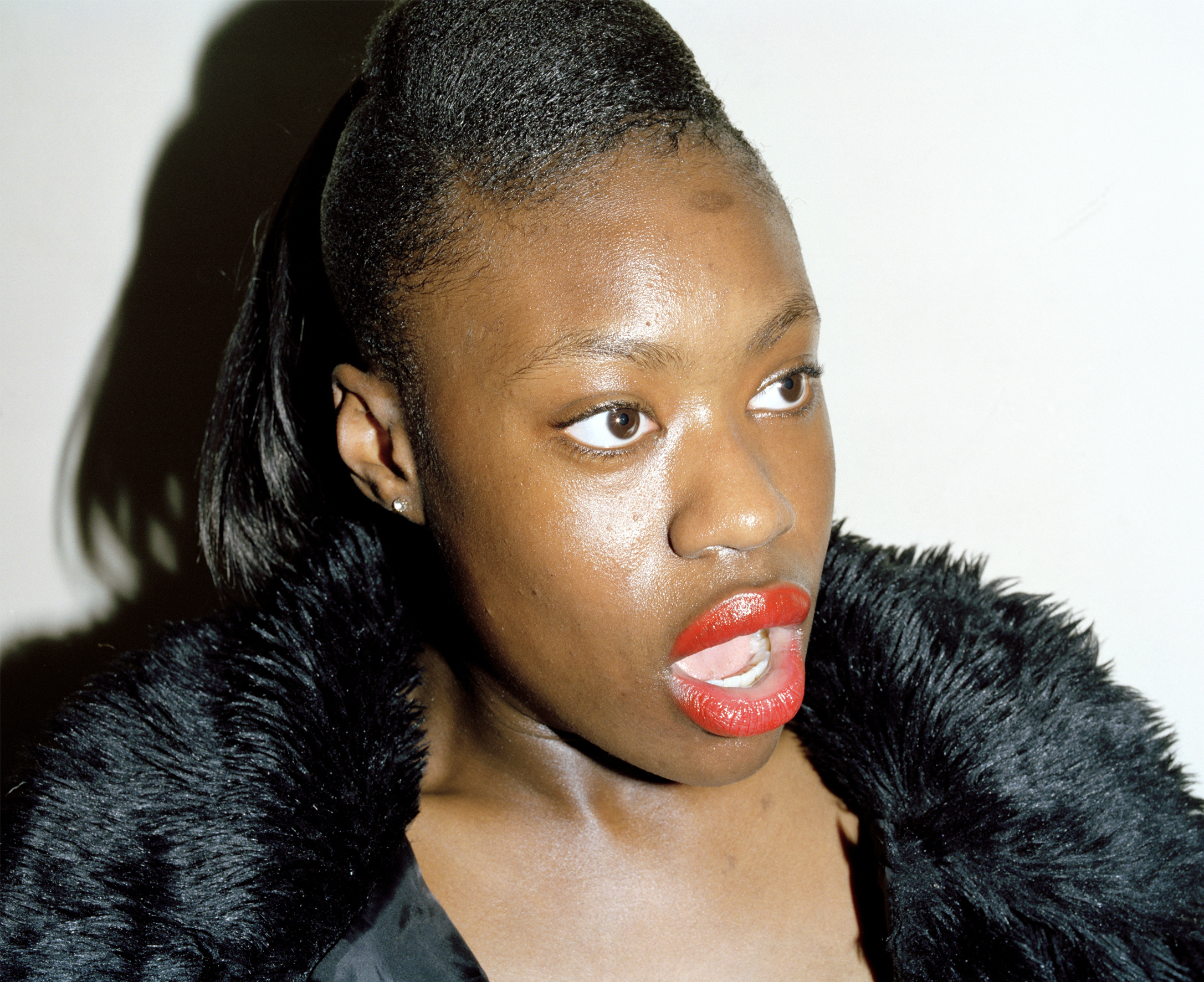

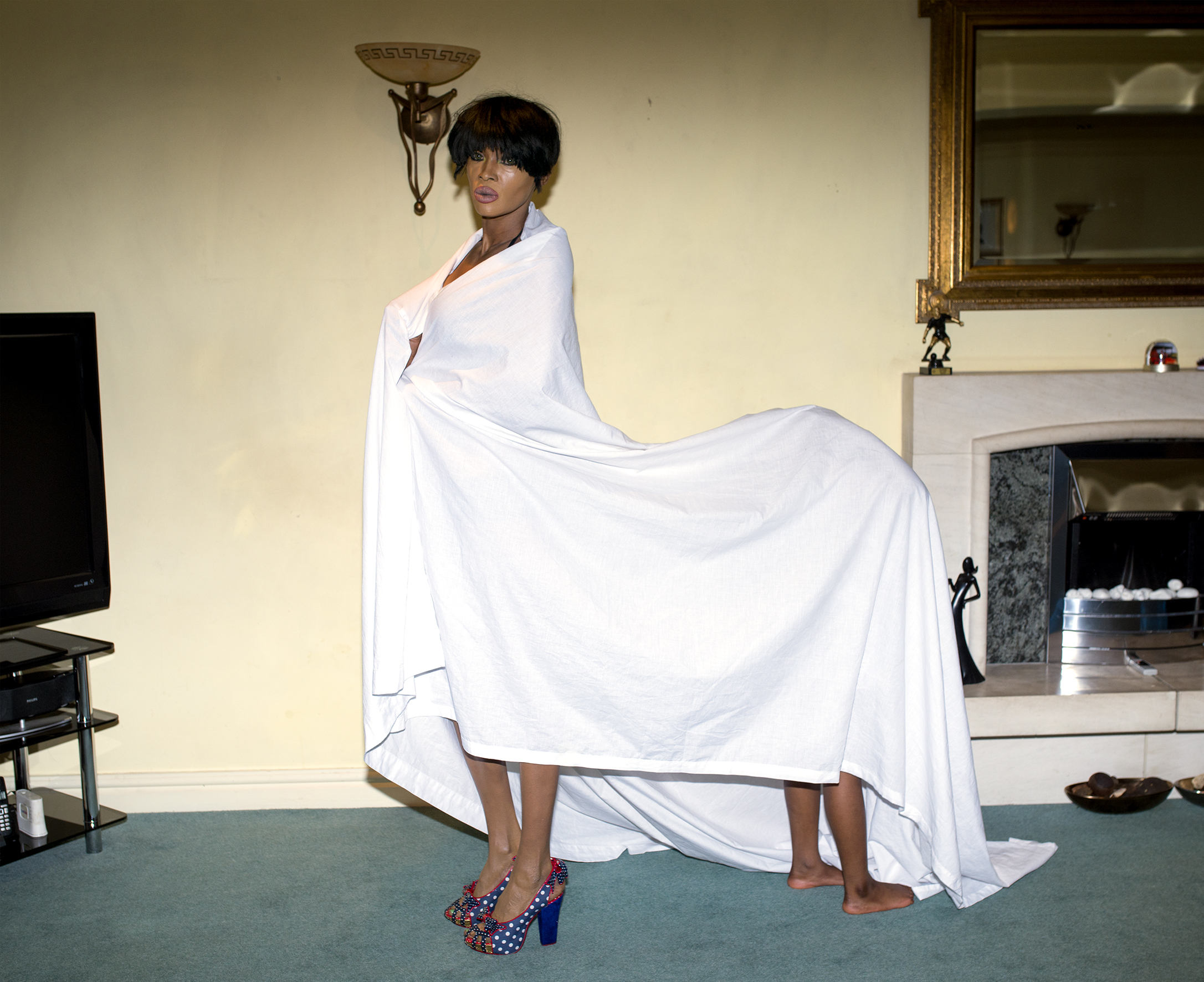
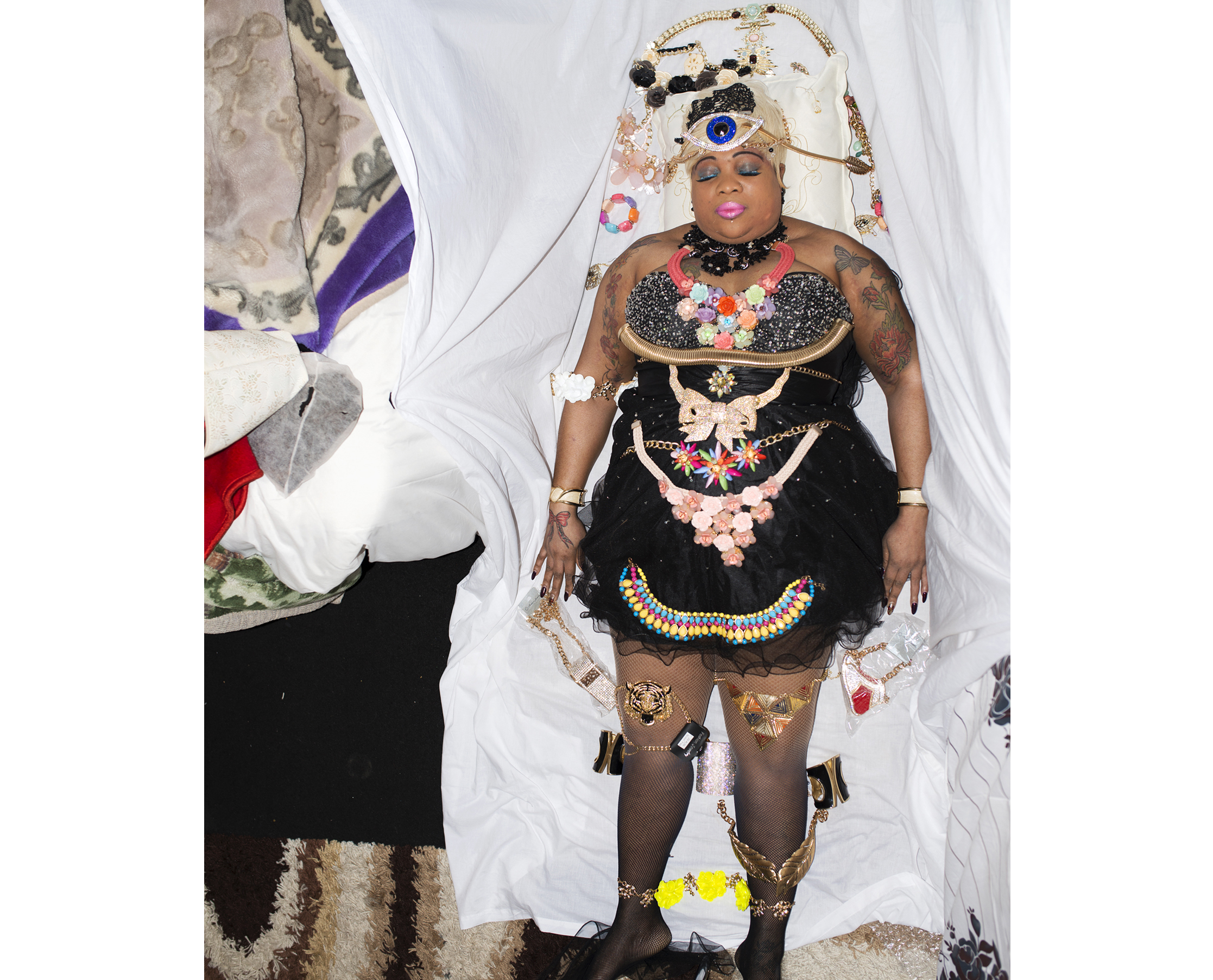
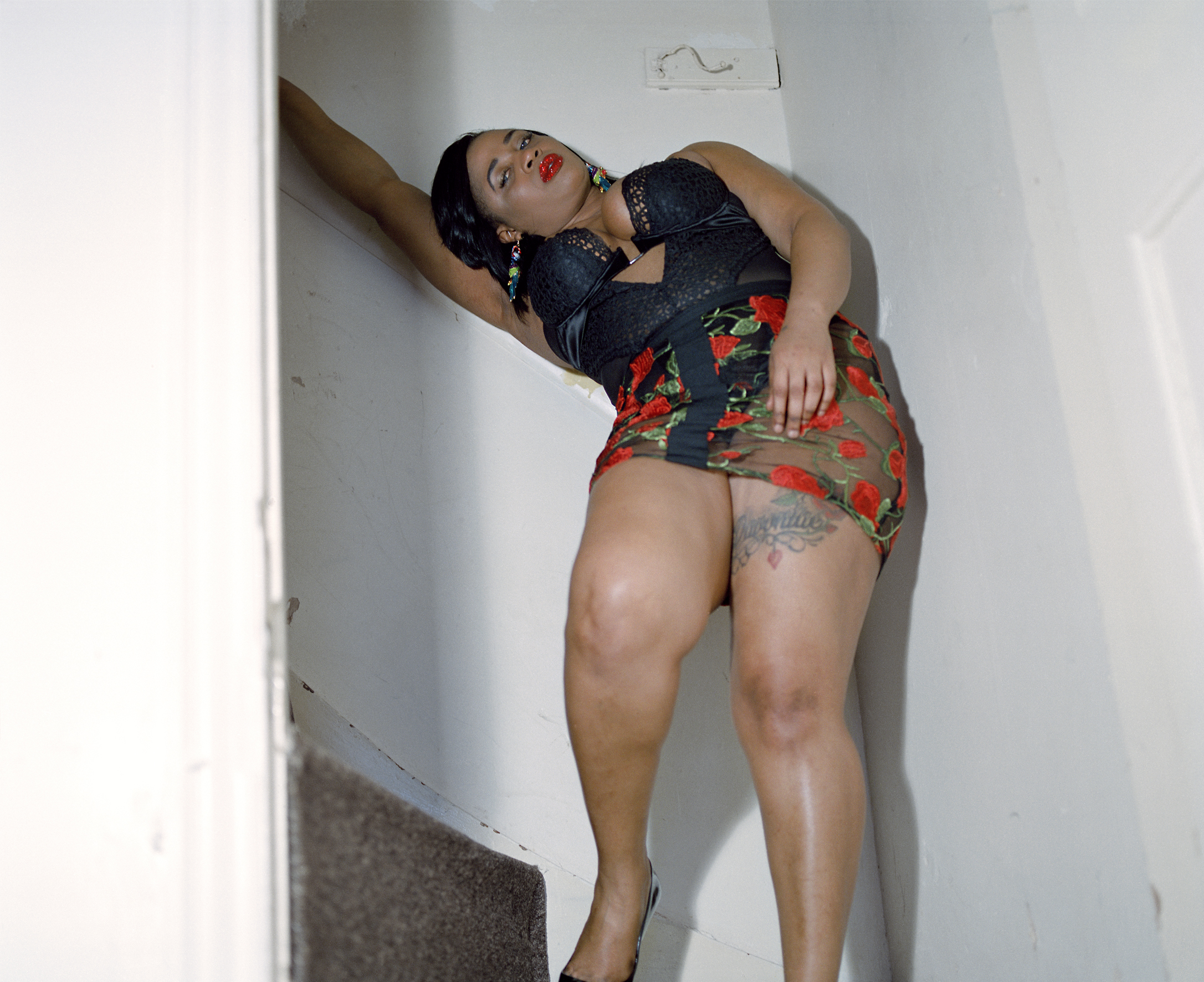


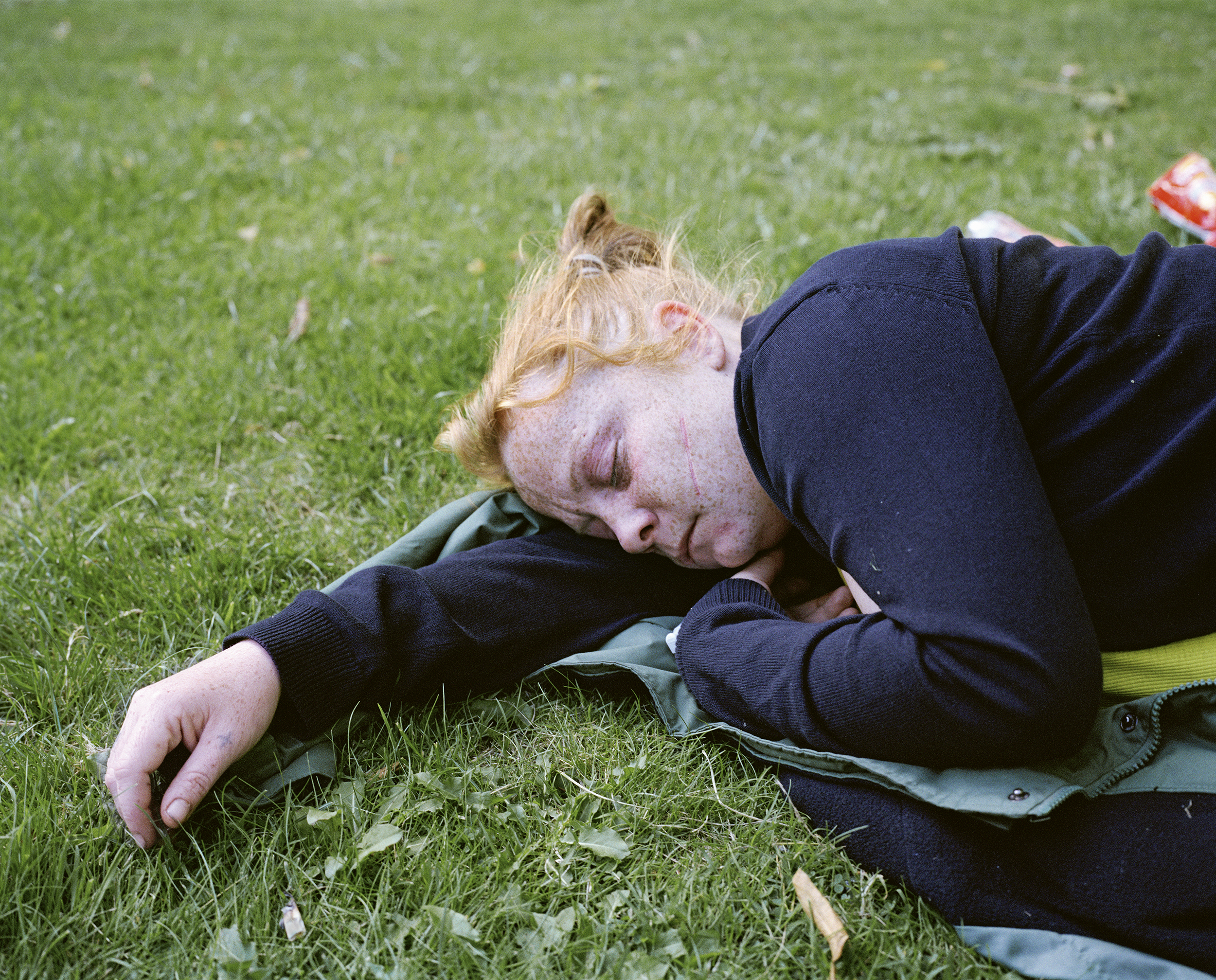
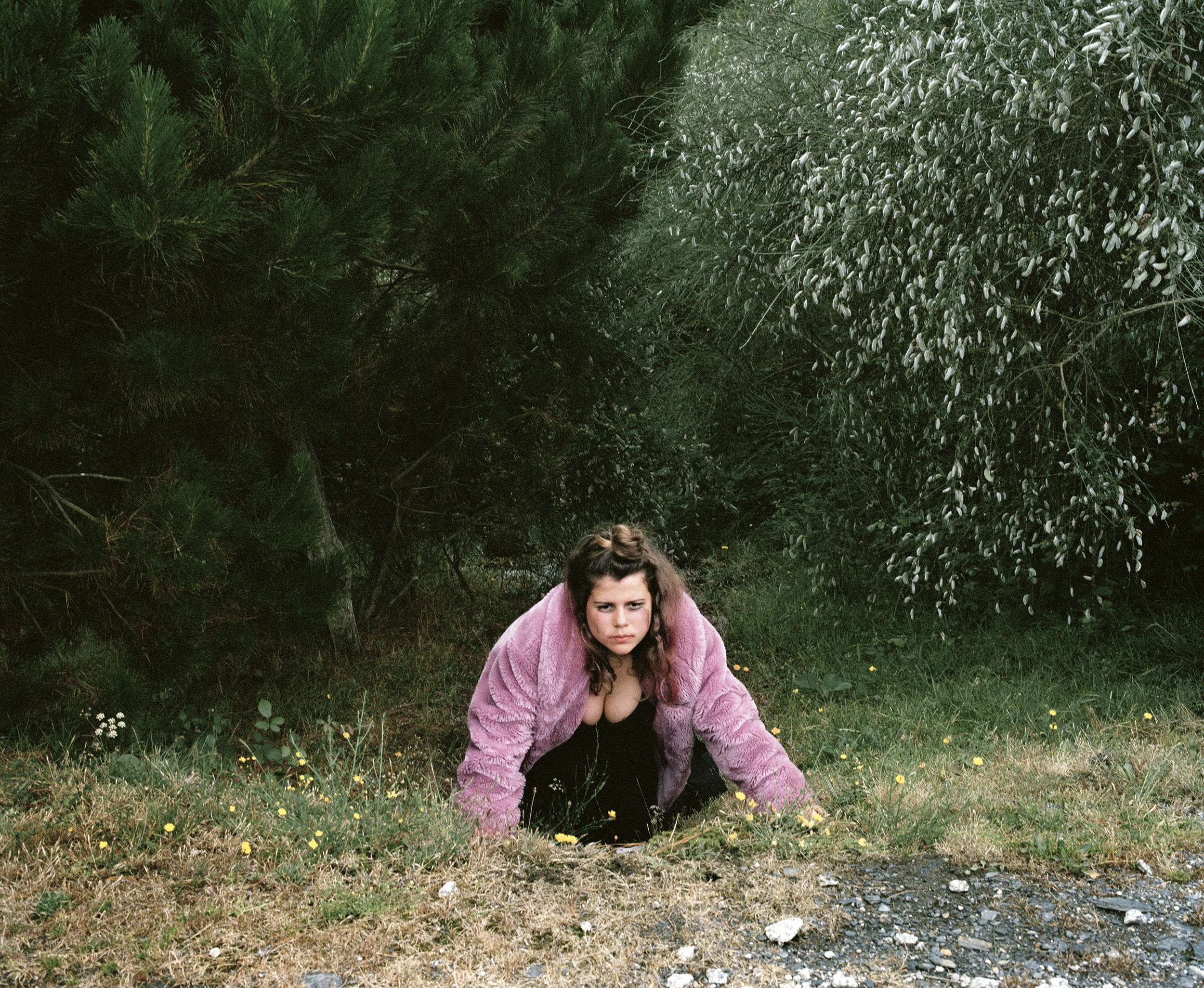
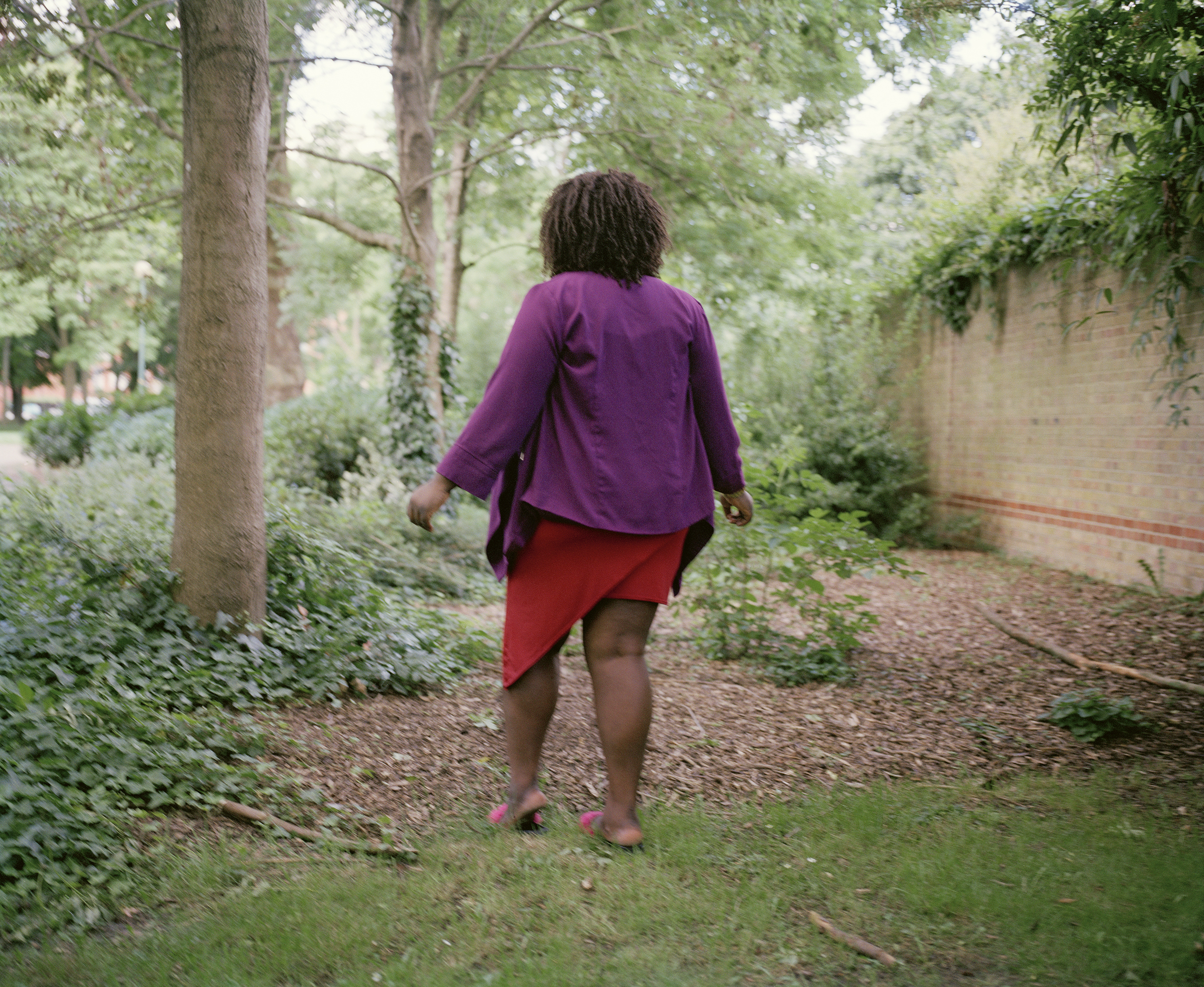
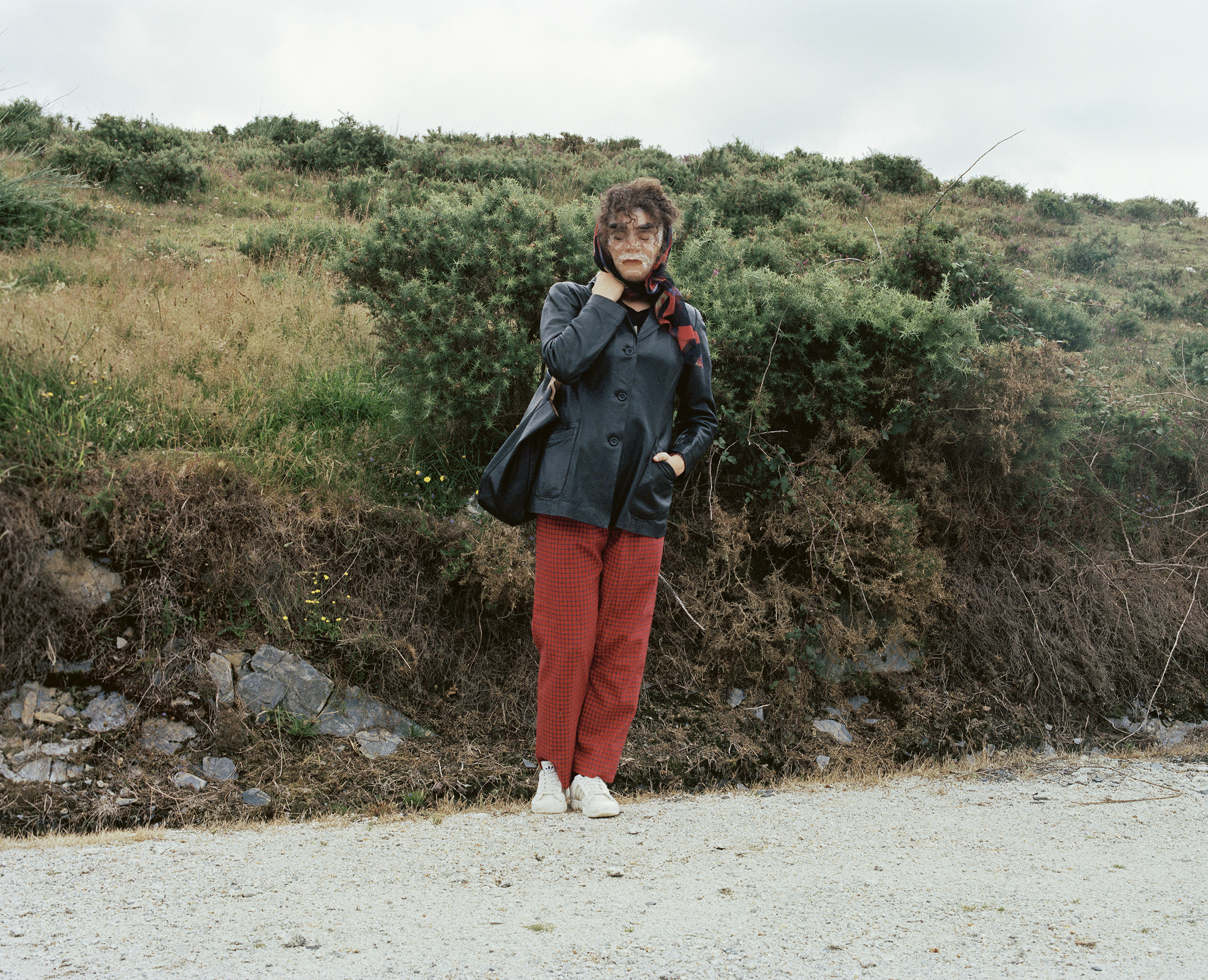

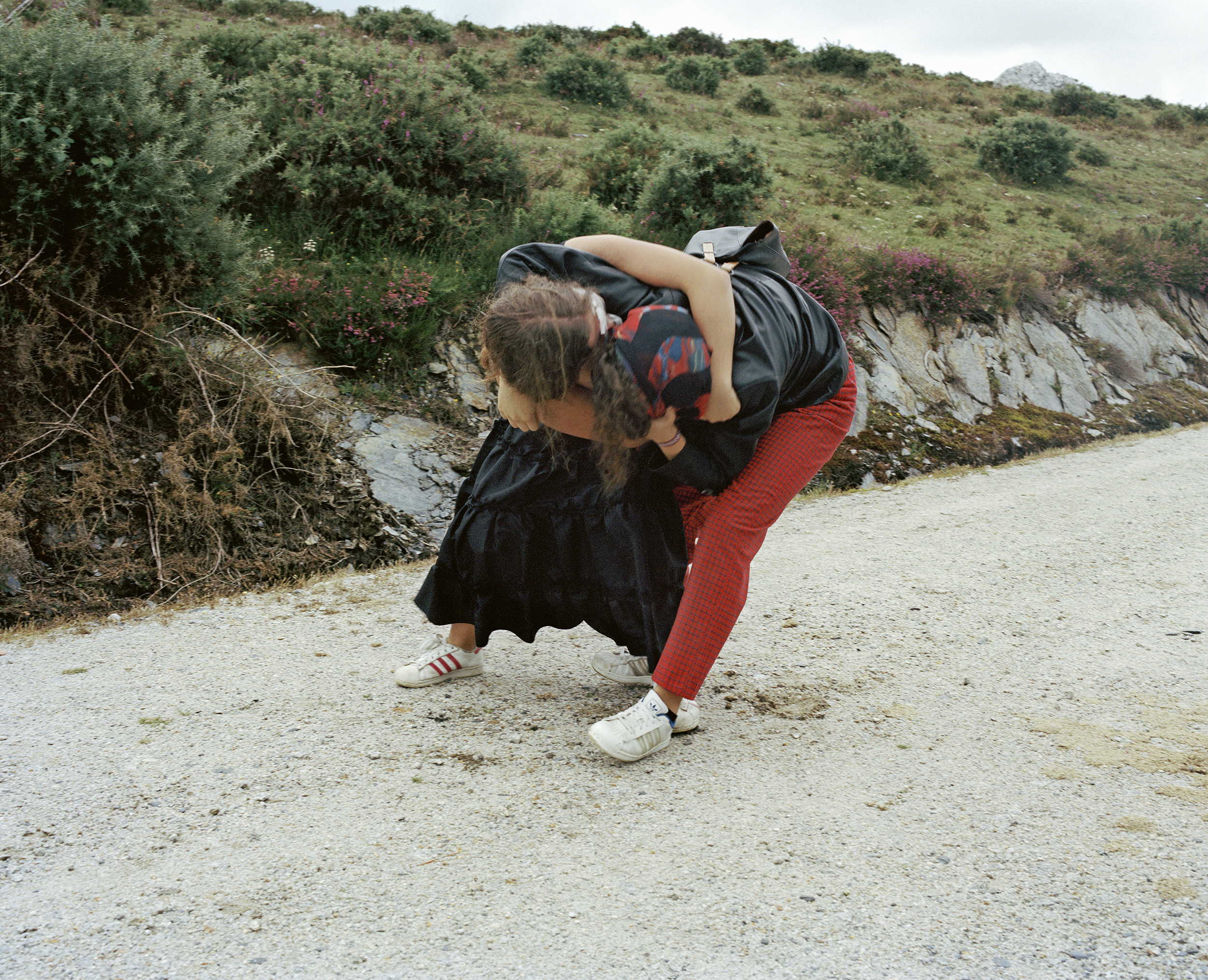





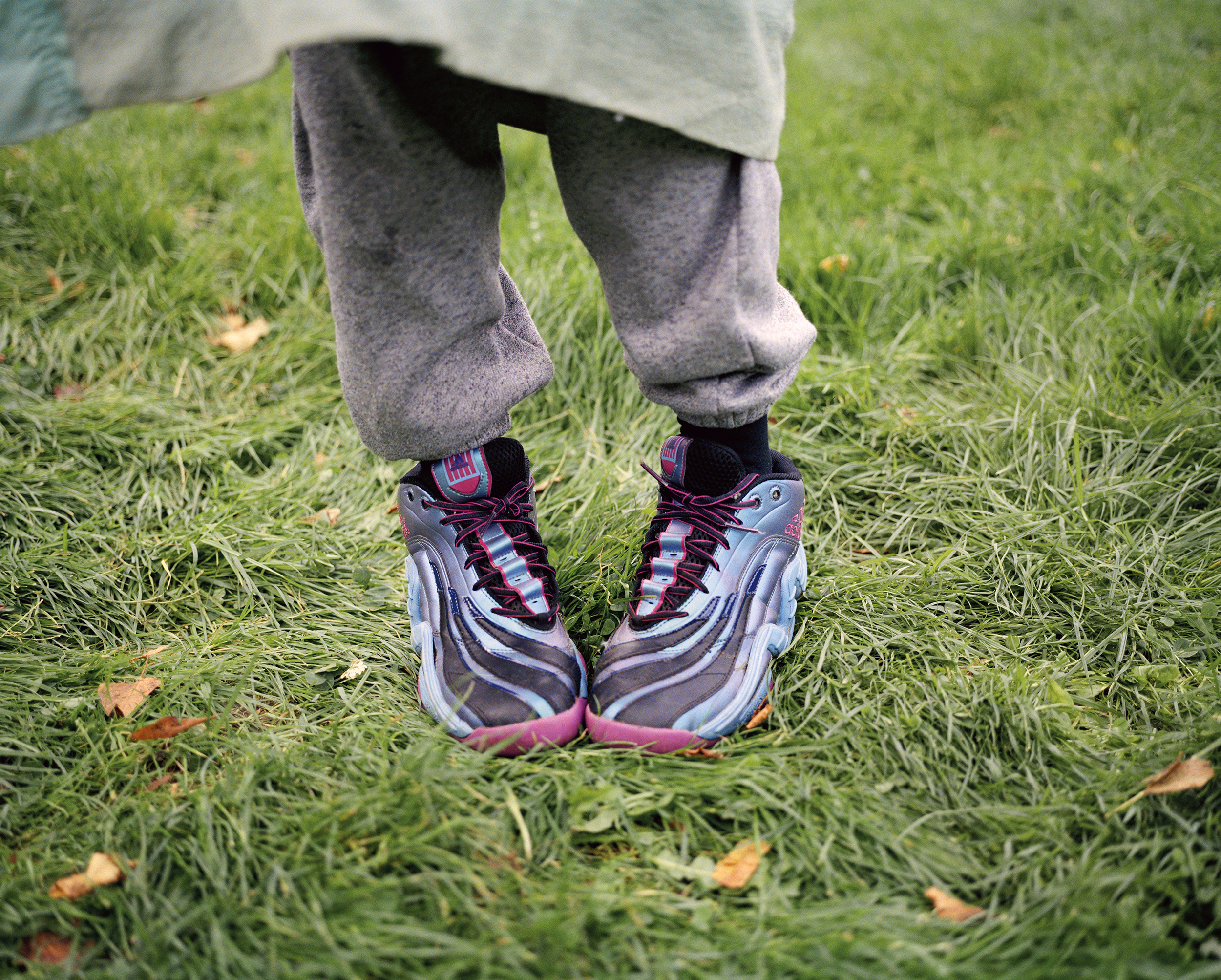


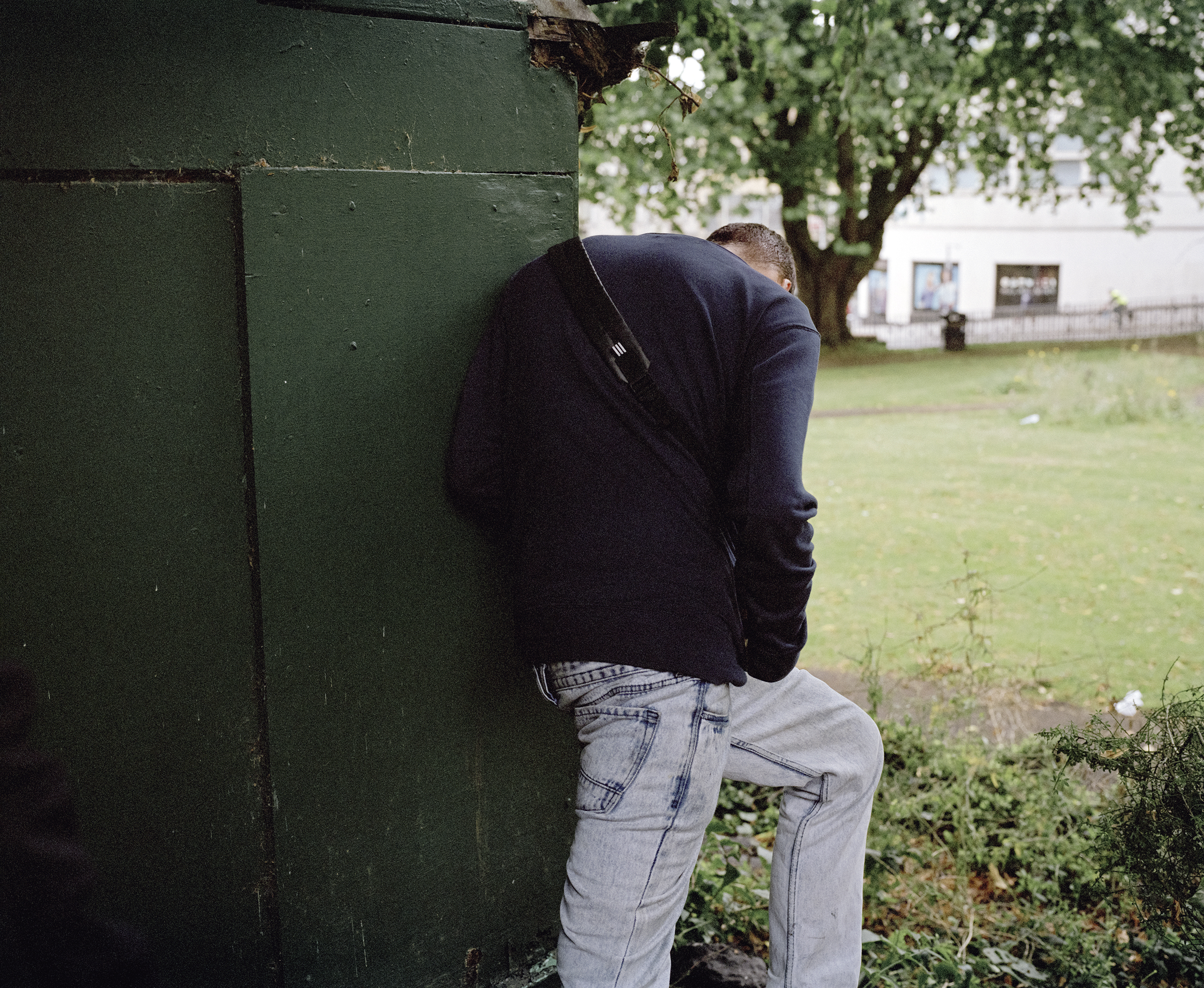

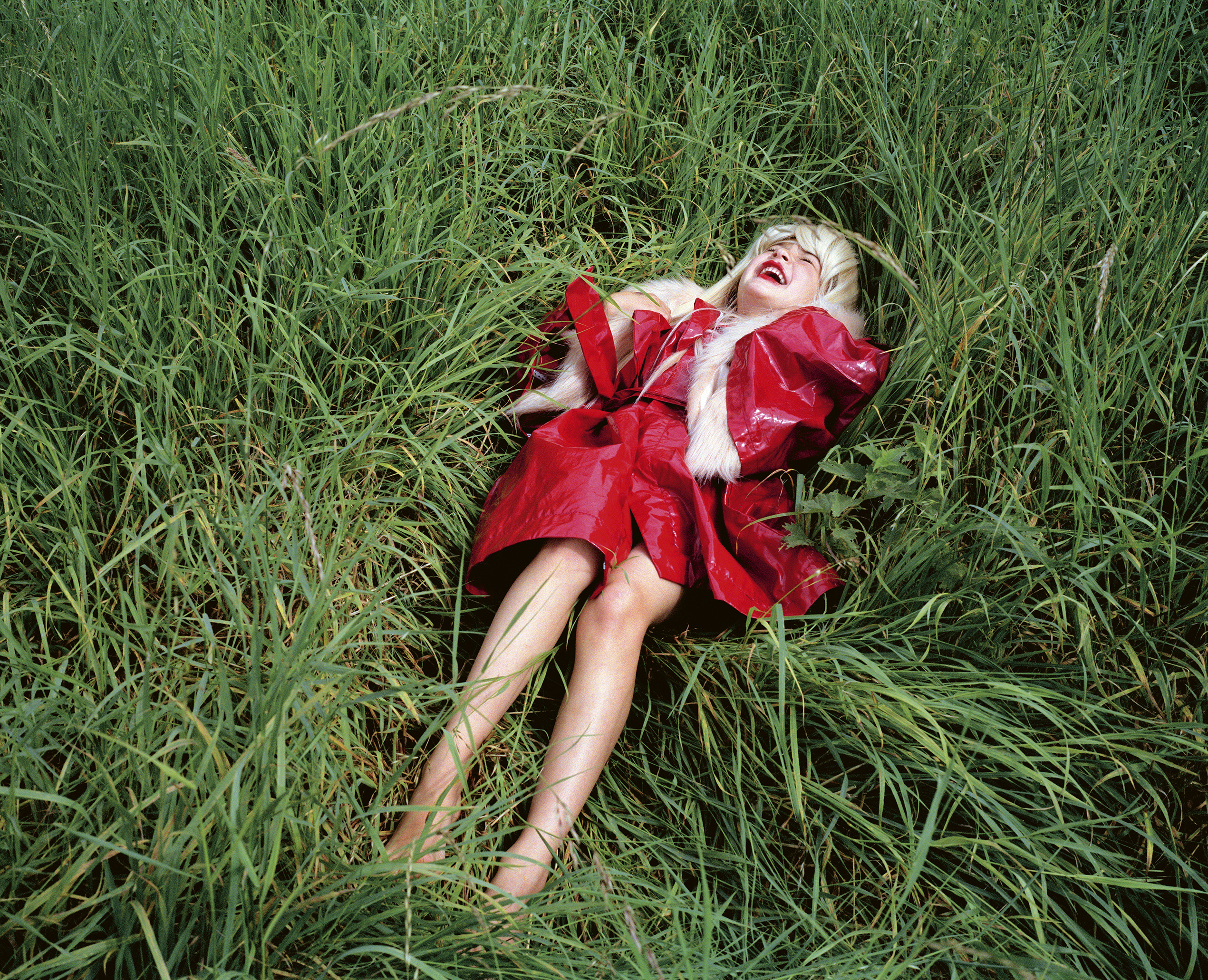
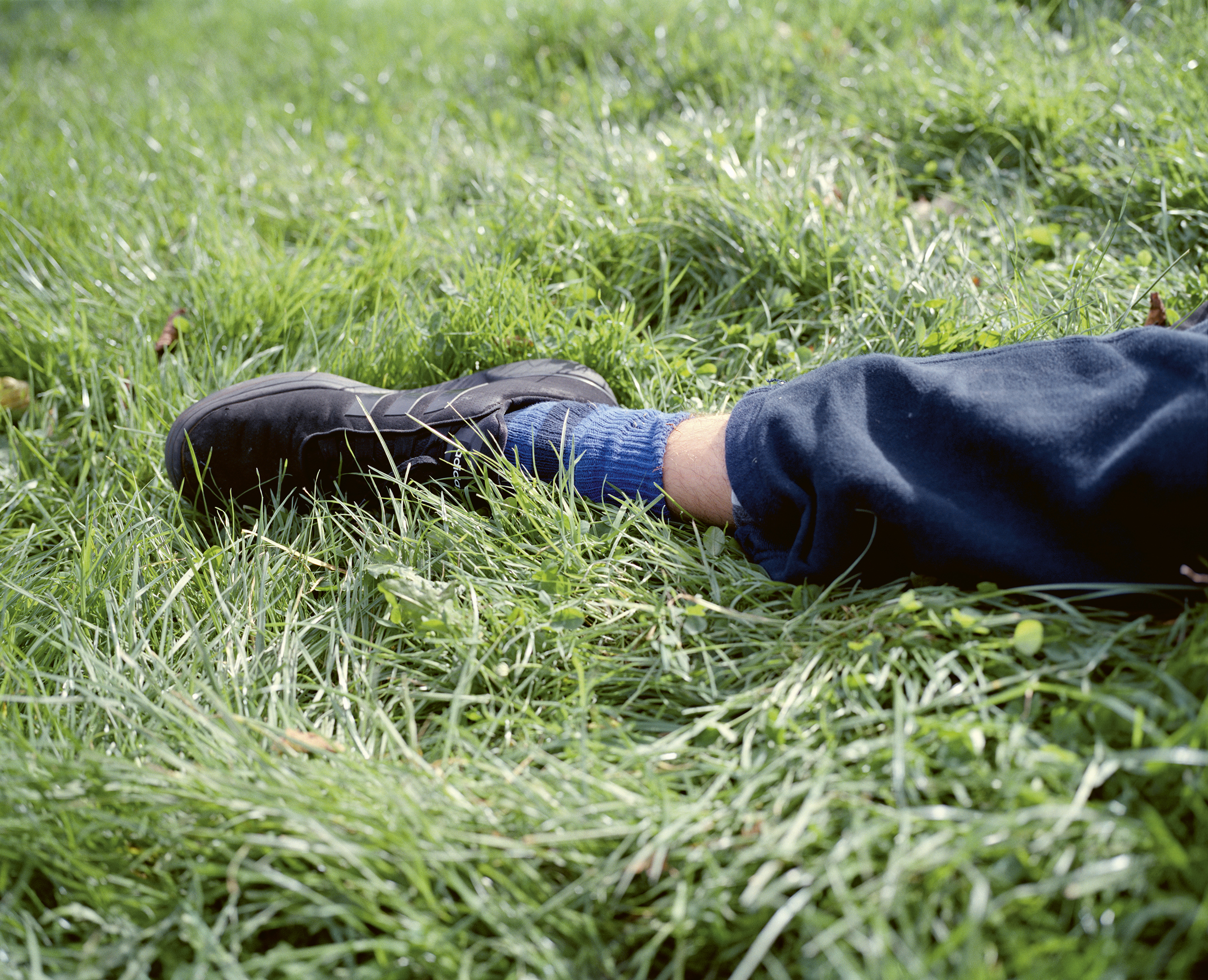

︎︎︎ Return
Commissioned through the Jerwood / Photoworks Award in 2017, the series was made in Bristol (U.K) with the intention of trying to address the homelessness crisis taking place in the city.
In order to break through the drastic separation between passers-by and those that didn't have a home at the time, I decided to photograph within the city parks, where urban pace breaks down and allows for different kinds of encounters to take place. The series, which incorporates people organically, aims to create a mythological atmosphere, of universal character, in which some portraits allude to visions, angels, guardians or Eden gardens; all lying in contraposition to the gravity of the body and its inevitable perishability.
In the process of making the series, I shared experiences and moments of certain intensity that didn't translate into images in that given moment. I started to experiment by creating images inspired by those memories. The result is the coexistence of two types of portraits in the series which somehow represent two dimensions: one that belongs to the most mundane reality, in which one suffers, thinks, looks and dreams; and another related to the object of those thoughts or dreams, the imagination, mythology and its creatures, the dimension that alleviates, soothes and scares (masks, visions). Both languages come together and mix until they cease to be distinguished.
.
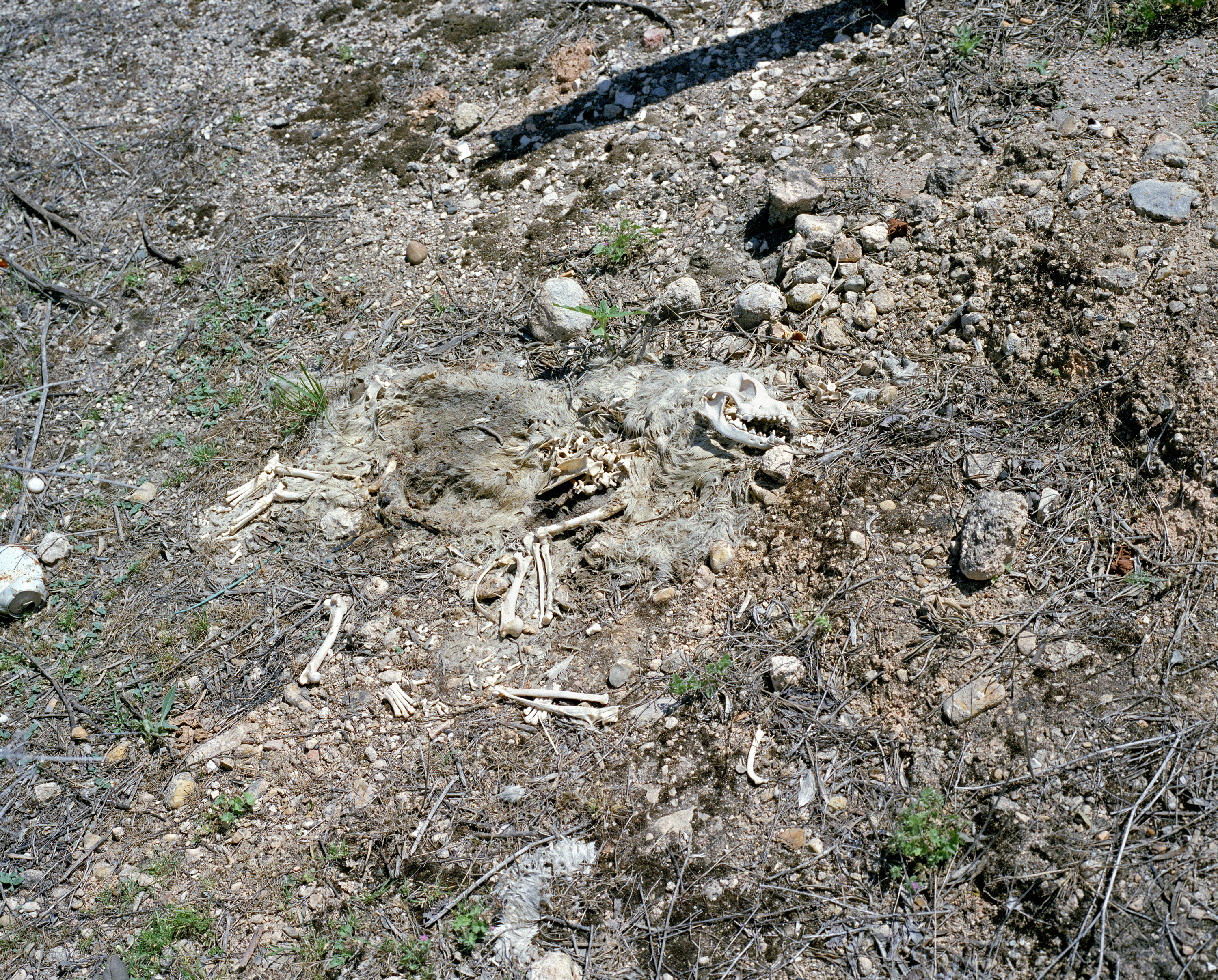
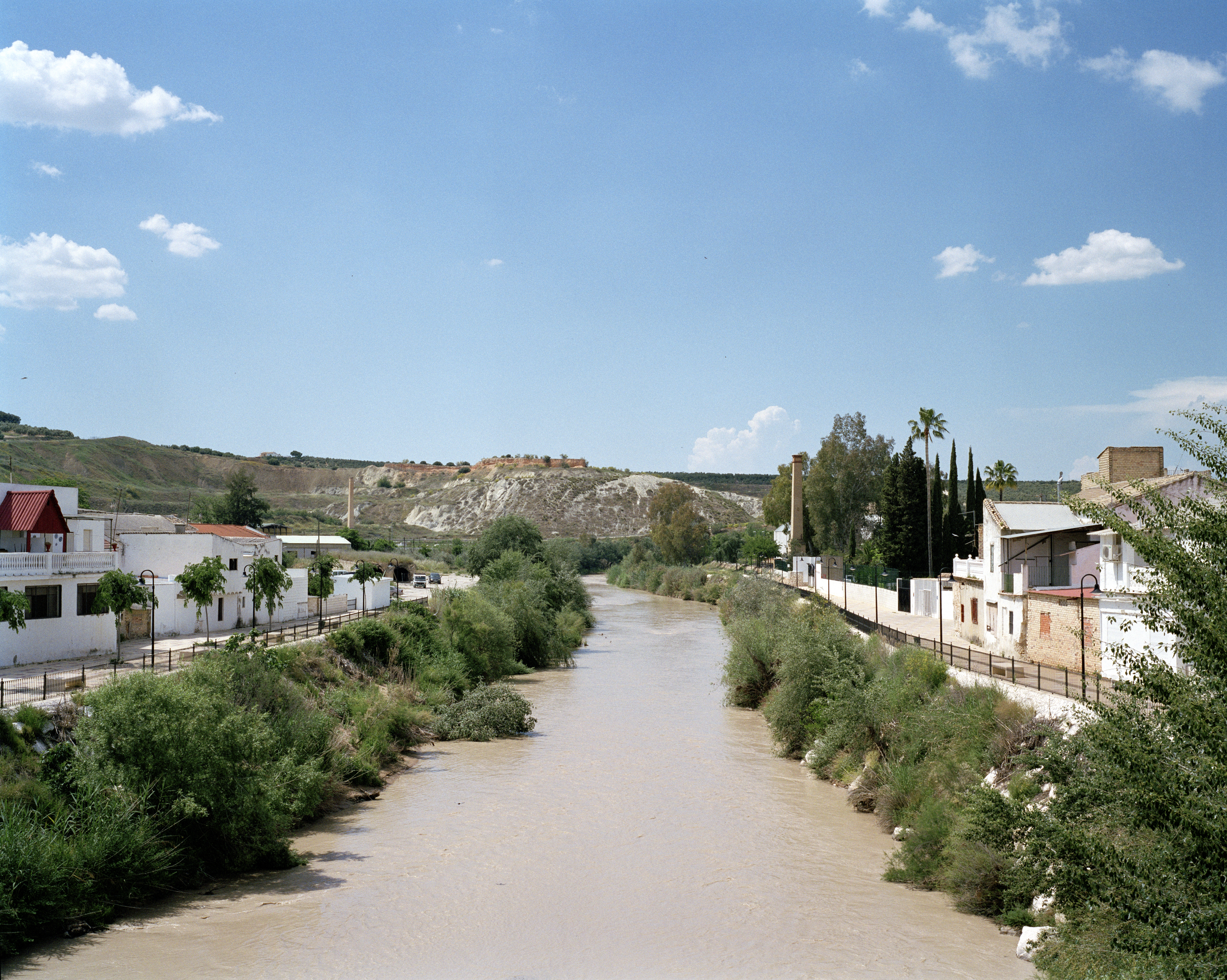
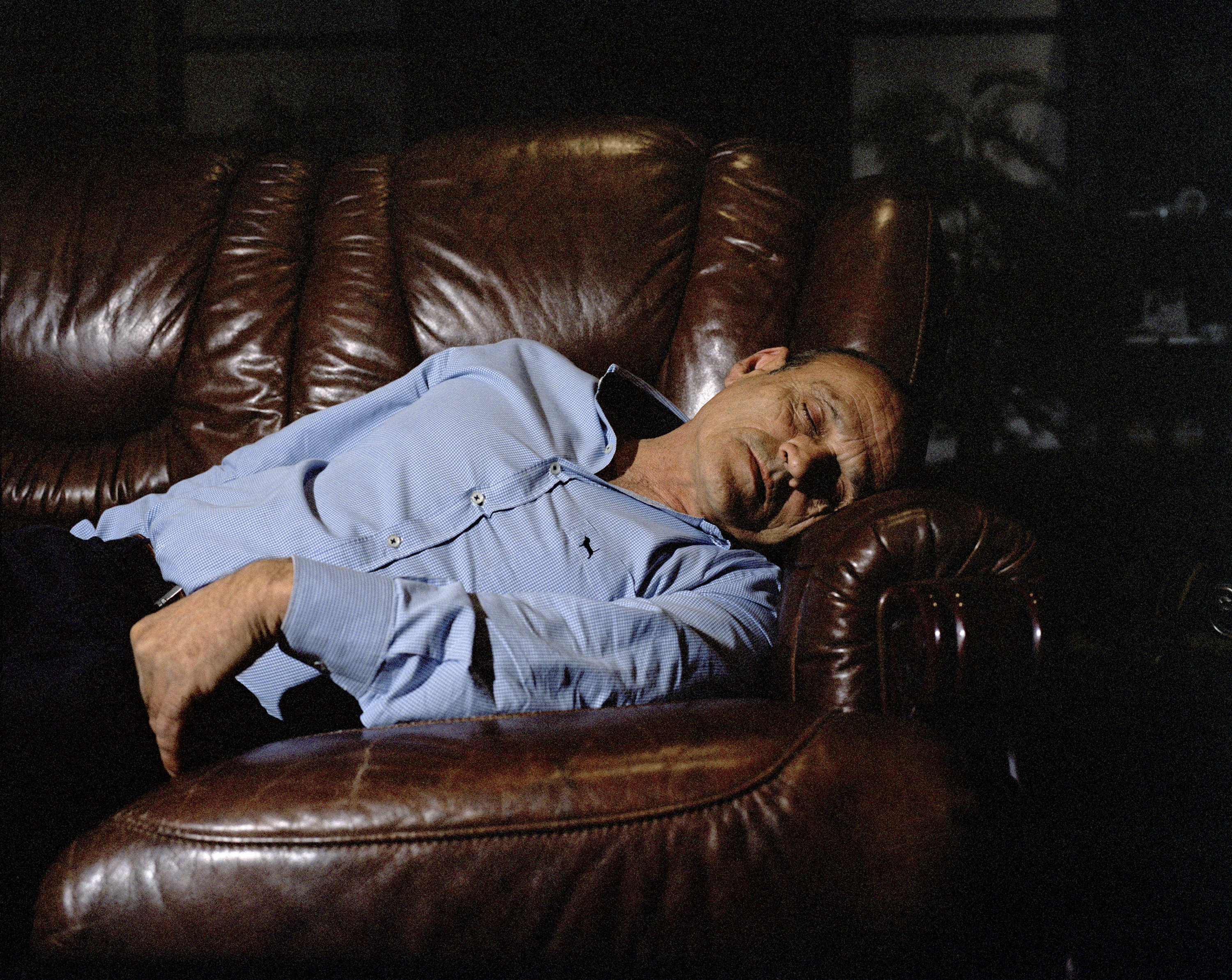


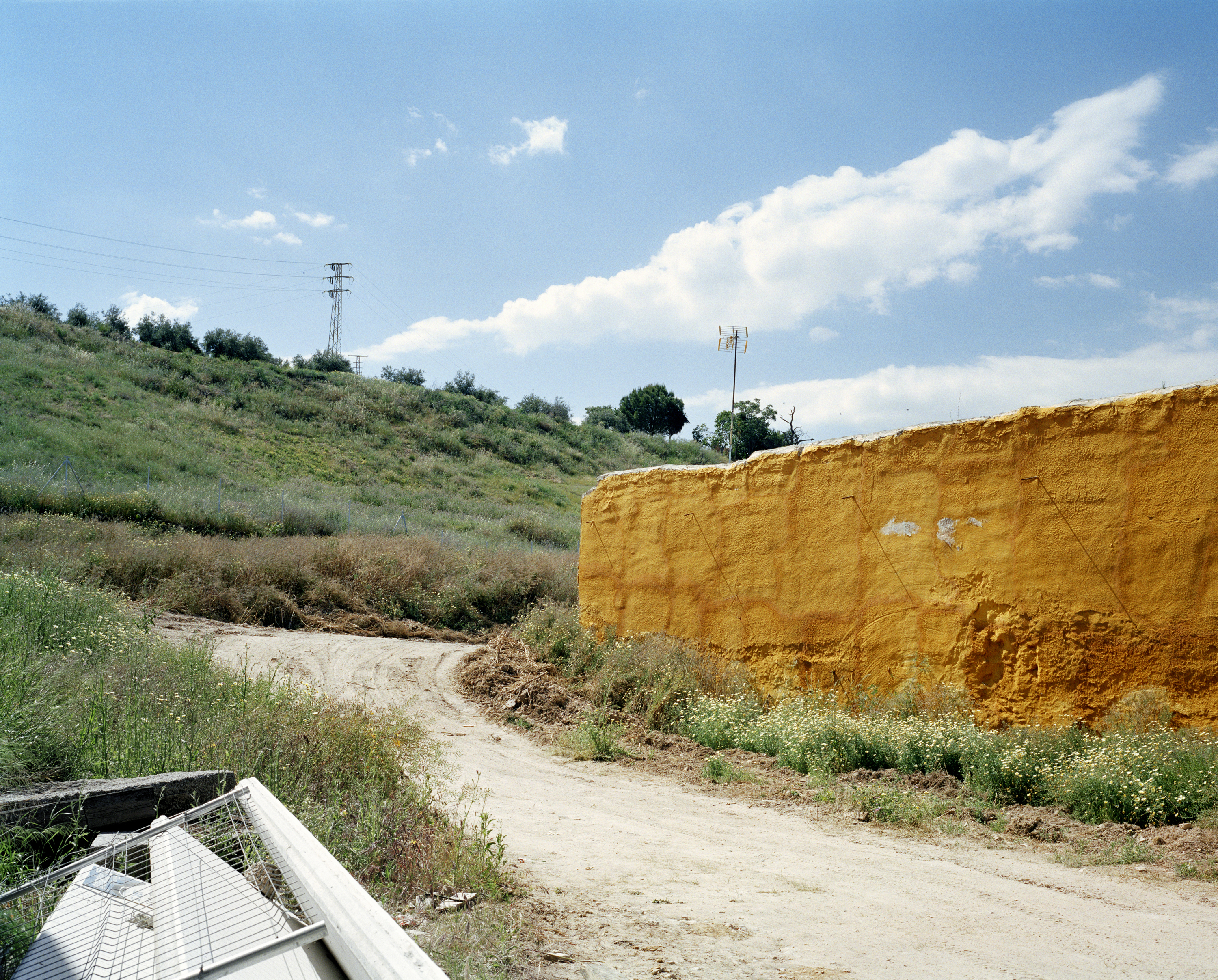
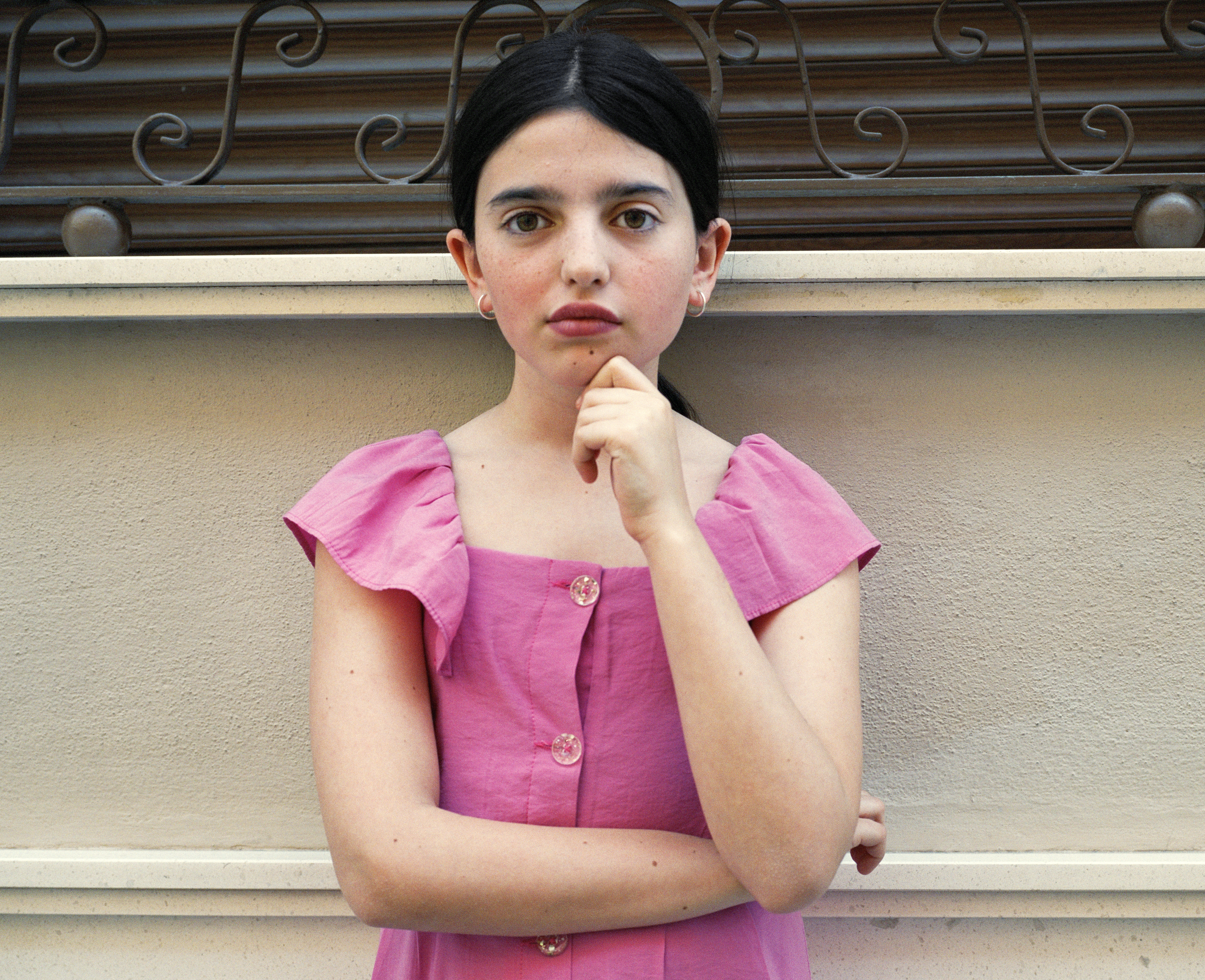

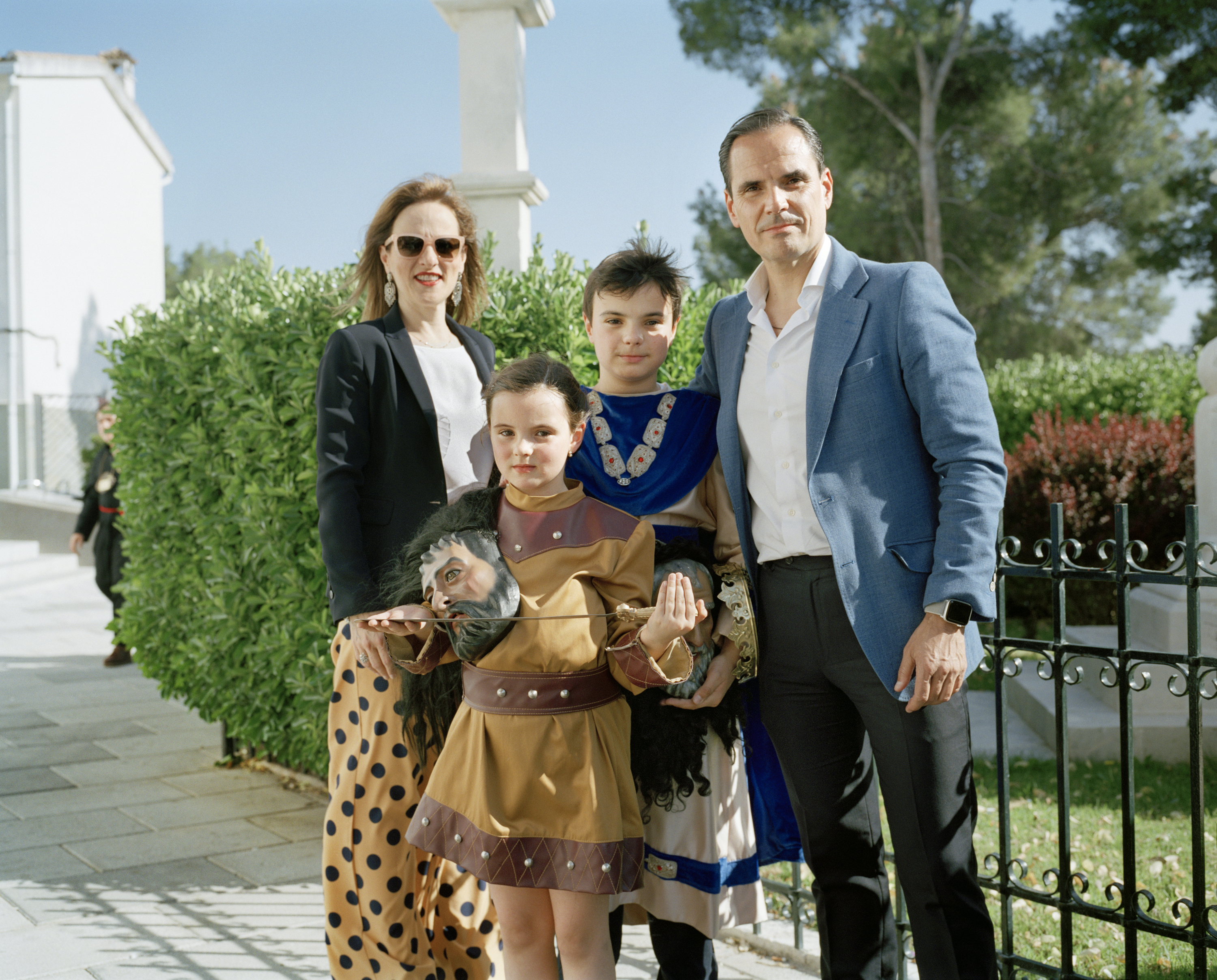
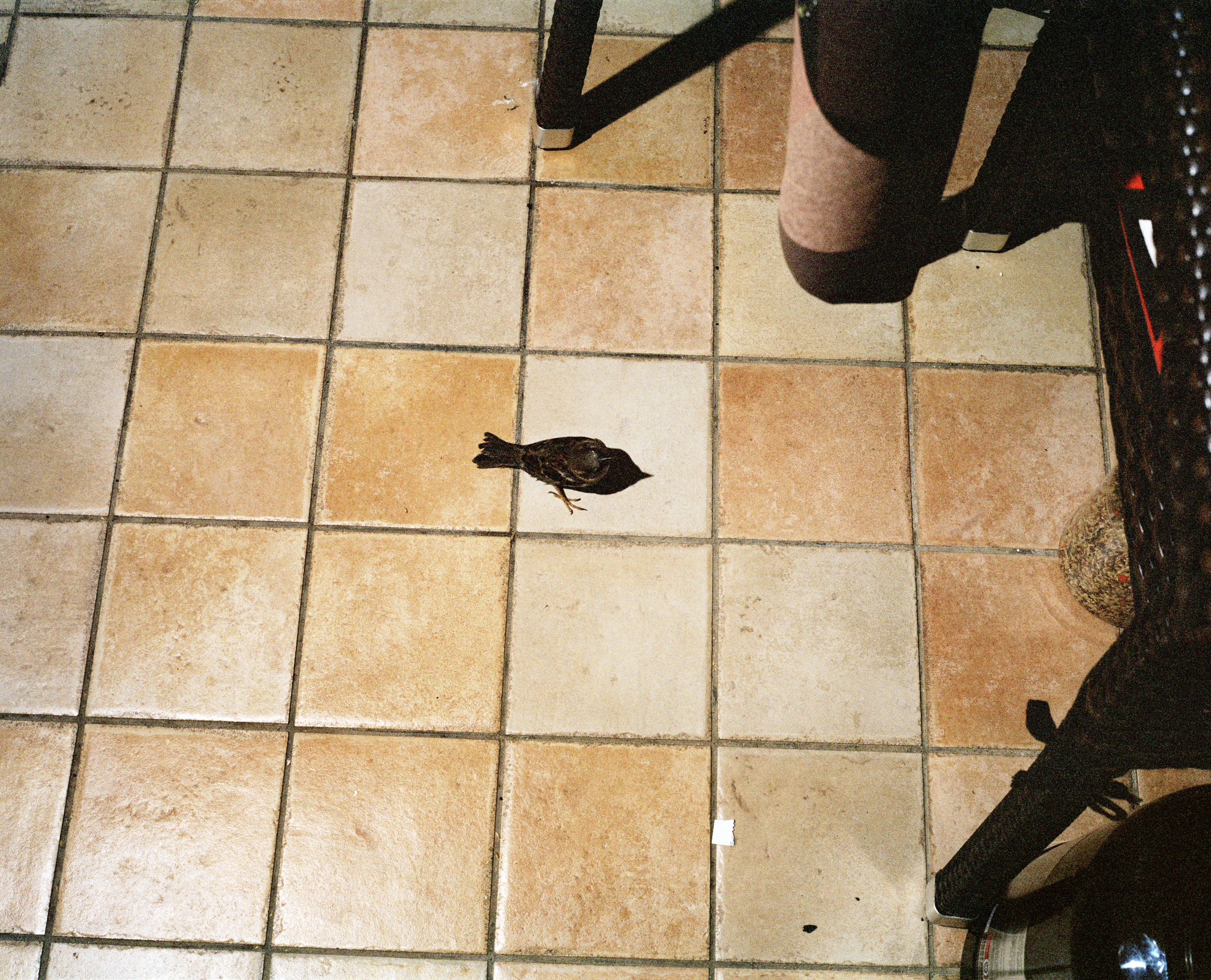
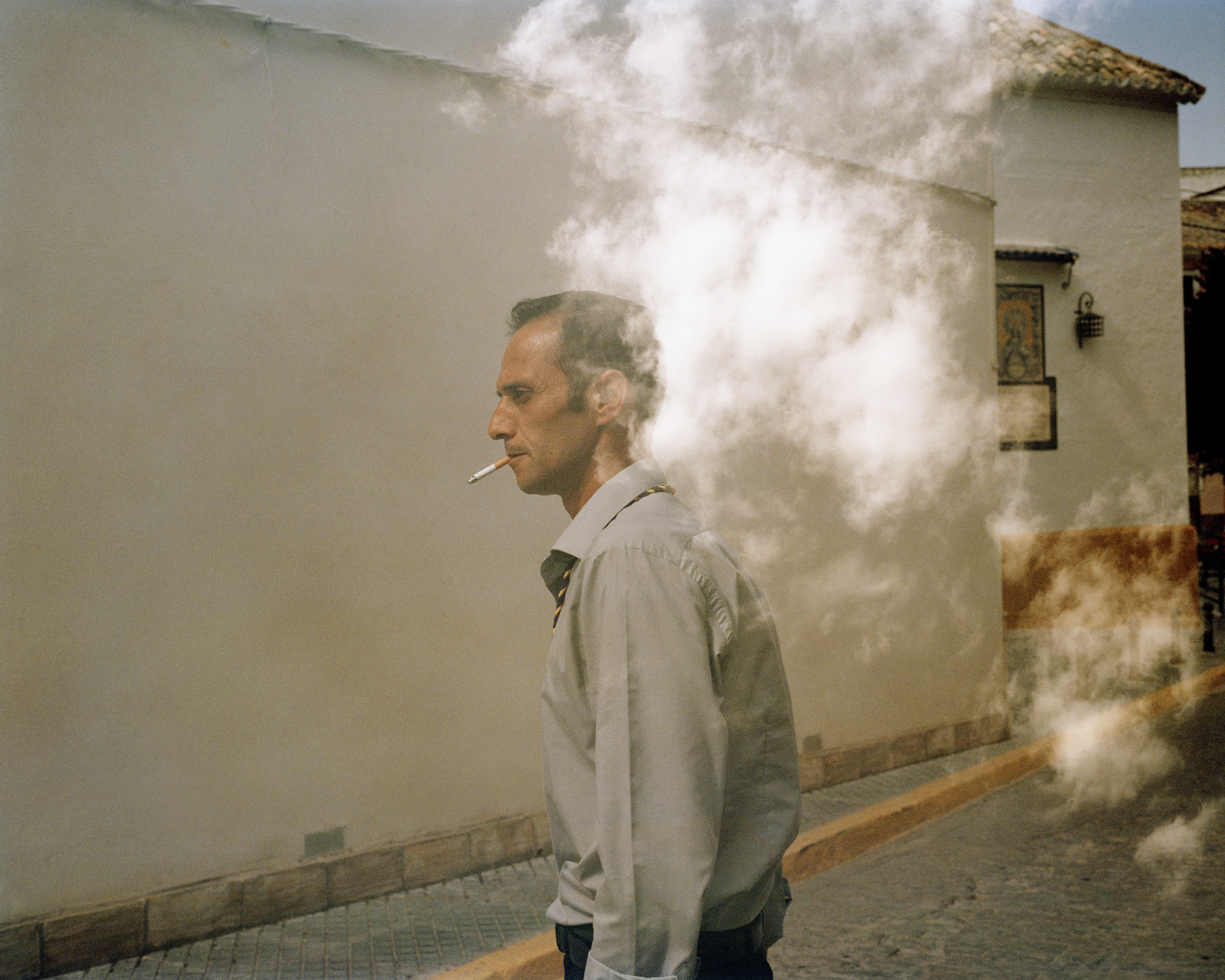
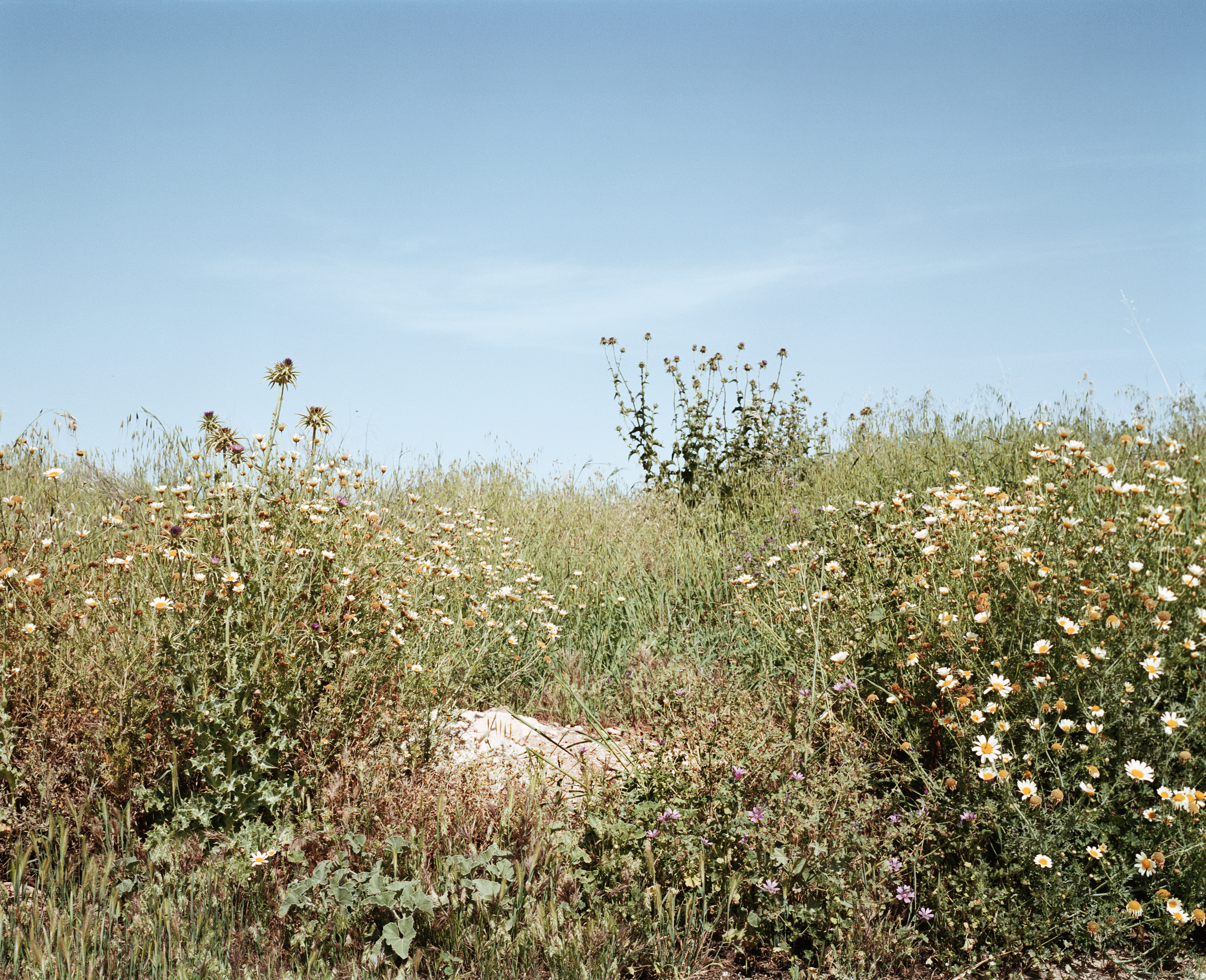
Las Visiones is a short piece commissioned by Magnum Photos about Semana Santa (Holy Week) in Puente Genil, Spain, made during the four days when the procession is led by the town's children.
Since my previous work, Subida al cielo, I developed an interest in making and photographing masks and costumes in relation to ideas of spirituality and transcendence. Two images in the Magnum archive first triggered my interest, one by Cristina Garcia Rodero in 1990, another by Josef Koudelka in 1975. In both appear children carrying the Virgin Mary and wearing eerie masks in a religious or folkloric celebration in the town of Puente Genil. I decided to trace back the event in 2019.
Puente Genil is an industrial town located in the south of the Cordobese countryside, and lies in the geographical center of Andalucia. Every Easter hundreds of biblical figures appear in the streets, representing characters of the Old and New Testaments -in costume and masks (rostrillos) are the apostles, evangelists, prophets, sibyls, Jews and Roman soldiers. The week after the official Semana Santa, there follows Semana Santa chiquita, for the children of Puente Genil so that they might continue this tradition with the same passion as their forebears. The celebration has been taking place since the mid-17th Century, however, the Catholic Church has always viewed with some regret these manifestations of popular religiosity, which grew beyond its control, perhaps existing in looser and more celebratory realms than the authorities might have wished.
The series belongs to an ongoing photographic study of my homeland and the functions that religious and mythological manifestations have in our identity.
“Do ye complain” says he, “of sudden death?” that have carried death about ye, ever since you were born; that have been entertained with daily spectacles of carcasses and funerals; that have heard so many sermons upon the subject; and read so many good books upon the frailty of life and the certainty of death. Do ye not know that every moment ye live brings ye nearer to your end? Your clothes wear out, your woods and your houses decay, and yet ye look that your bodies should be immortal. What are the common accidents and diseases of life, but so many warnings to provide yourself for a remove? Ye have death at the table, in your daily food and nourishment; for your life is maintained by the death of other creatures. And you have the lively picture of it, every night for your bedfellow.
Fragment of The Sixth Vision of Hell,
from The Visions, 1927. Francisco de Quevedo
Full piece
Fragment of The Sixth Vision of Hell,
from The Visions, 1927. Francisco de Quevedo
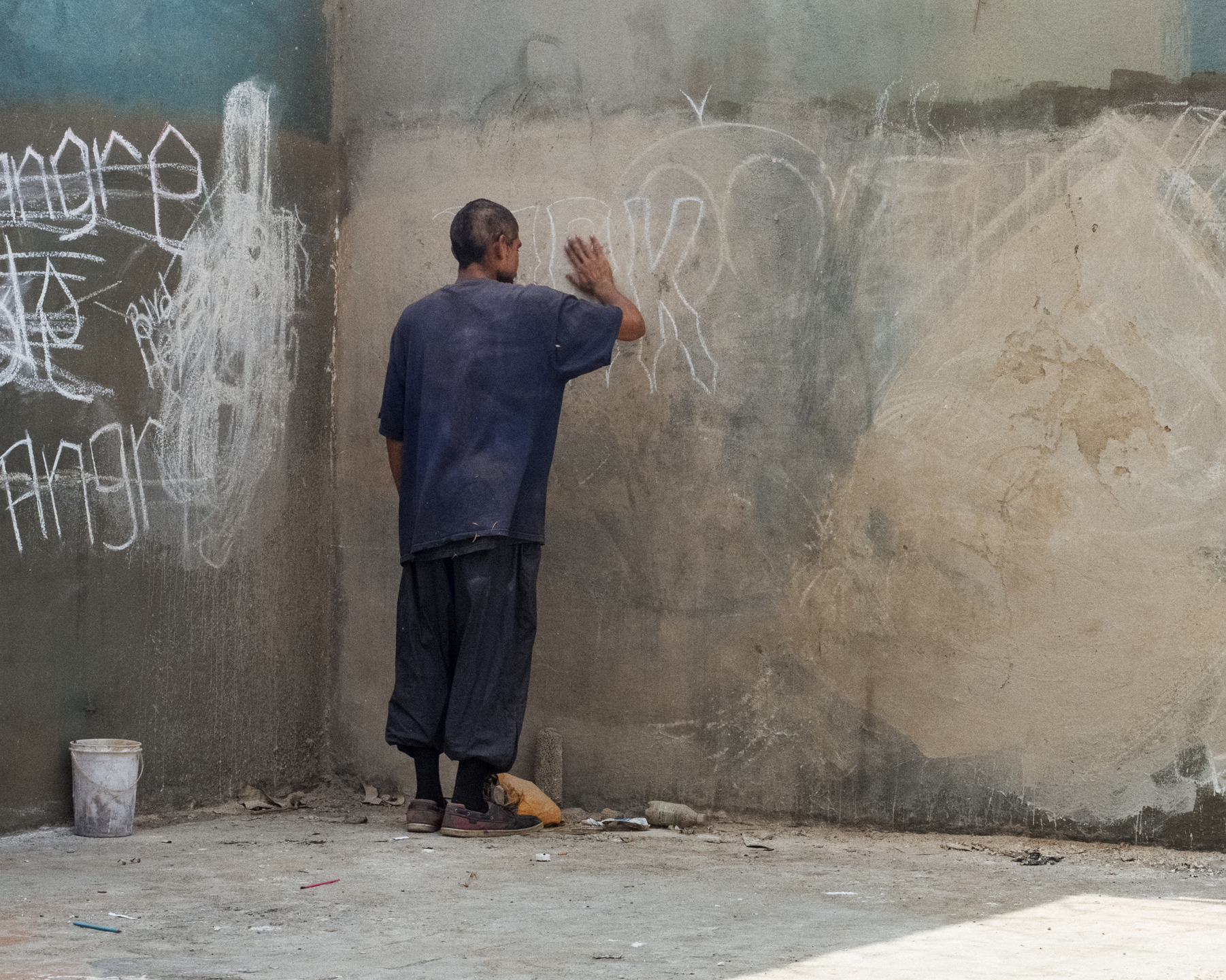
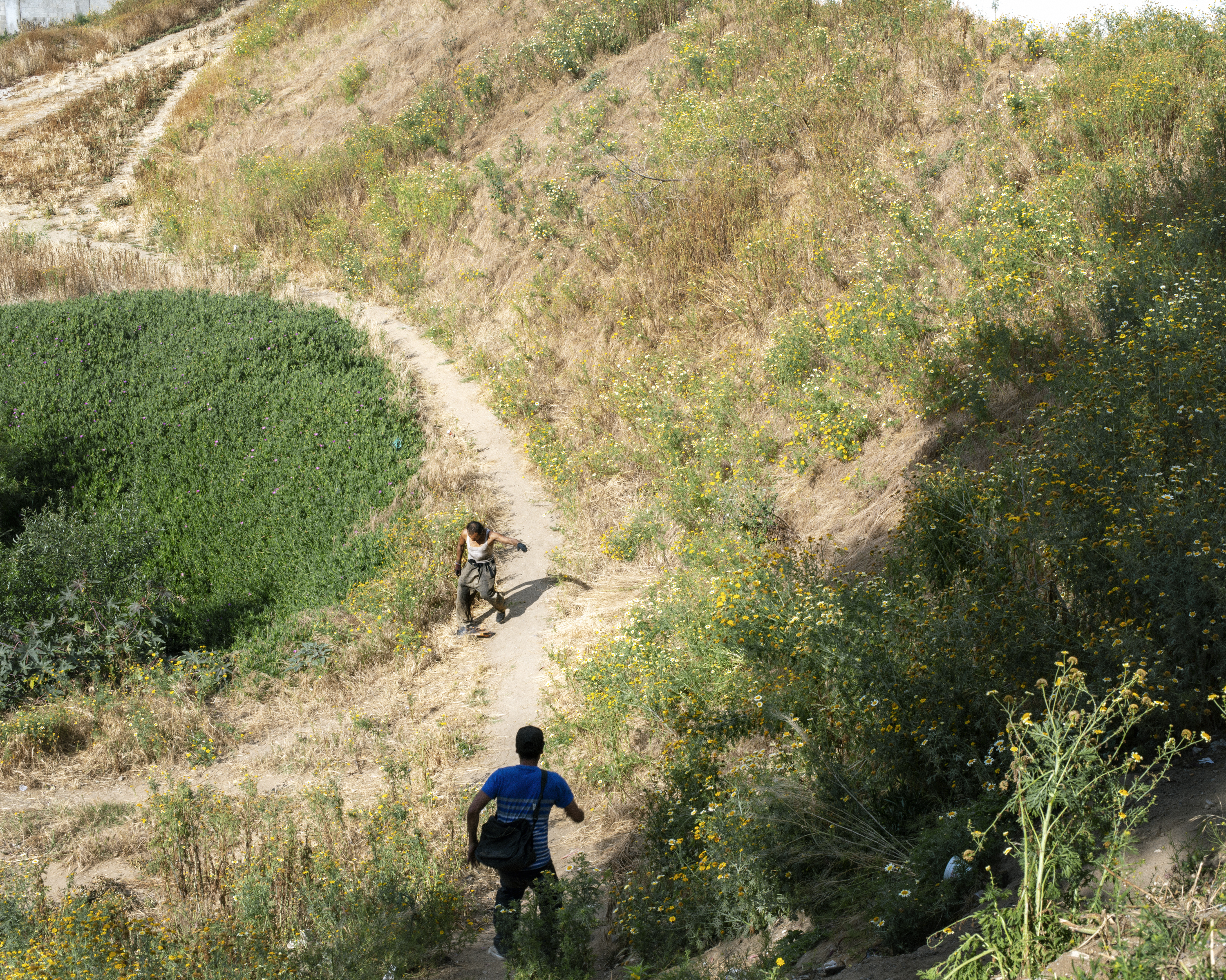
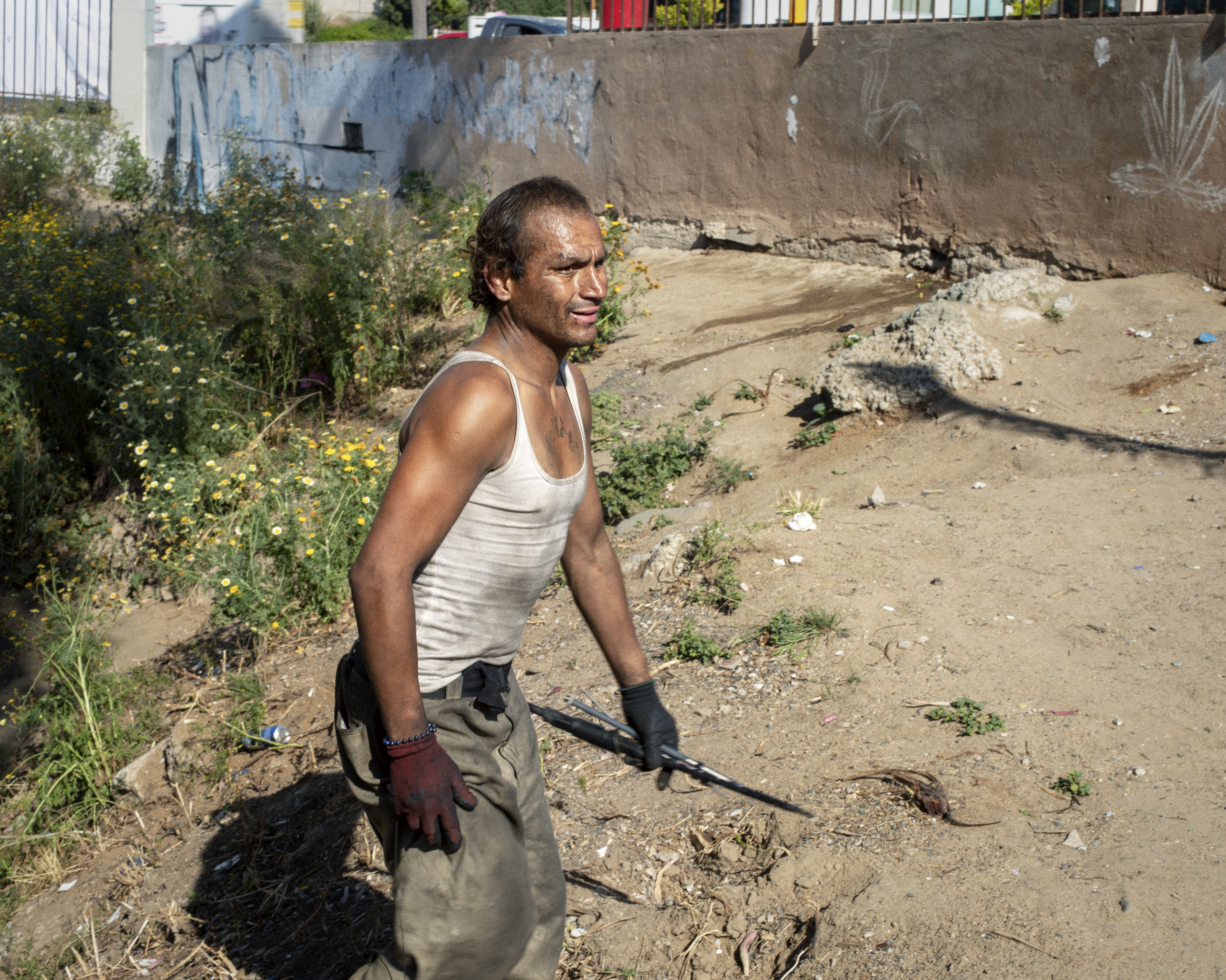
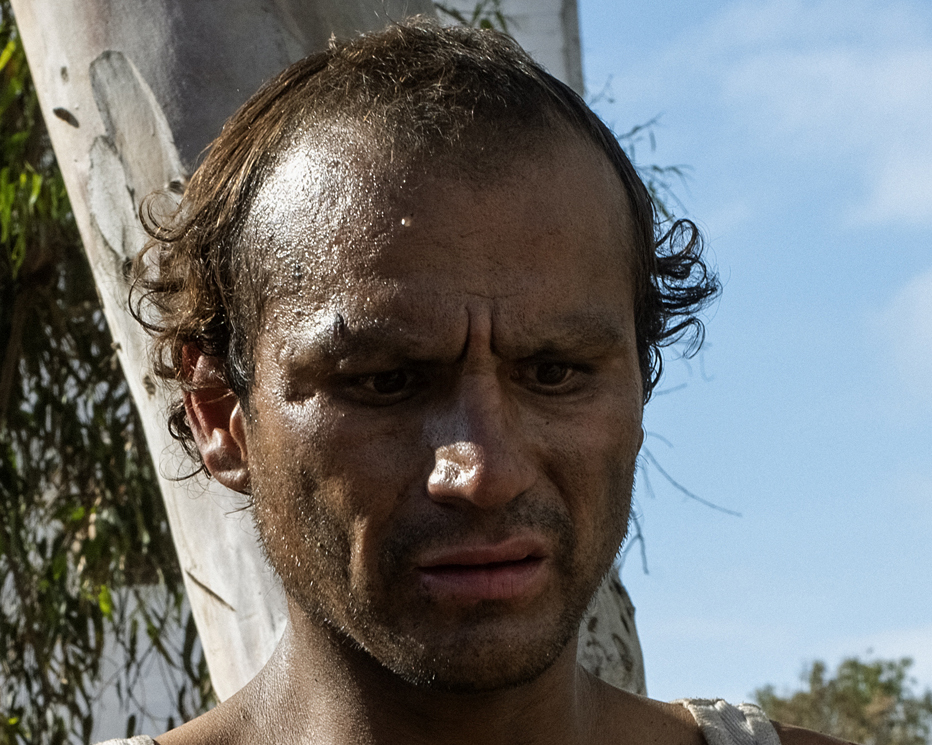
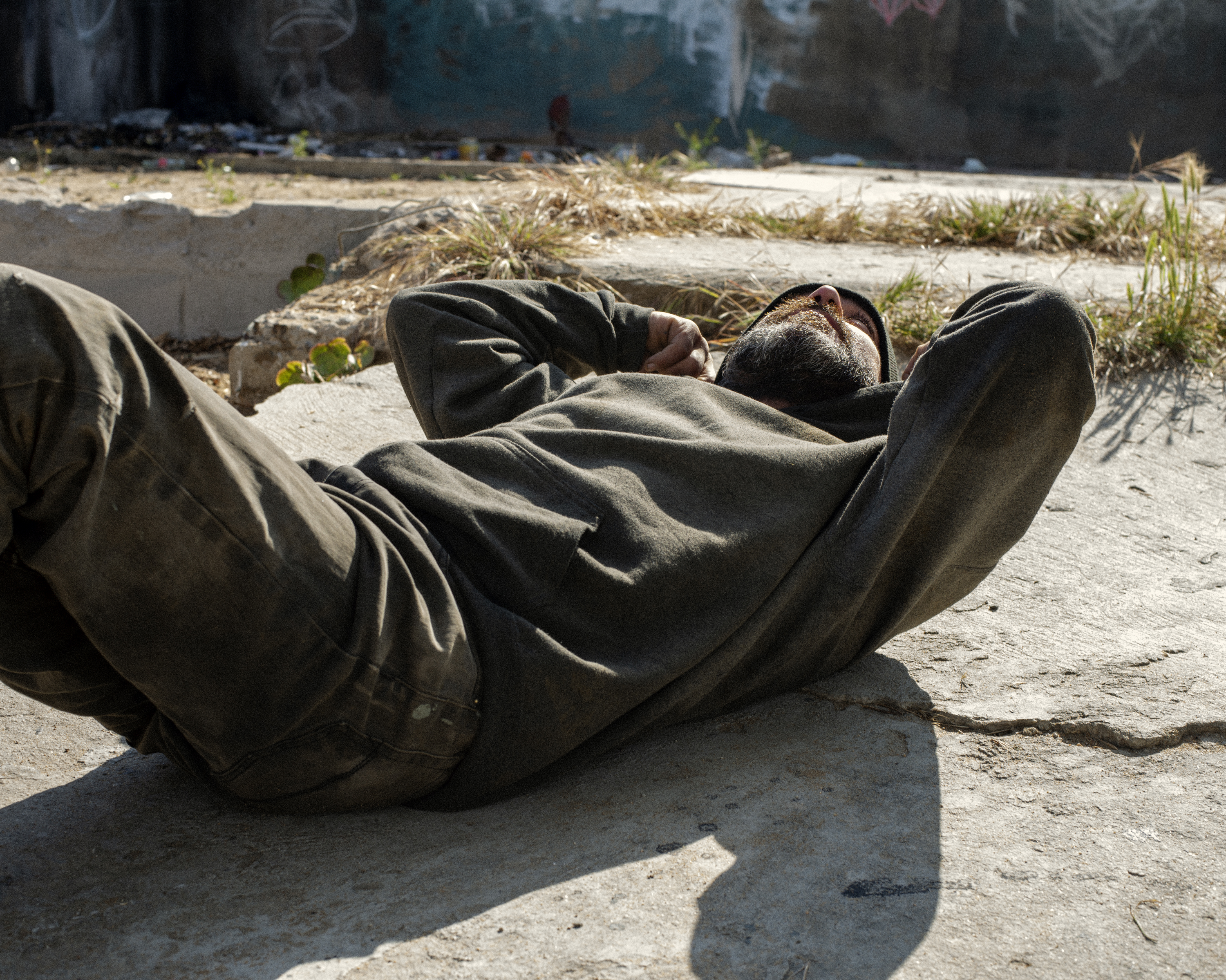





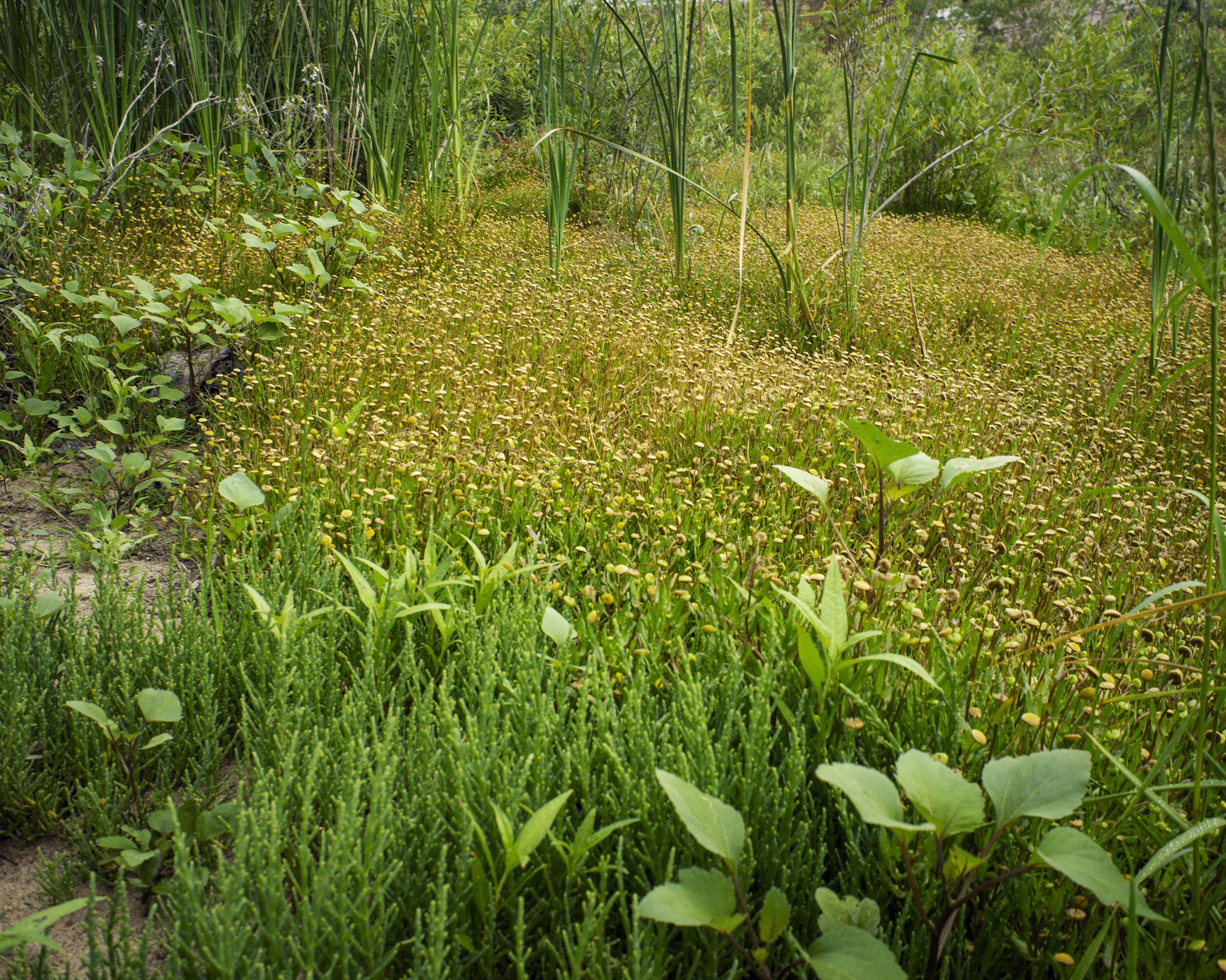

"Es algo difícil crecer sabiendo que la cosa de donde podemos agarrarnos para enraizar está muerta"
¡diles que no me maten!
Juan Rulfo
This series is the result of a short trip to Tijuana in 2019, as part of LINEA, a collective initiative to photograph the migratory crisis at the border between Mexico and the United States. I arrived in Tijuana preoccupied with finding a way to make work in a short period of time in a place unknown to me. Close to our accommodation was a 24h shop where I met Jose and Piraña, both living a few meters away in a semi-abandoned natural park, in Playas de Tijuana (Mexico), popularly known as the jungle.
The jungle is compressed against the border-wall with the US, known as being a spot to cross to the other side because of its dense vegetation. There was a group of men, known amongst themselves as the soldiers, living in the park, and who both survive and suffer from the intrinsic violence of the borderland and its hidden economy. Day by day we became closer to each other and I became interested in the relationship they had with the jungla ́ s land: the enigmatic, mythological quality that arose through their language, perhaps as a way of survival. Deportation, border-crossings, trafficking, addiction and murder became the daily background noise for well formed stories with more dignifed purposes.
My eternal gratitude to La Piraña, El Peligro, Junior, Adrián, la Chica de humo, Hector, El Azteca, El Grande, Jose Rintintin, Antonio, el Fu y Enrique.





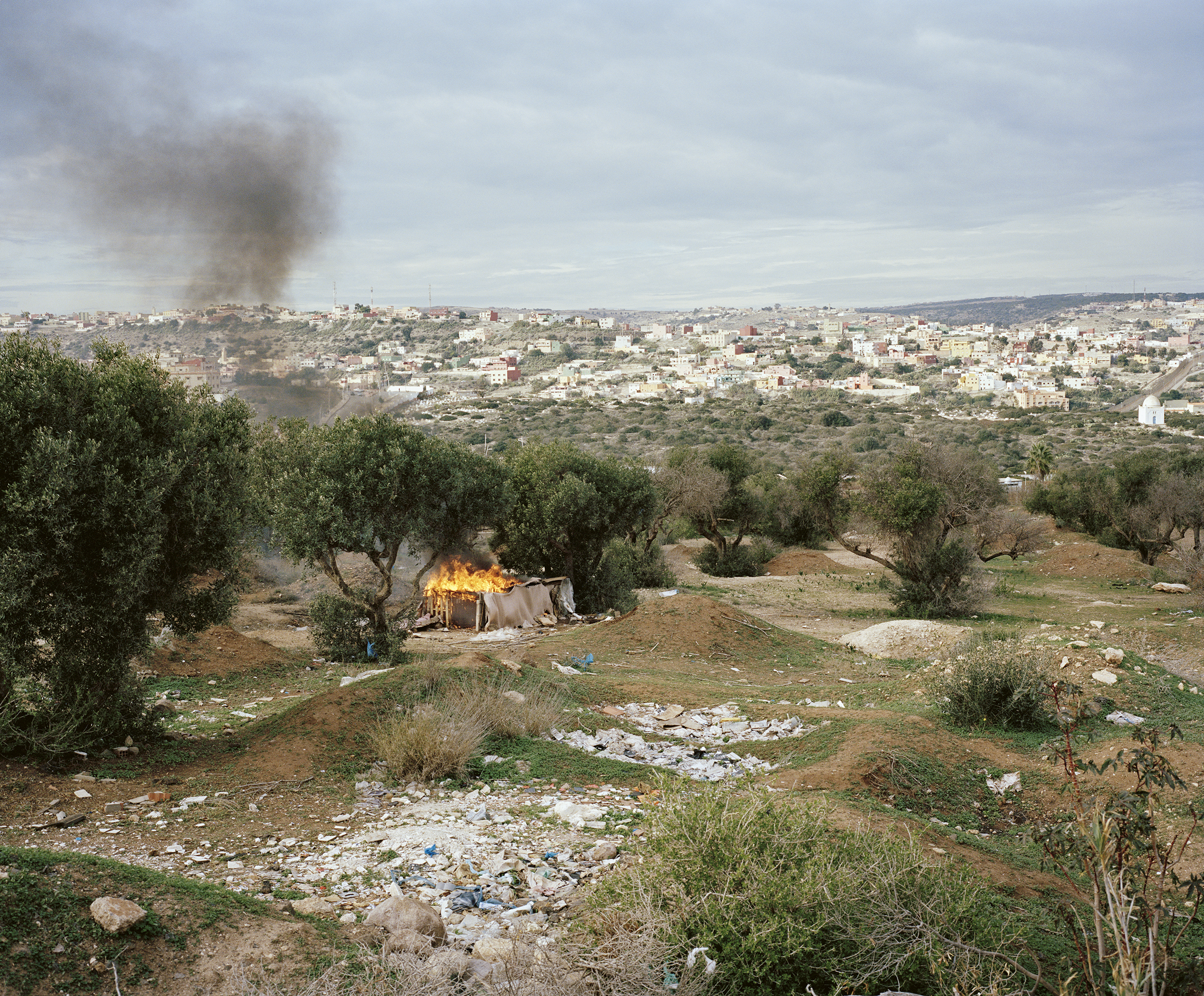




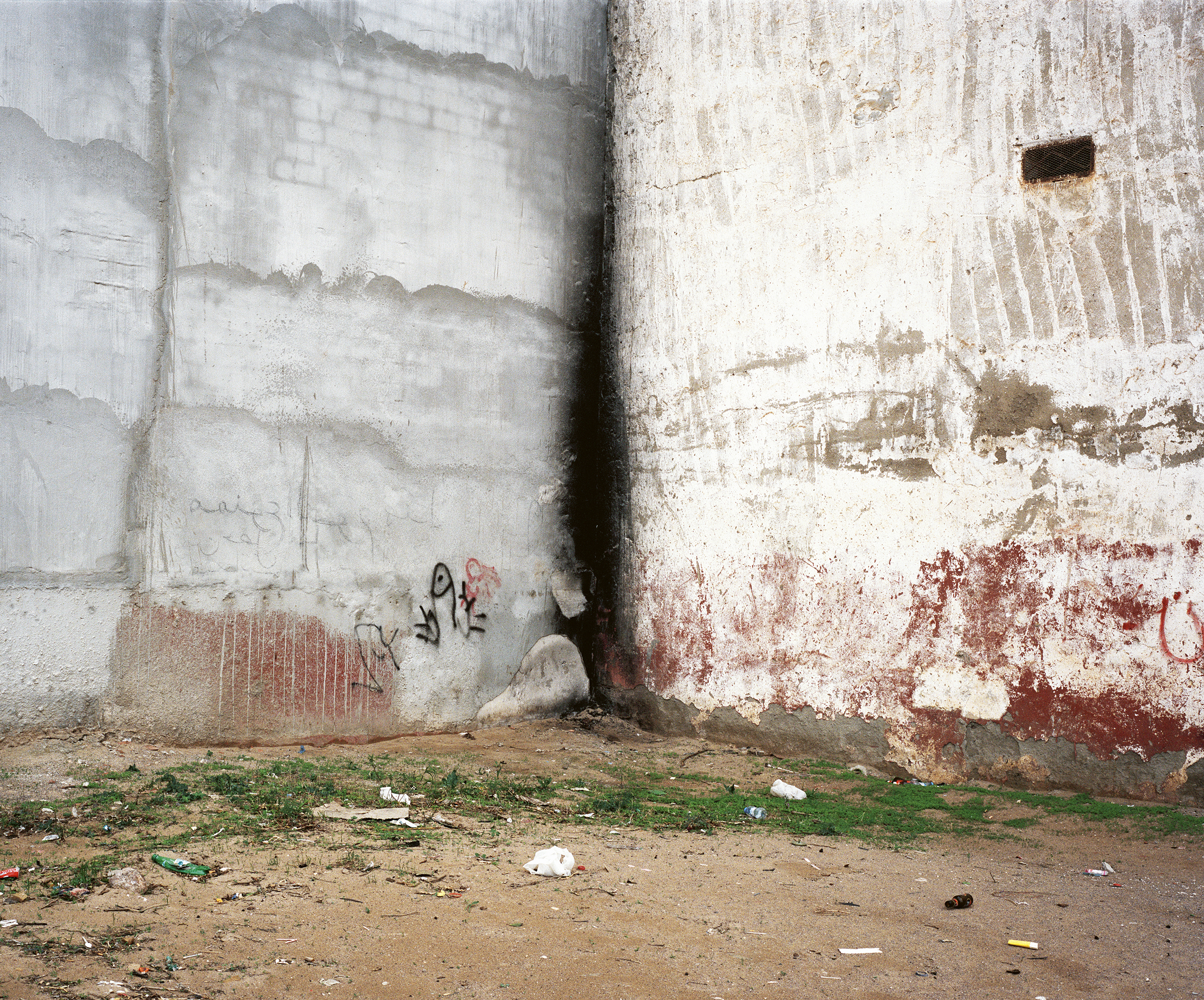

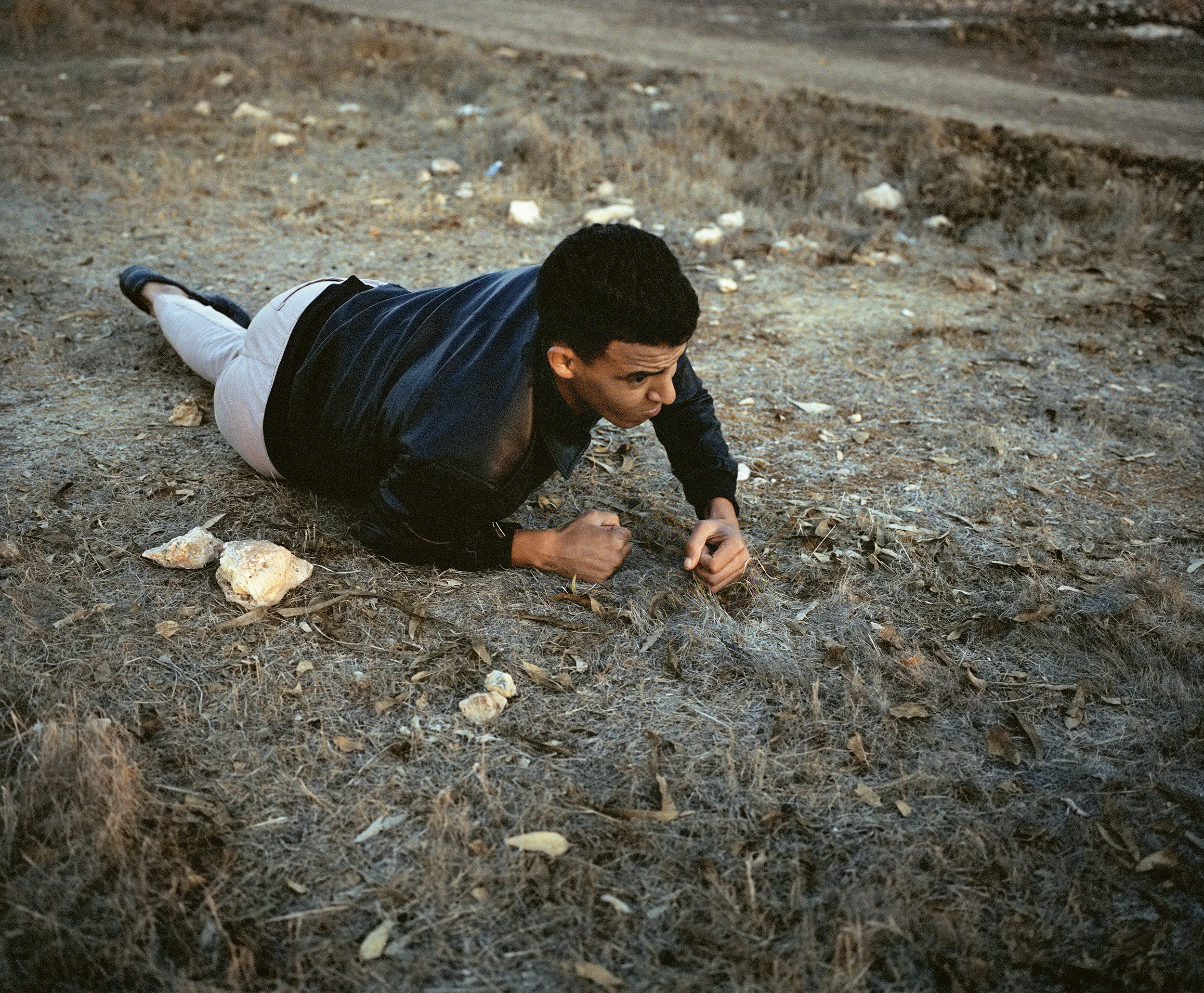



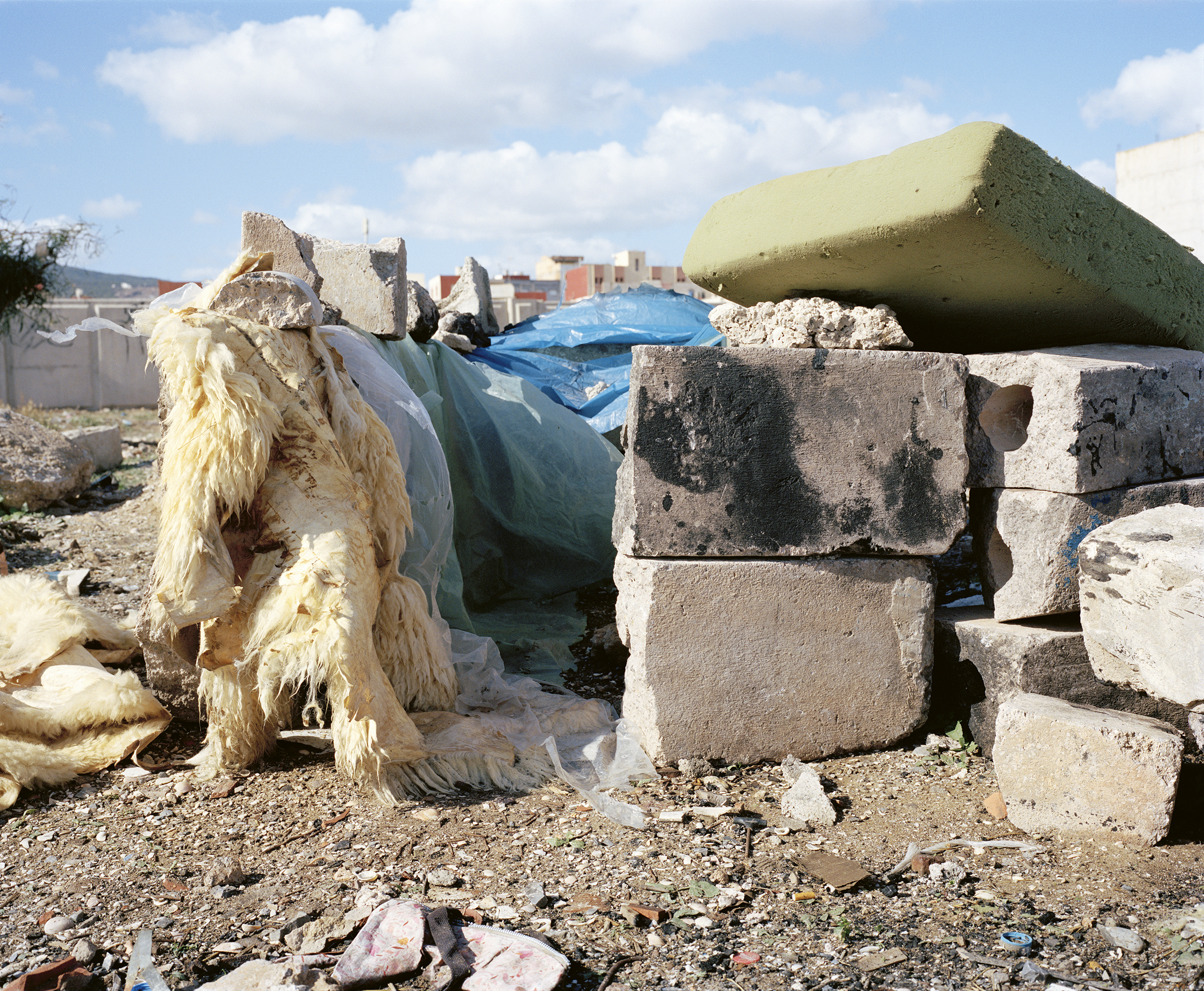

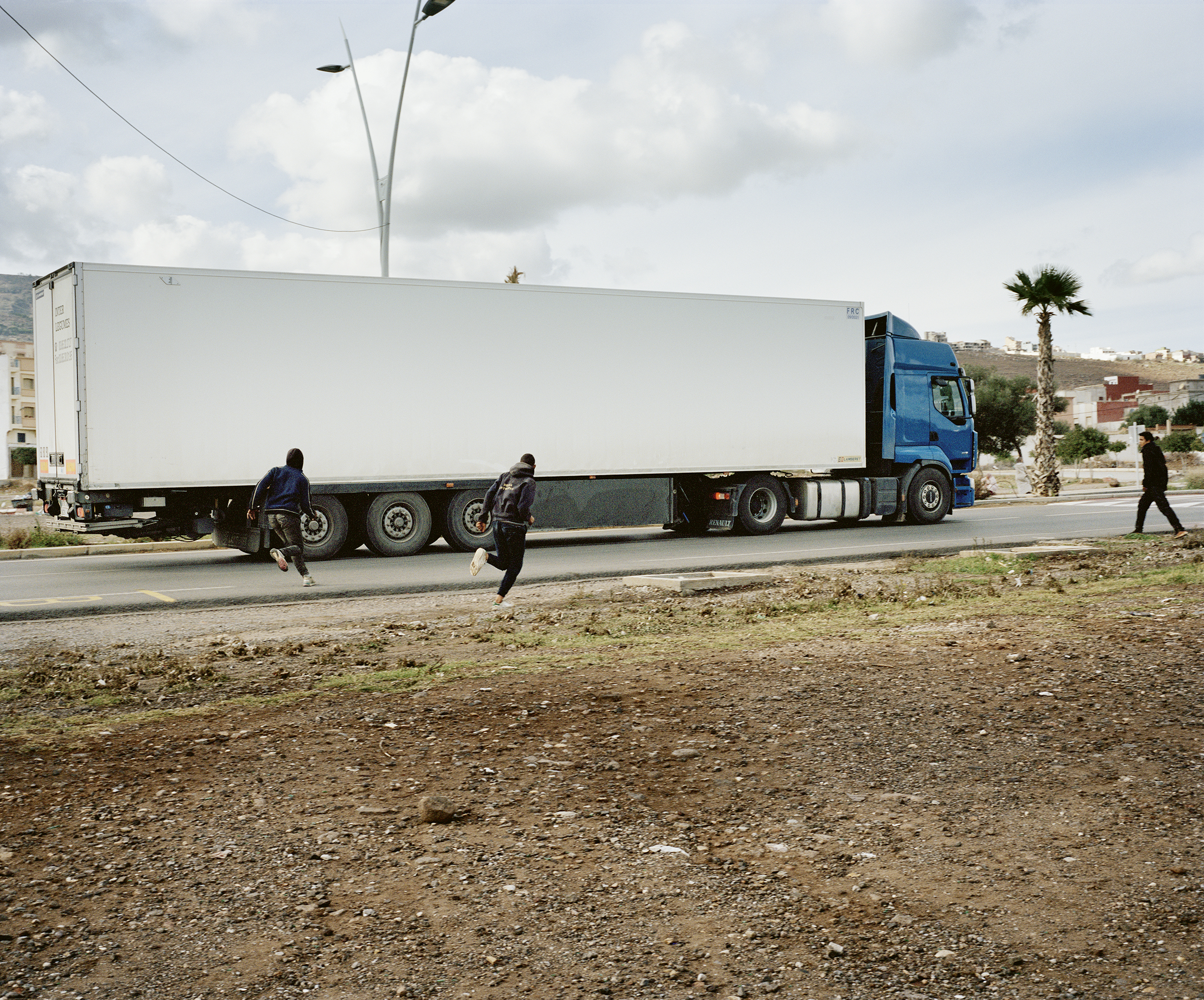


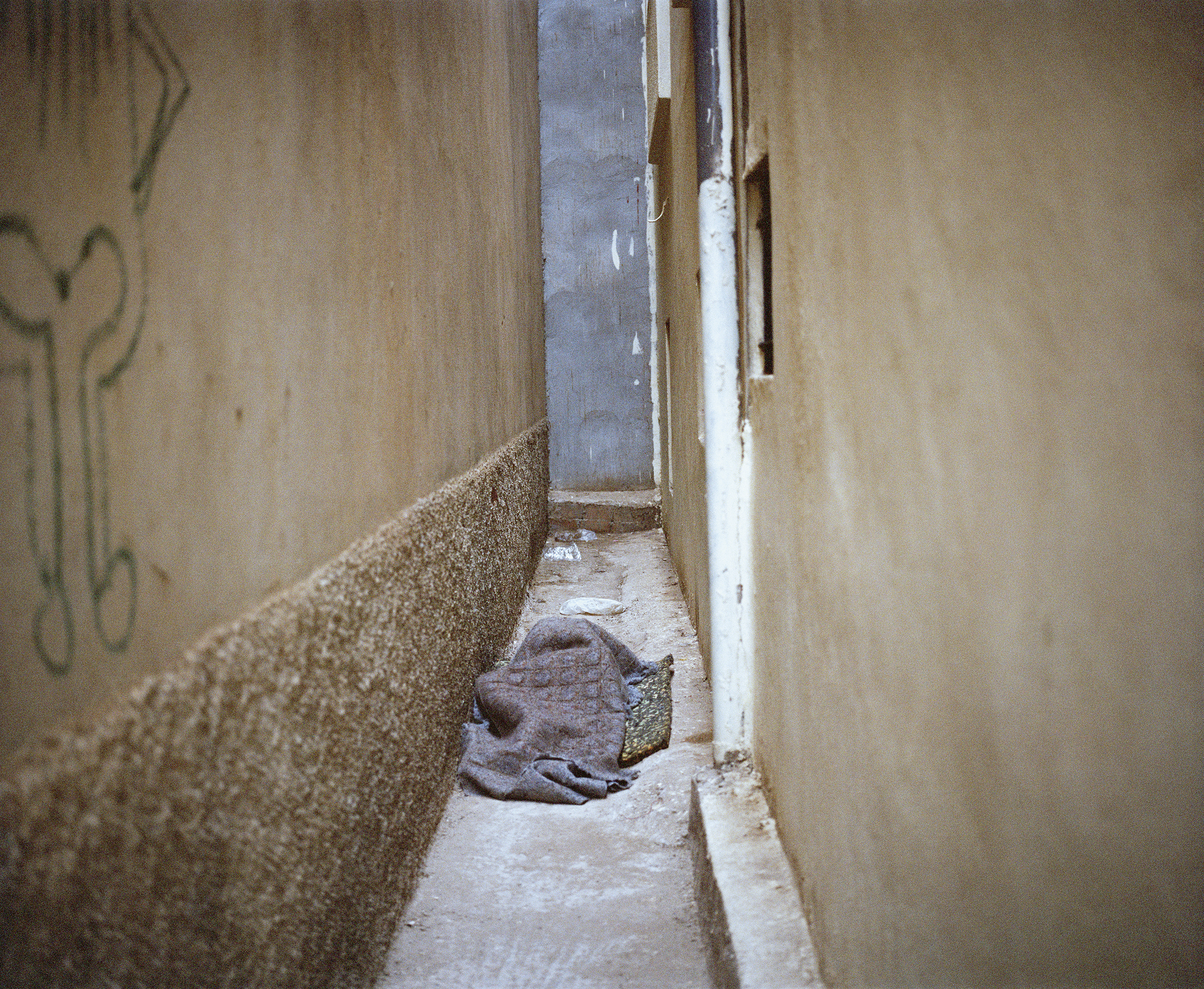
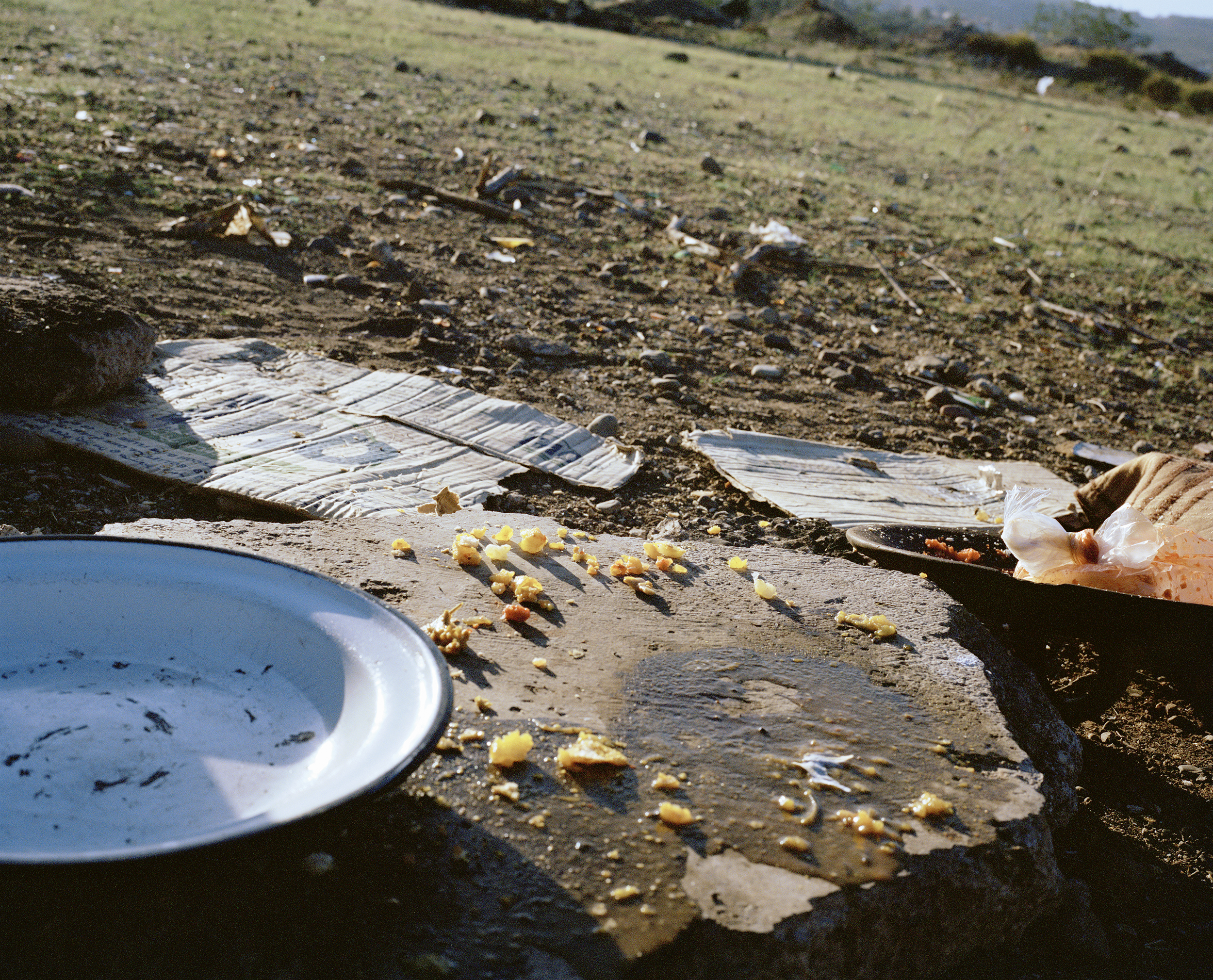






In November 2021, I was invited to travel to Wilson, a small town in North Carolina, to give a workshop as part of Eyes on Main Street Festival. Thanks to the festival support I was able to produce a short story after the workshop finished.
The photographs are taken over the period of a week by trailing the steps of local reporter Drew Wilson, from the Wilson Times. The work explores the chance encounters that emerge within the grey areas surrounding newsworthy events. The final set of images are presented alongside the four articles written by Drew Wilson published in the local newspaper whilst the series was being produced.
For reading the full piece

